

Hair & Body Fragrance Mist - Ibiza
$28


Hair & Body Fragrance Mist - Santorini
$28
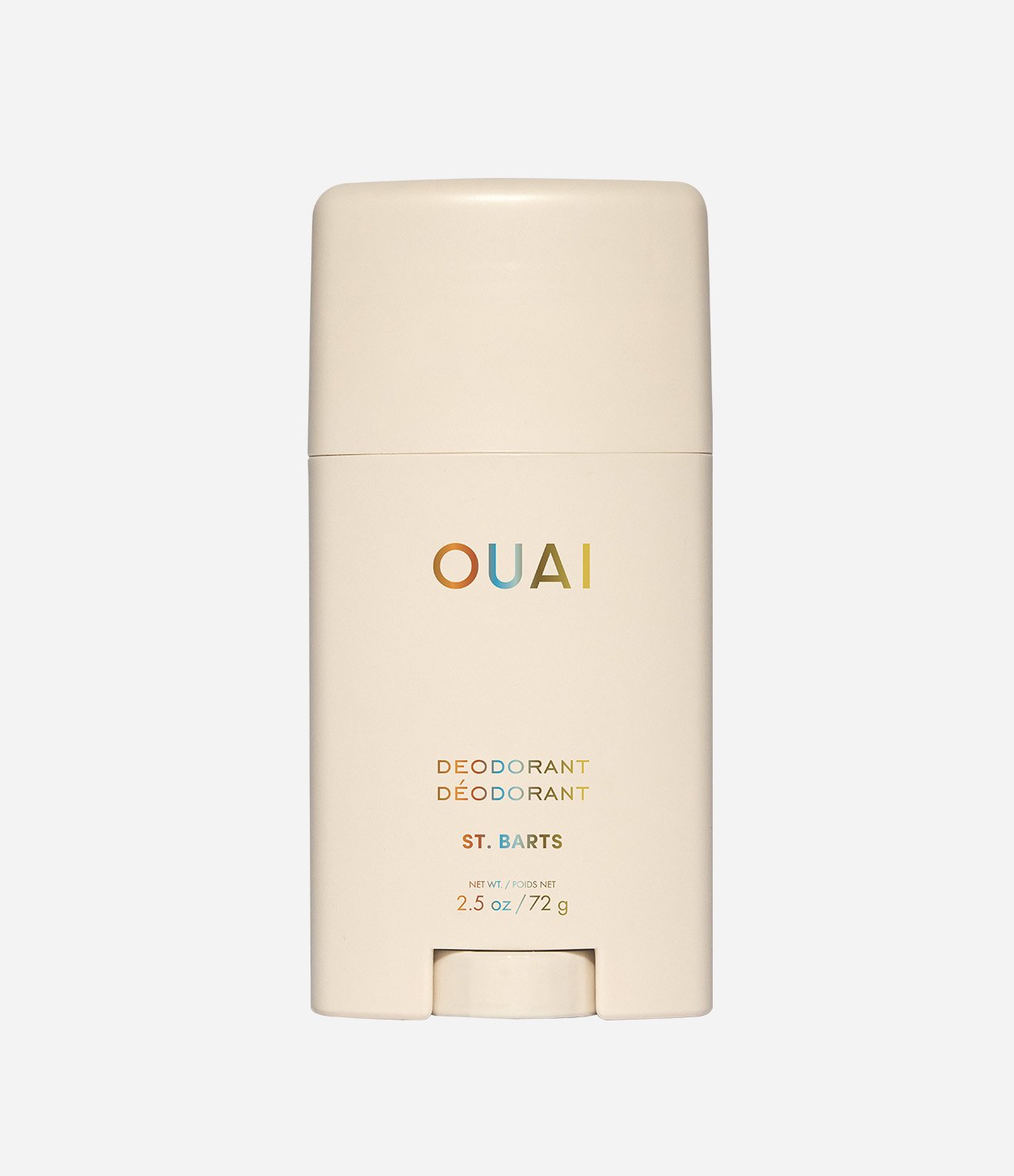
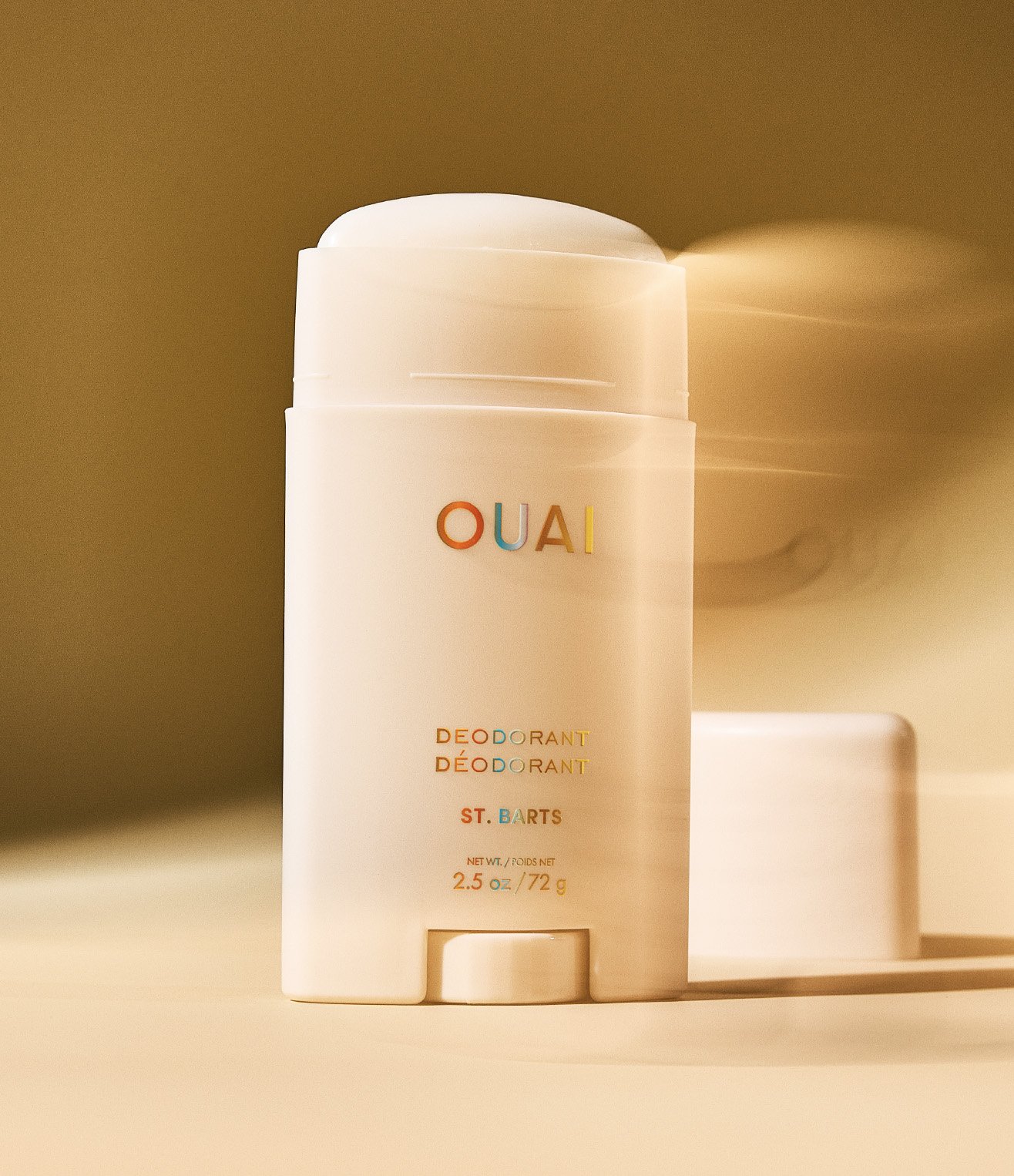
Deodorant - St. Barts Scent
$22

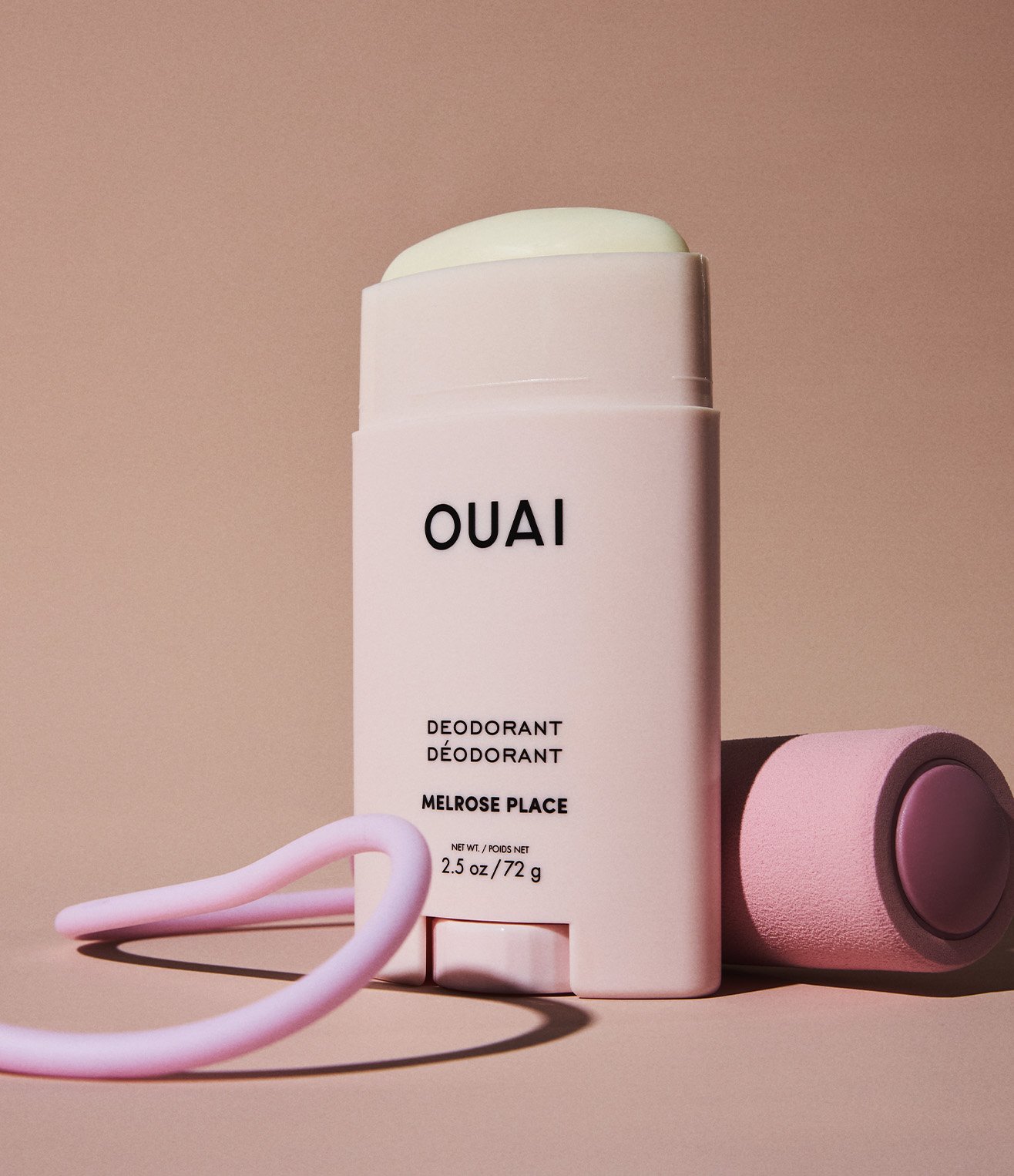
Deodorant - Melrose Place
$22
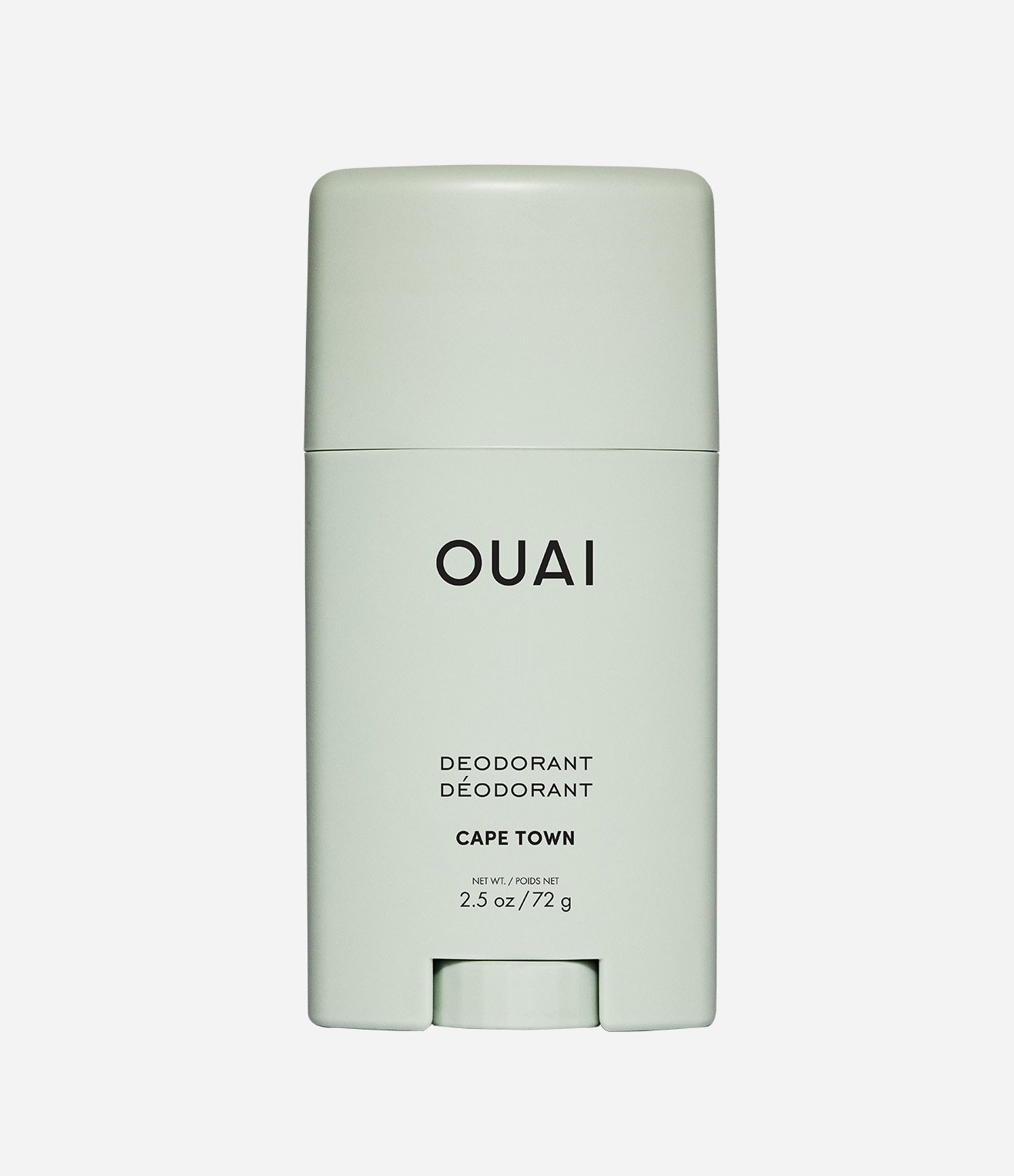
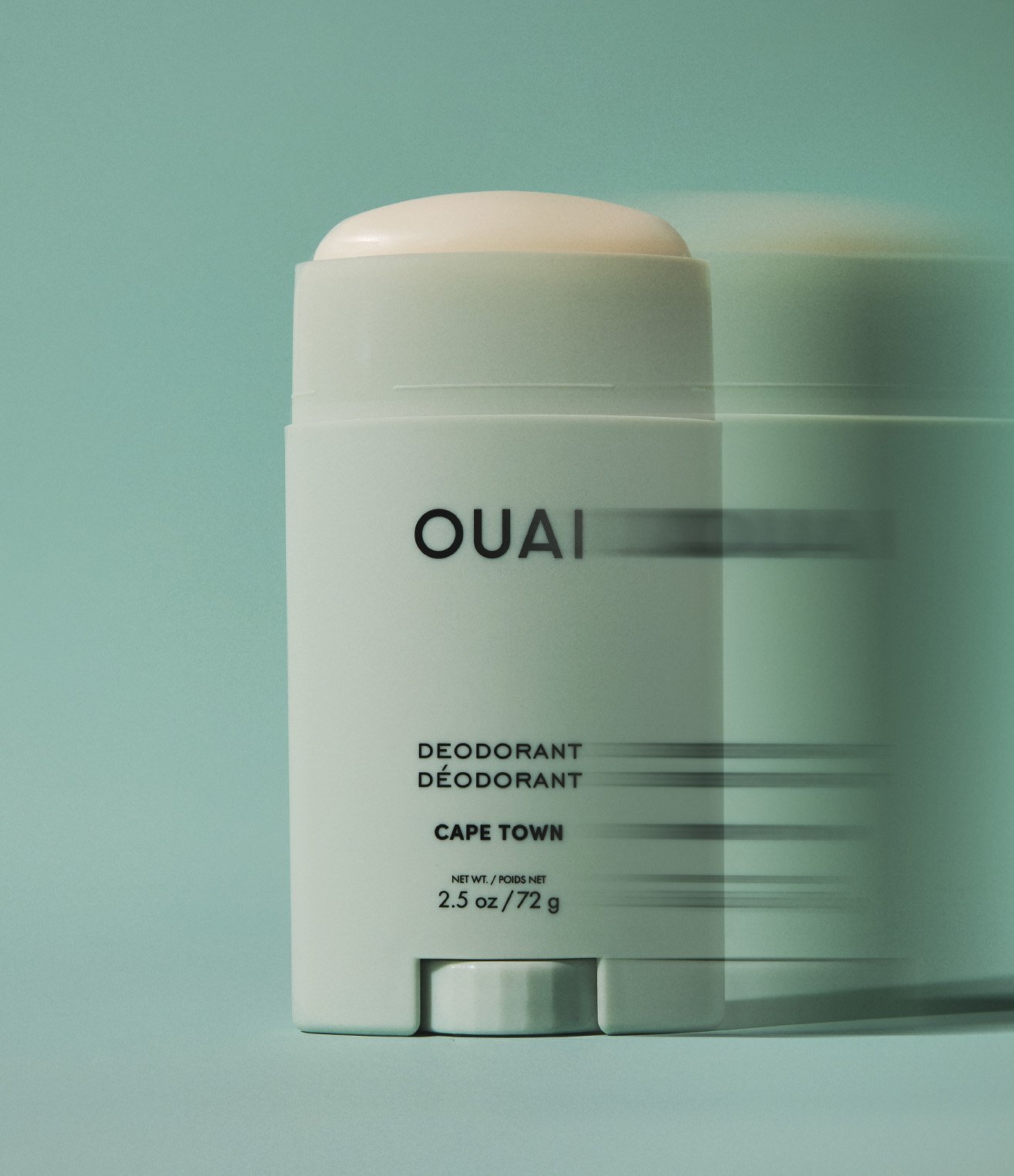
Deodorant - Cape Town
$22
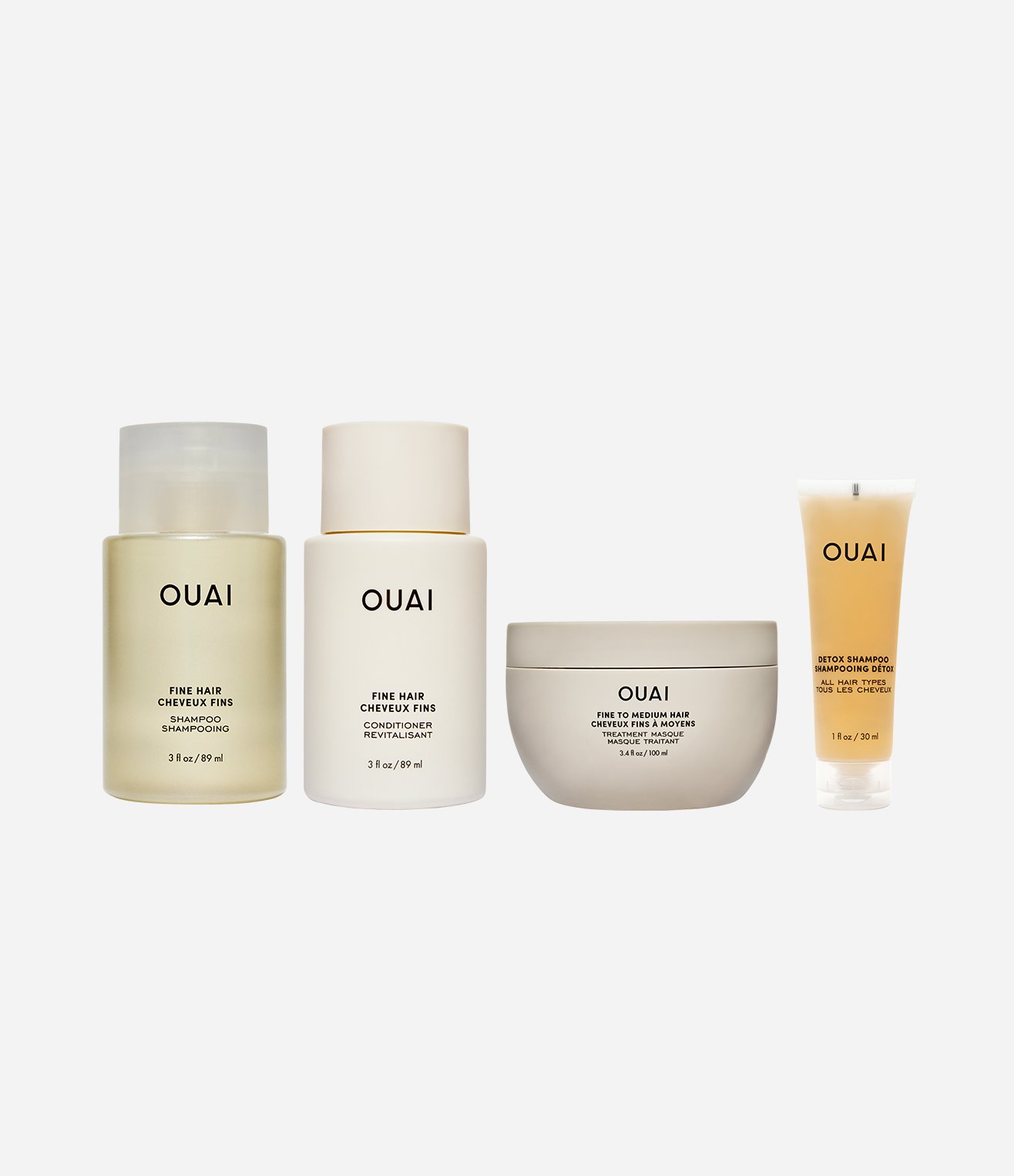

Fine Hair Travel Kit
$46 Regular price $62

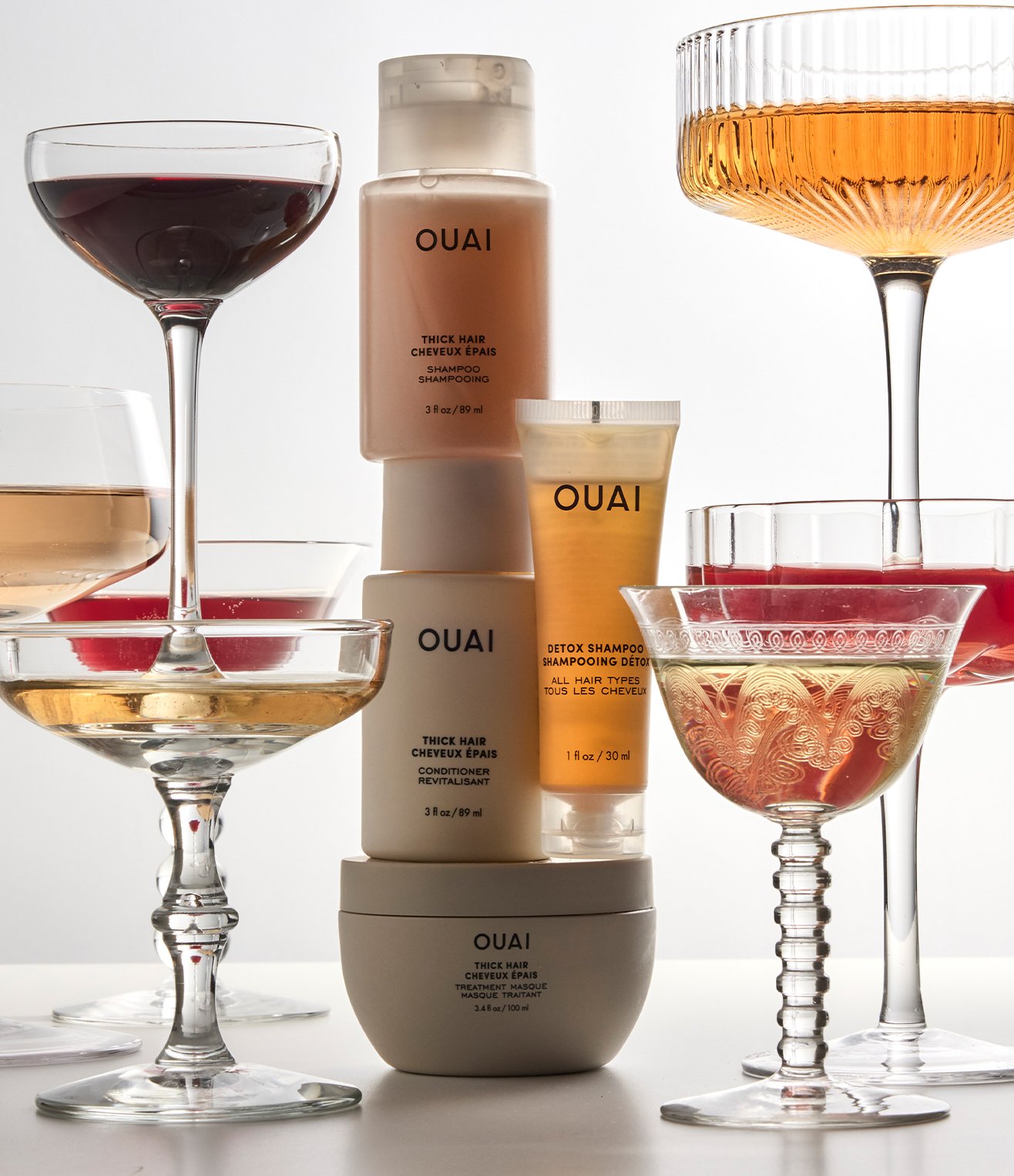
Thick Hair Travel Kit
$46 Regular price $62
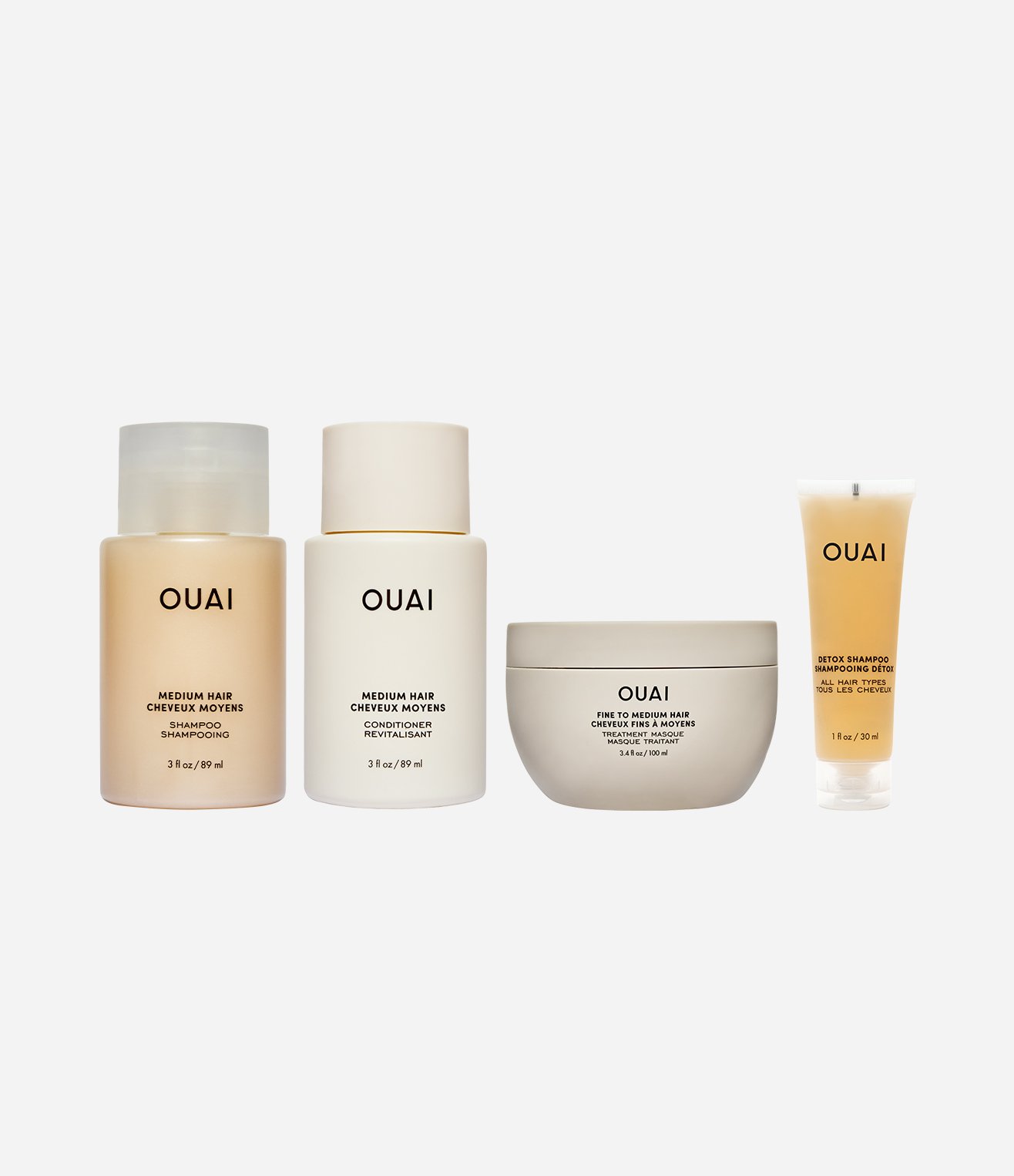
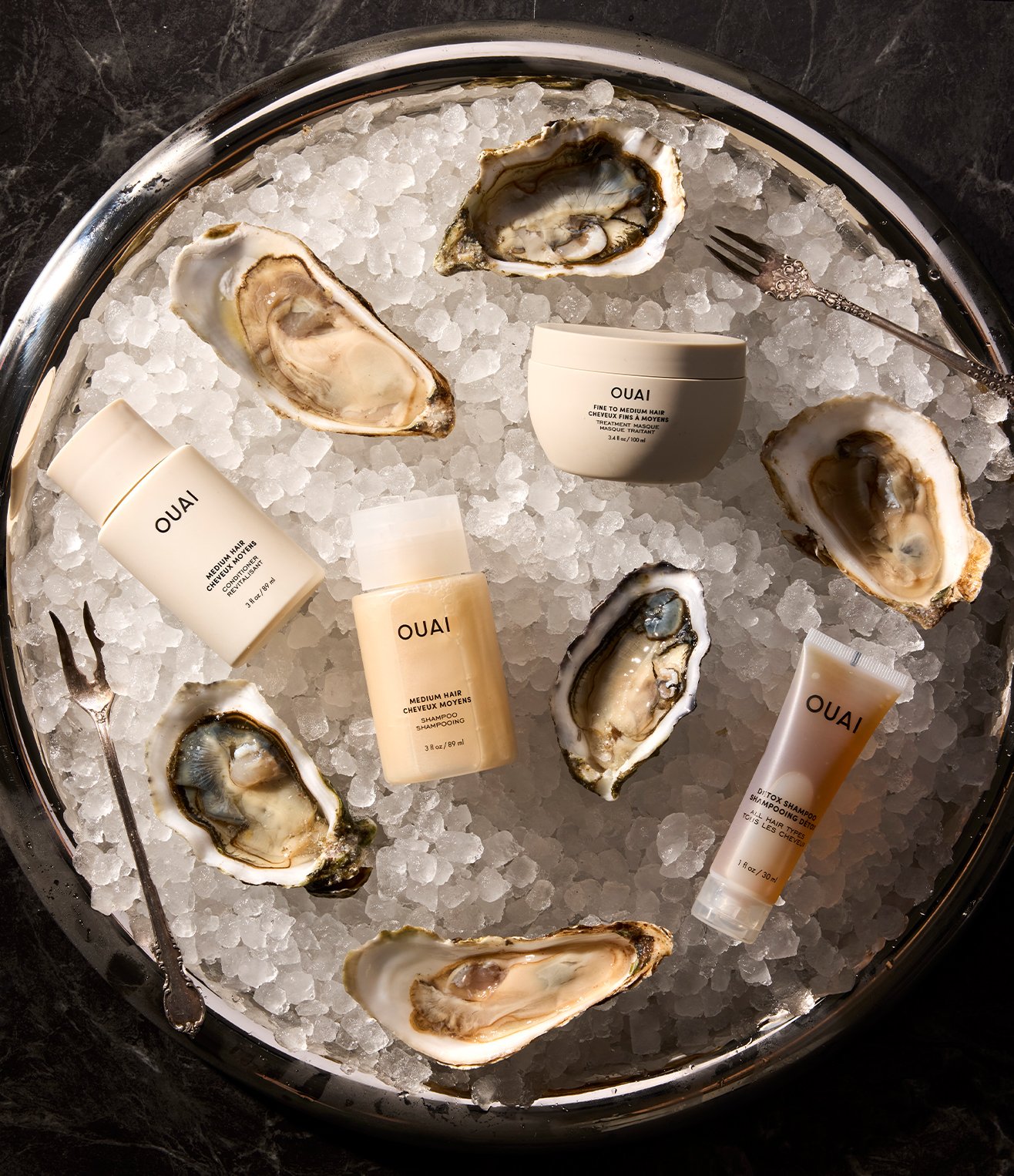
Medium Hair Travel Kit
$46 Regular price $62
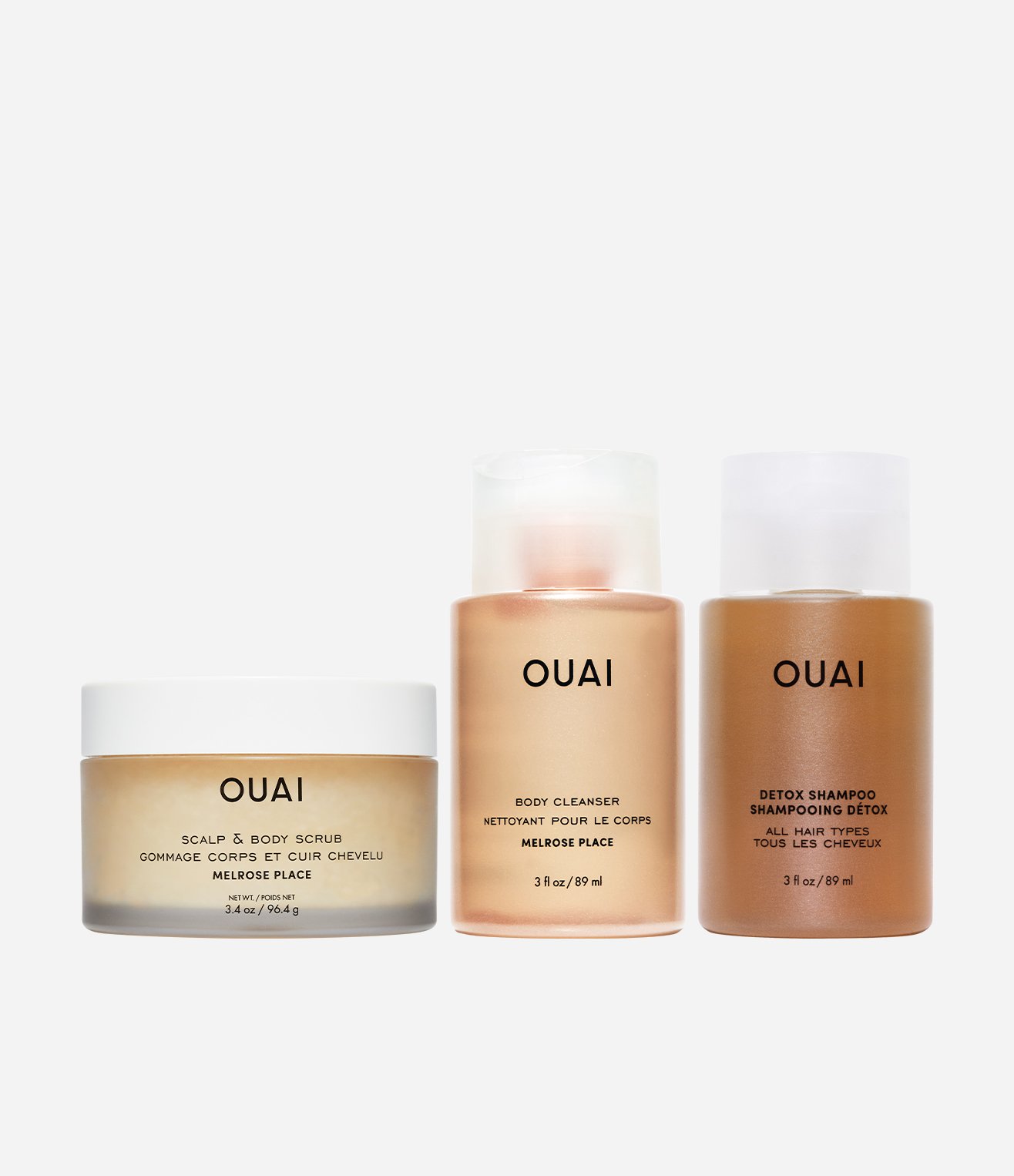
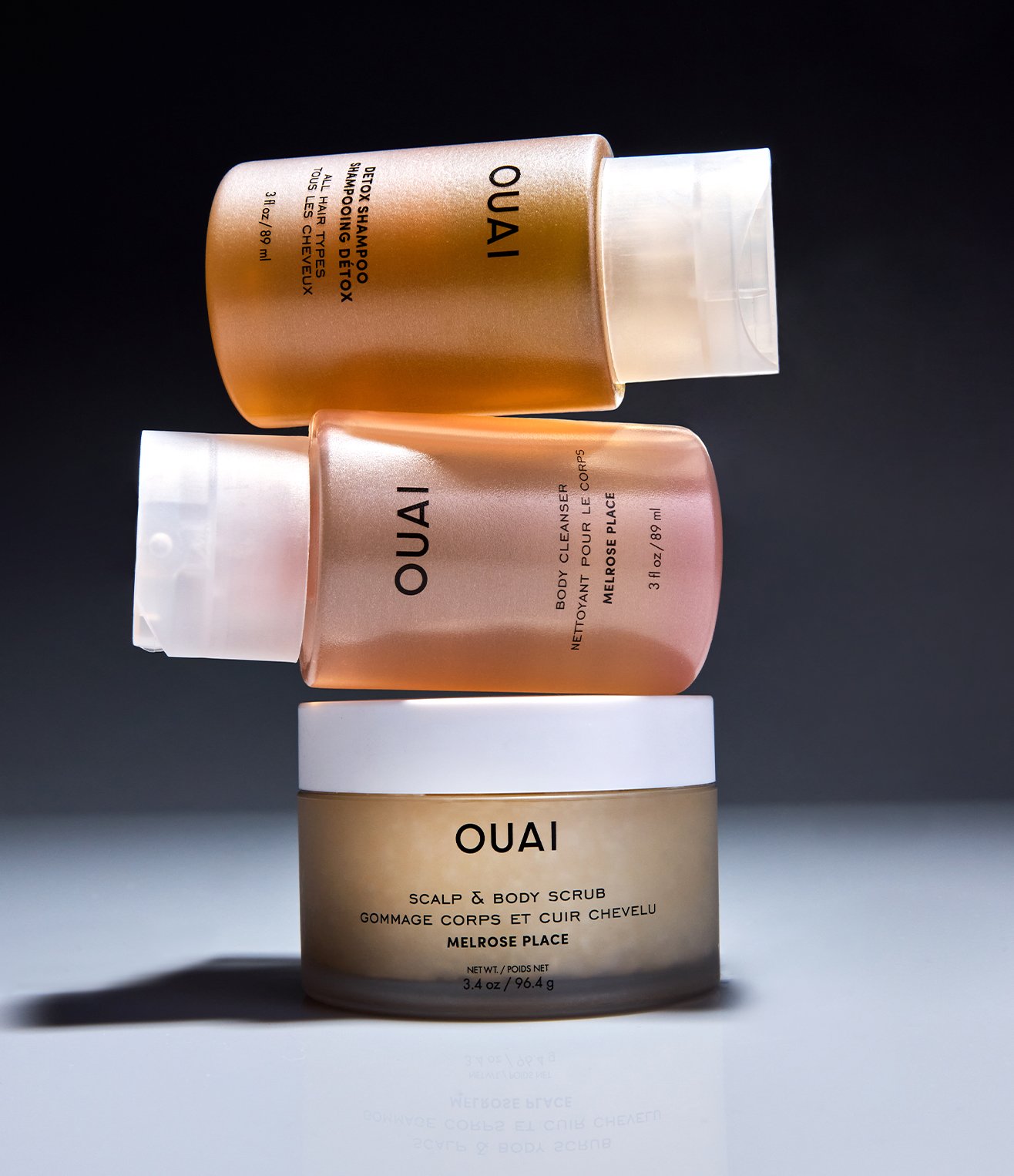
Merry On Melrose Place Kit
$38 Regular price $52
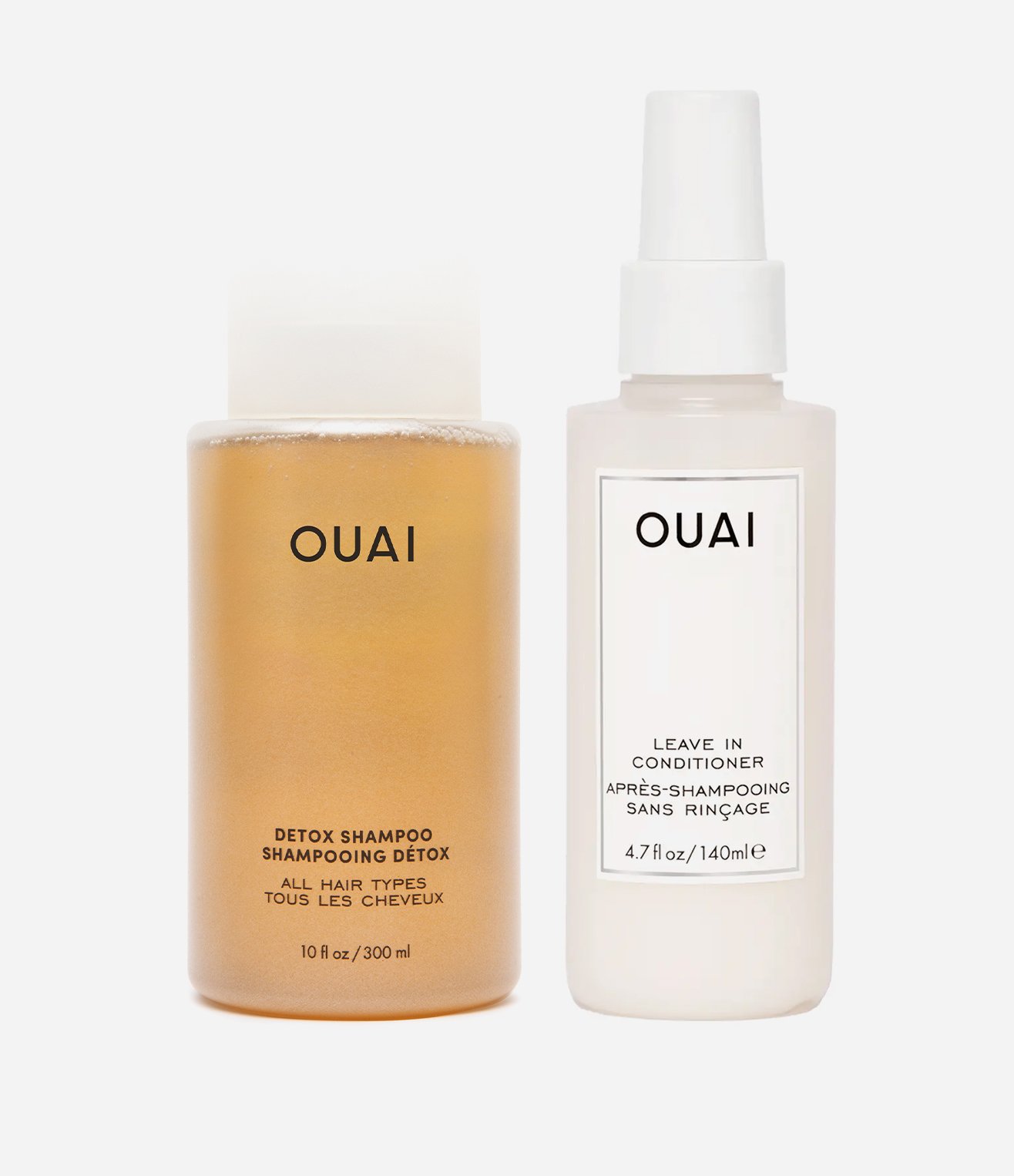
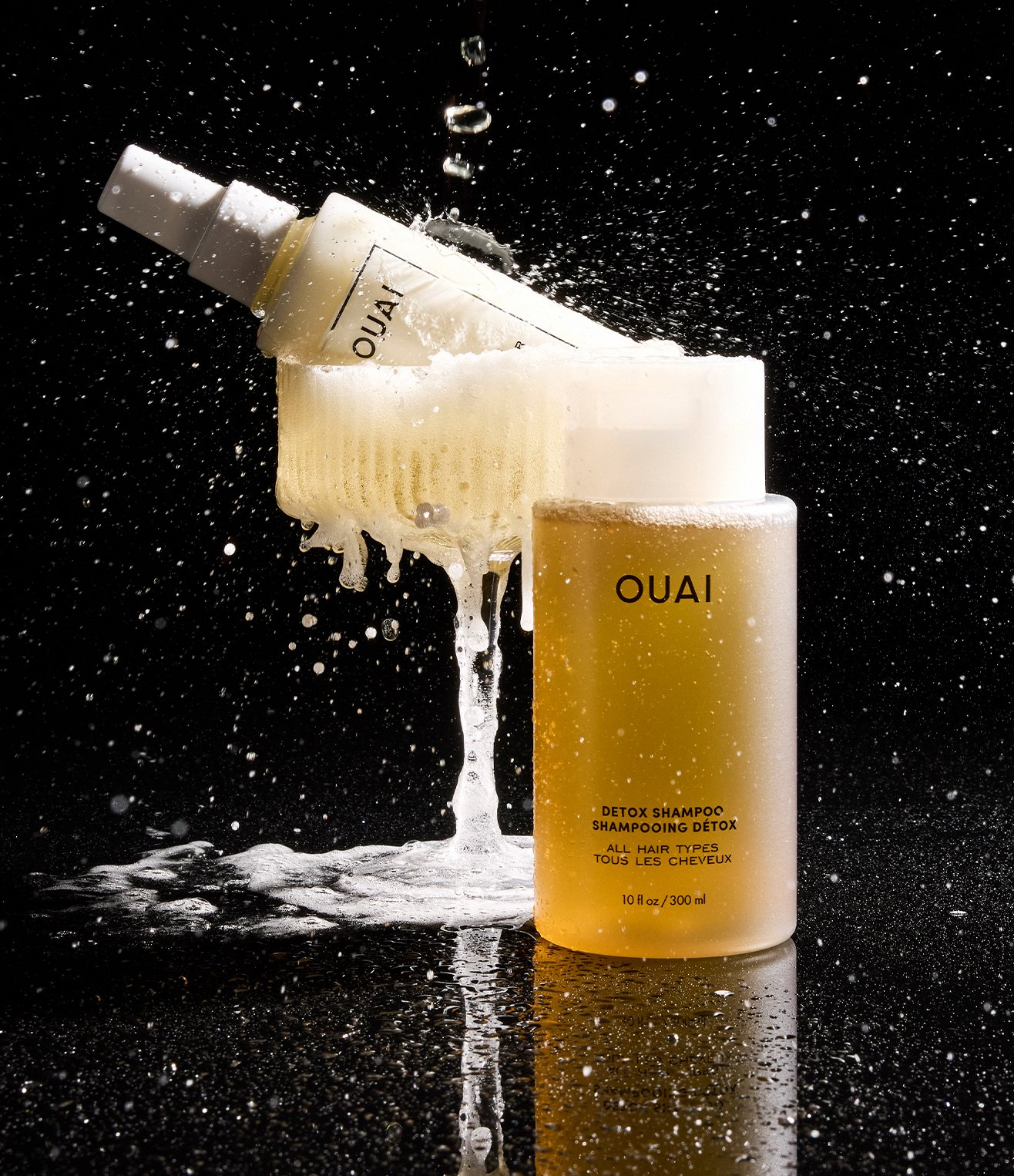
OUAI Better Together Kit
$56 Regular price $66
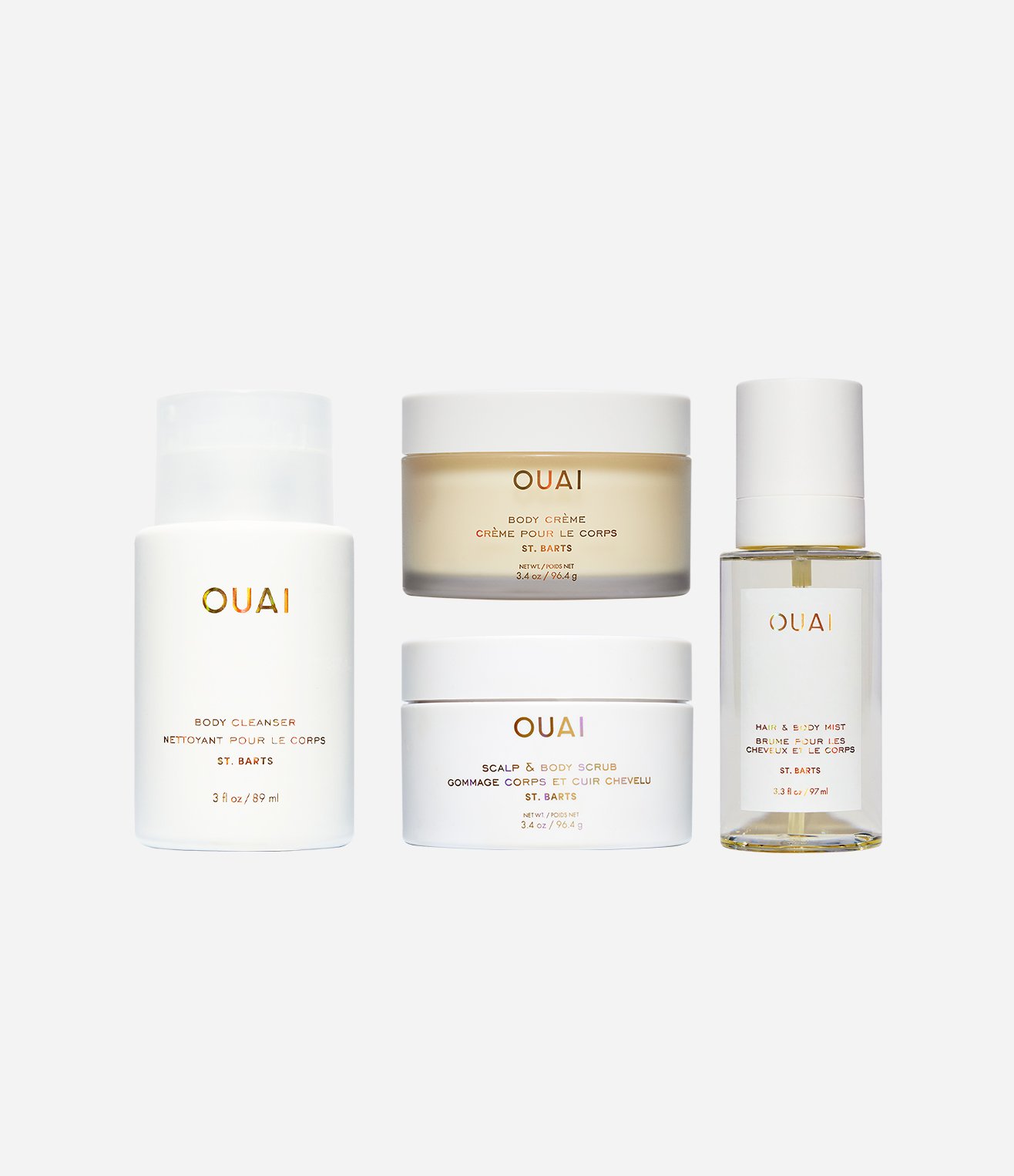
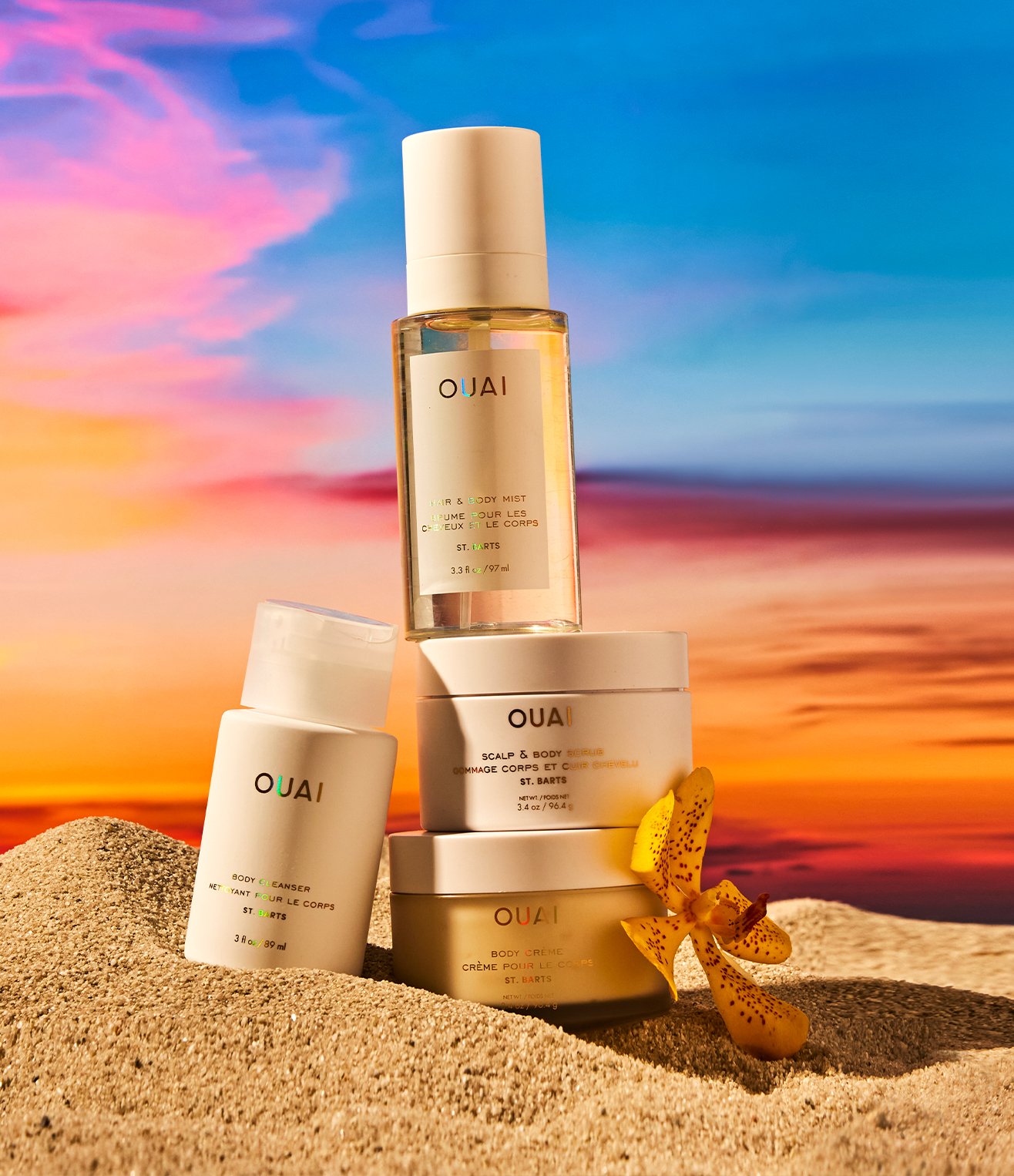
St Barts Travel Kit
$73 Regular price $86


OUAI-CATION TRIO
$84
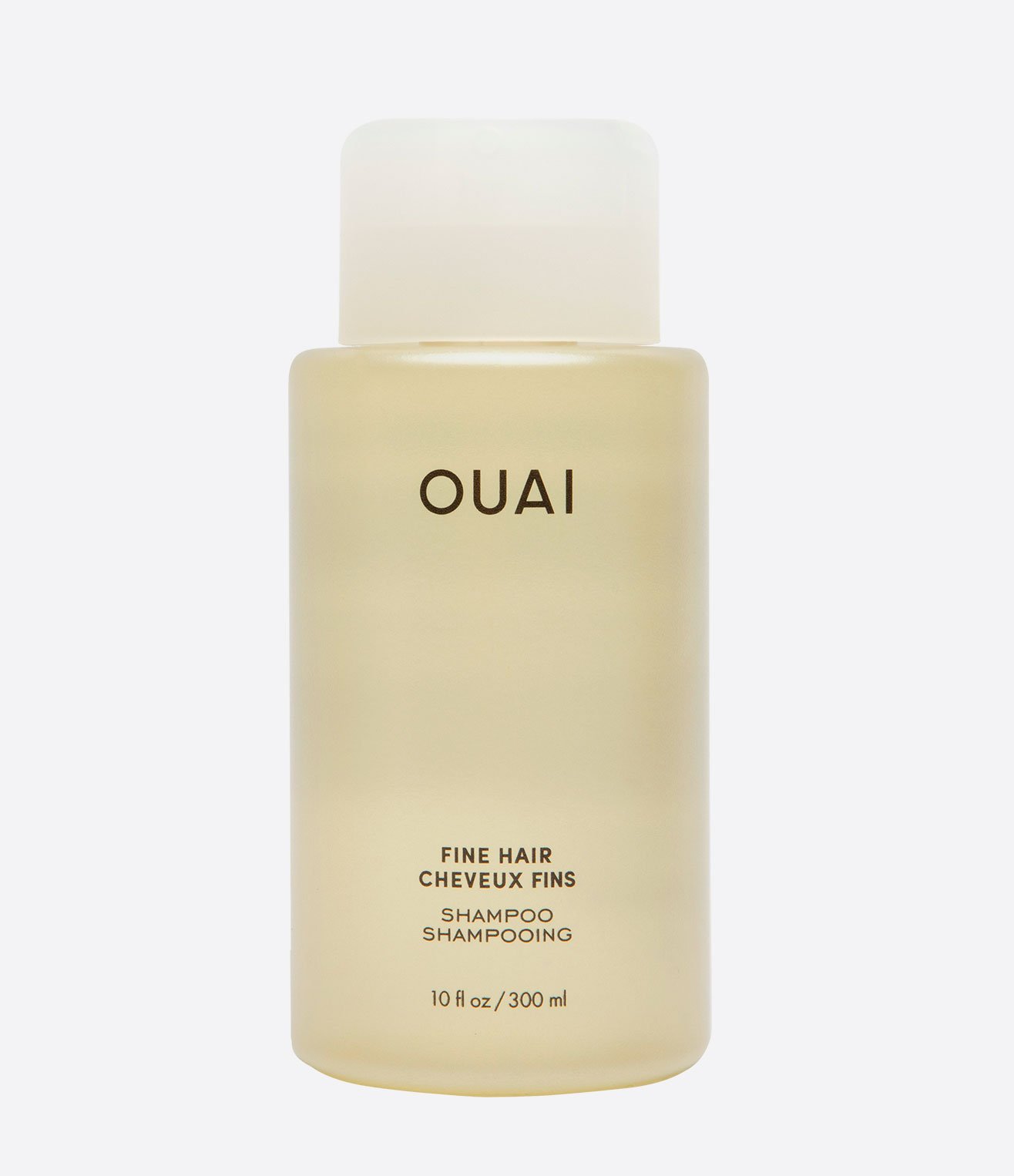
.jpeg?v=1688177409143&options=w_{width})
Fine Hair Shampoo
$32

.jpeg?v=1688177439232&options=w_{width})
Fine Hair Conditioner
$32
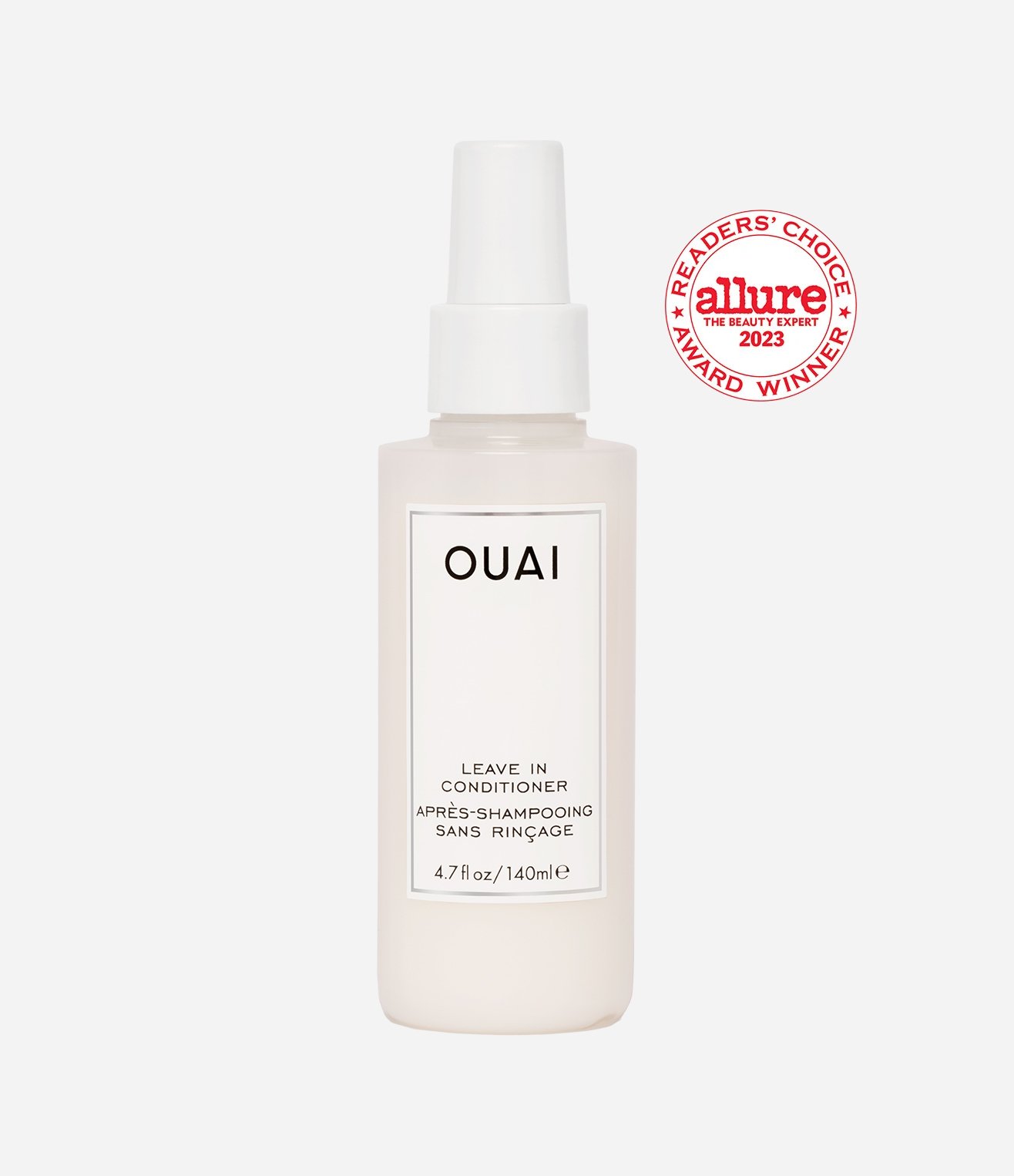
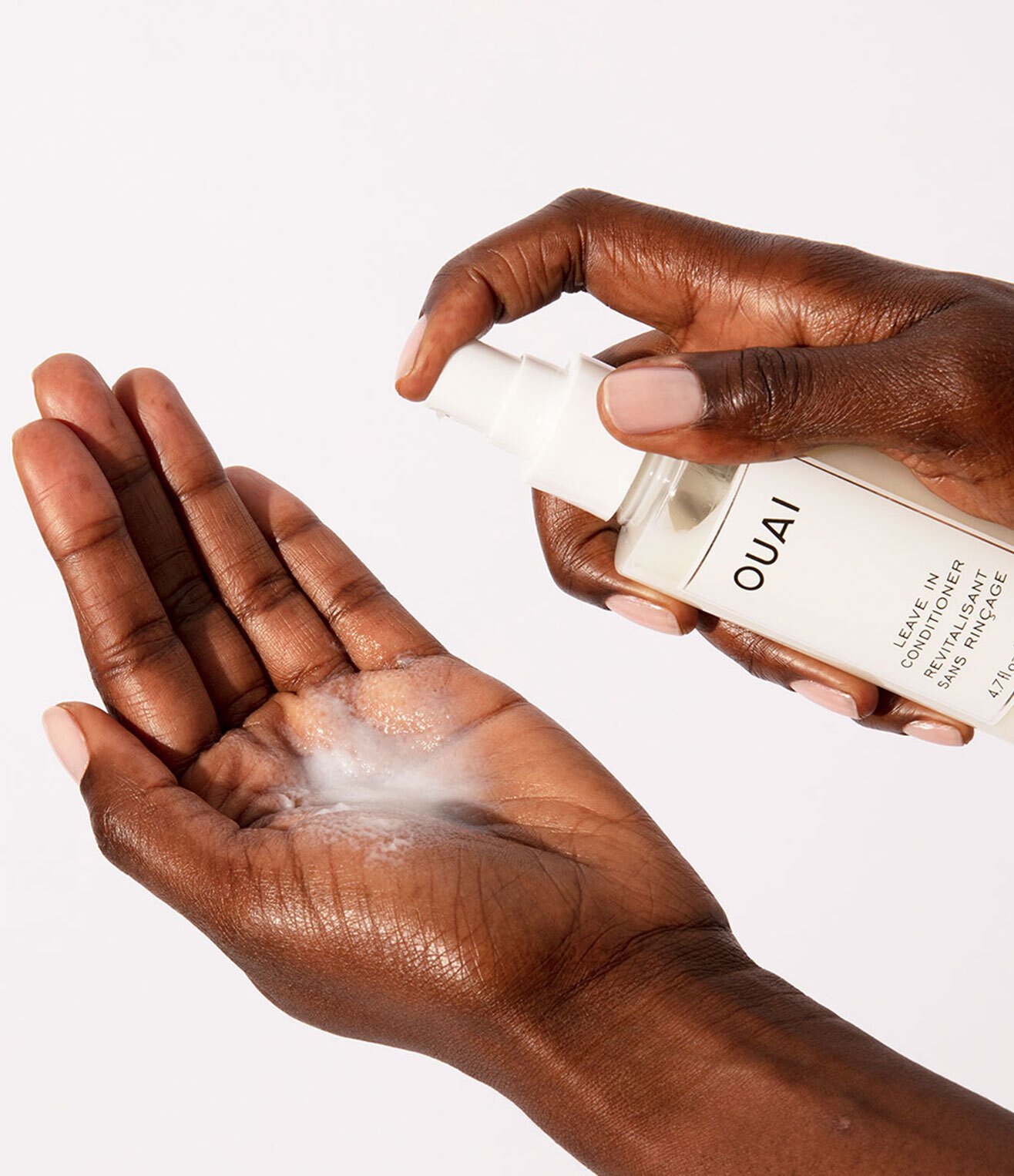
Leave In Conditioner
2 Sizes / $32
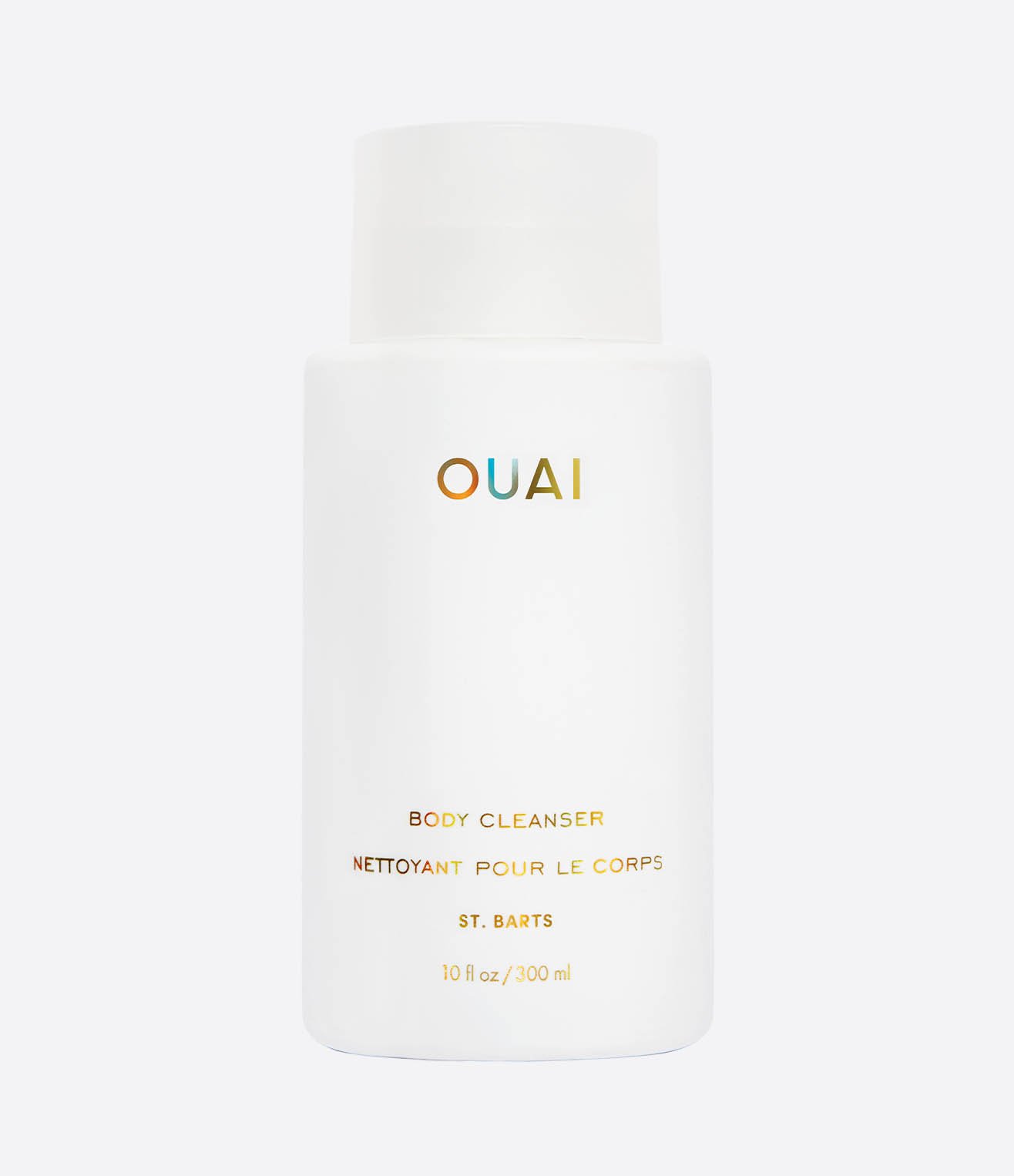
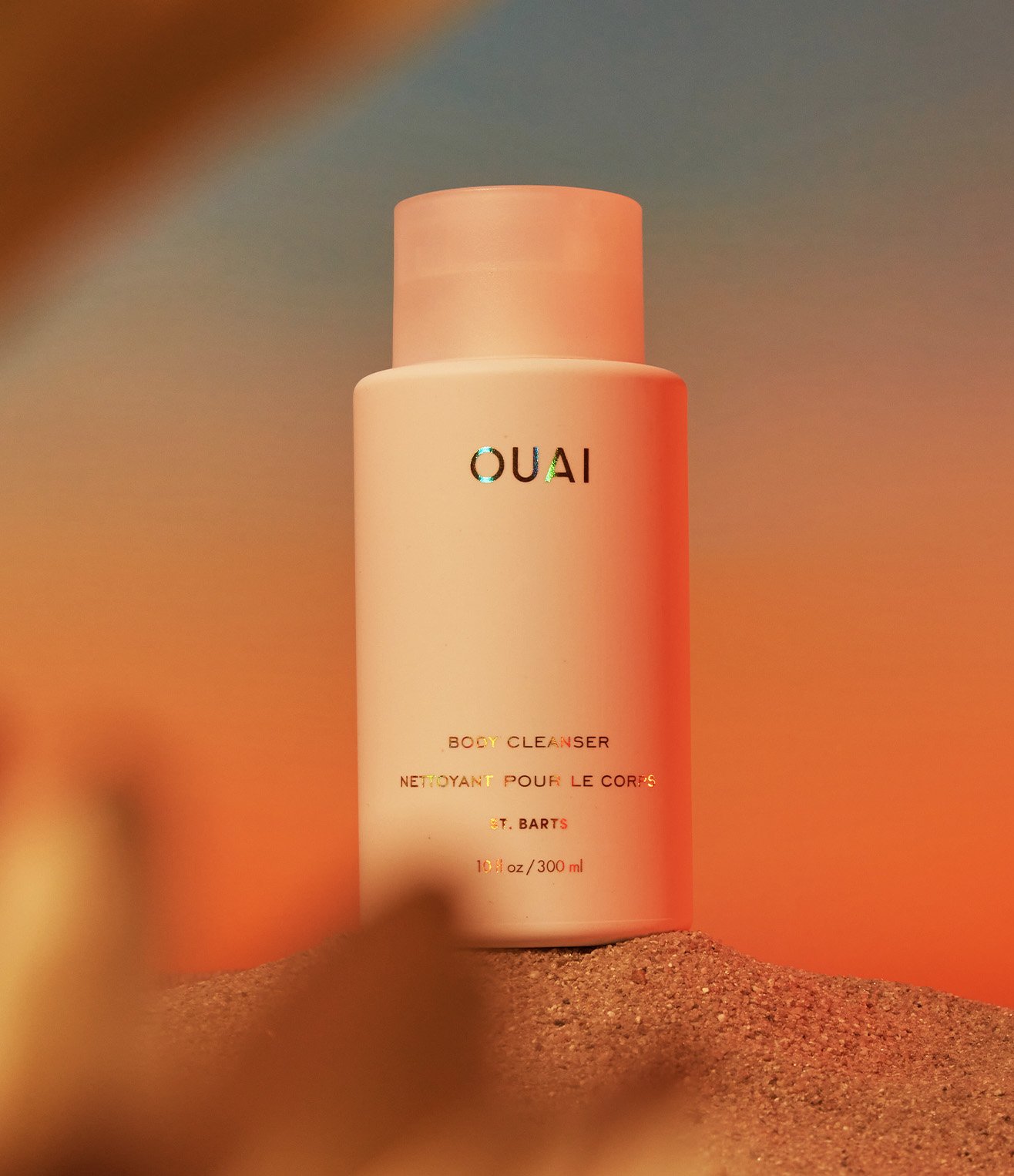
Body Cleanser - St. Barts Scent
$28


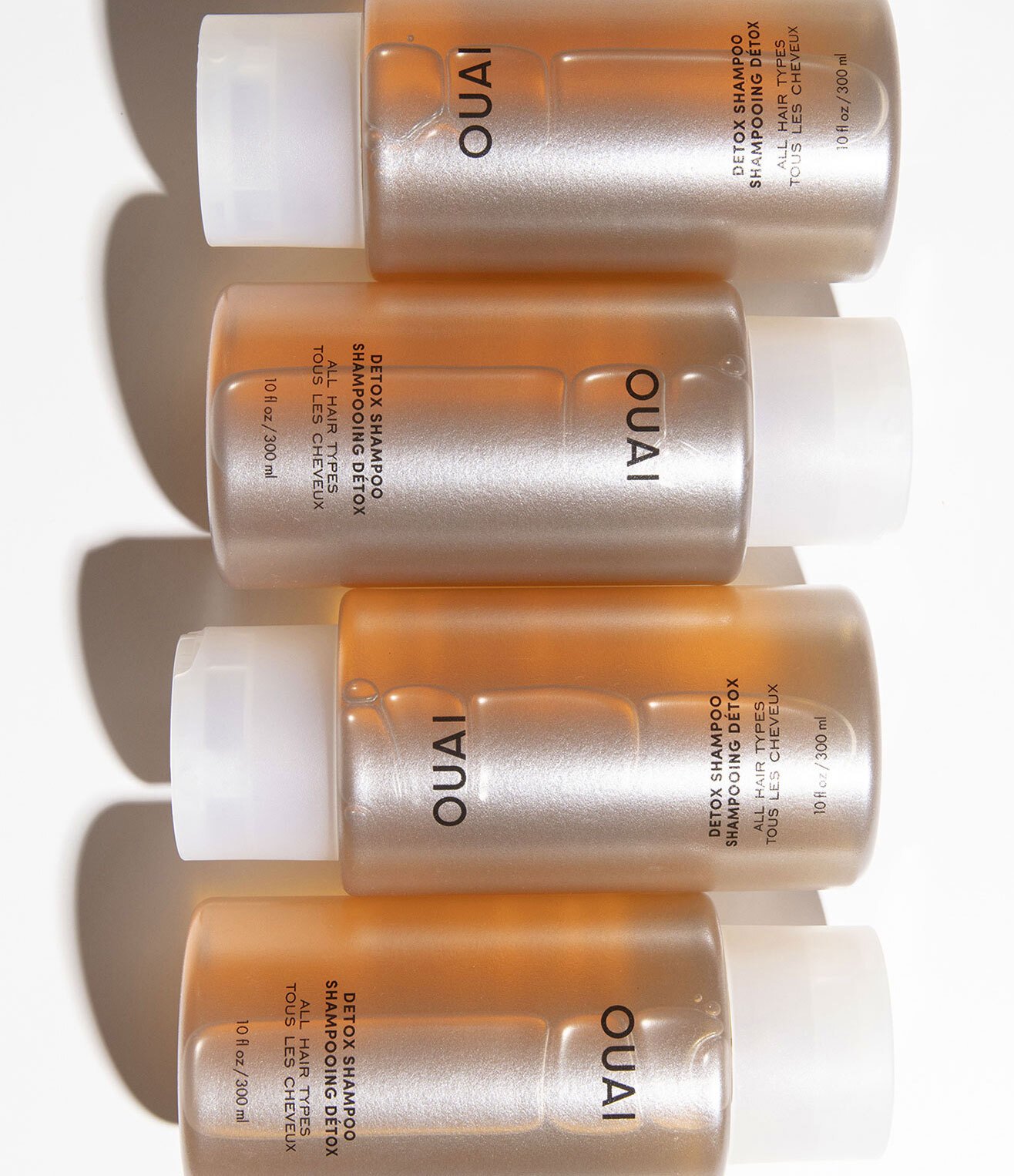
Detox Shampoo
2 Sizes / $34

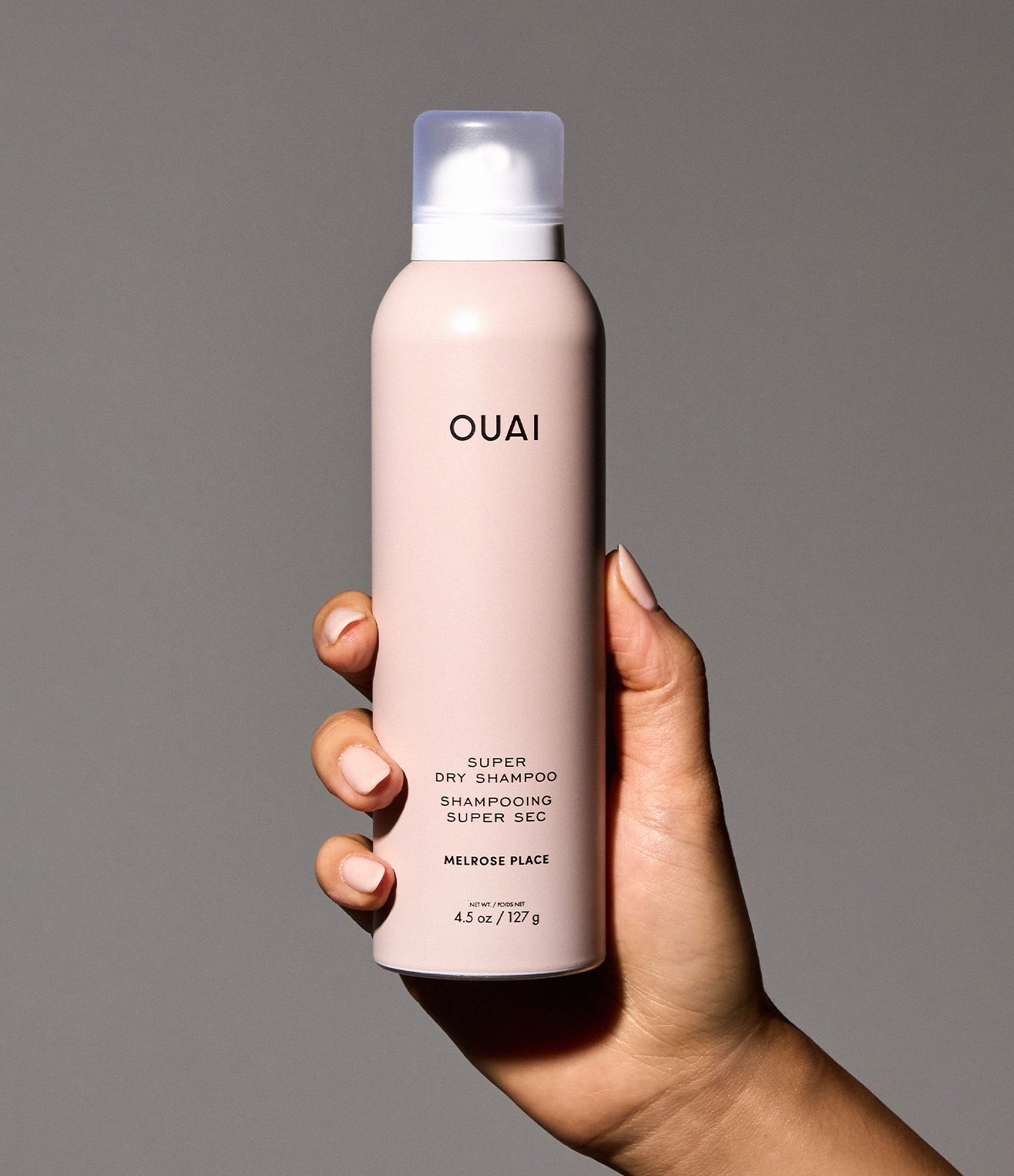
Super Dry Shampoo - Melrose Place
2 Sizes / $30

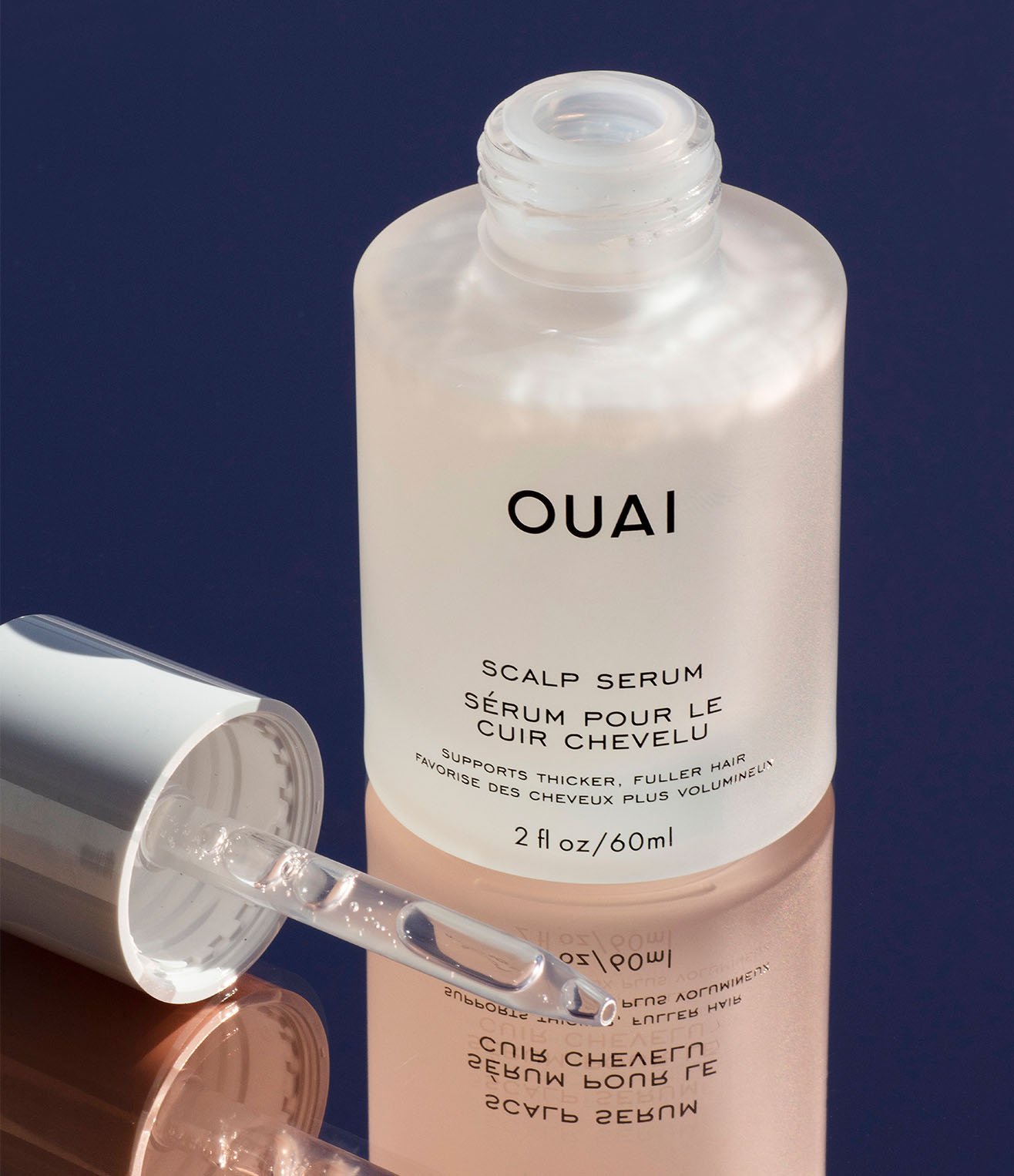
Scalp Serum
$54


Medium Hair Shampoo
$32
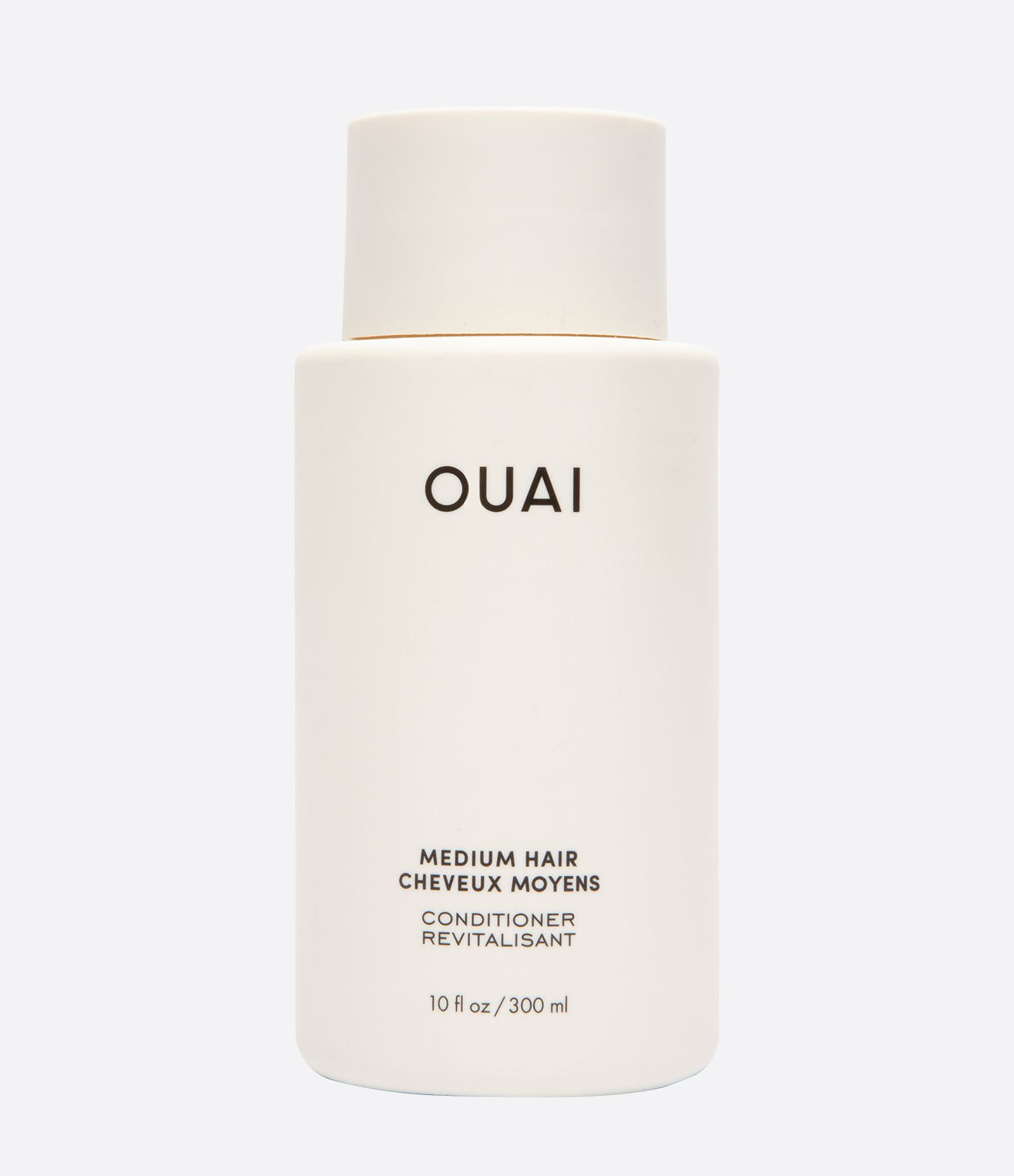
.jpeg?v=1688177567437&options=w_{width})
Medium Hair Conditioner
$32

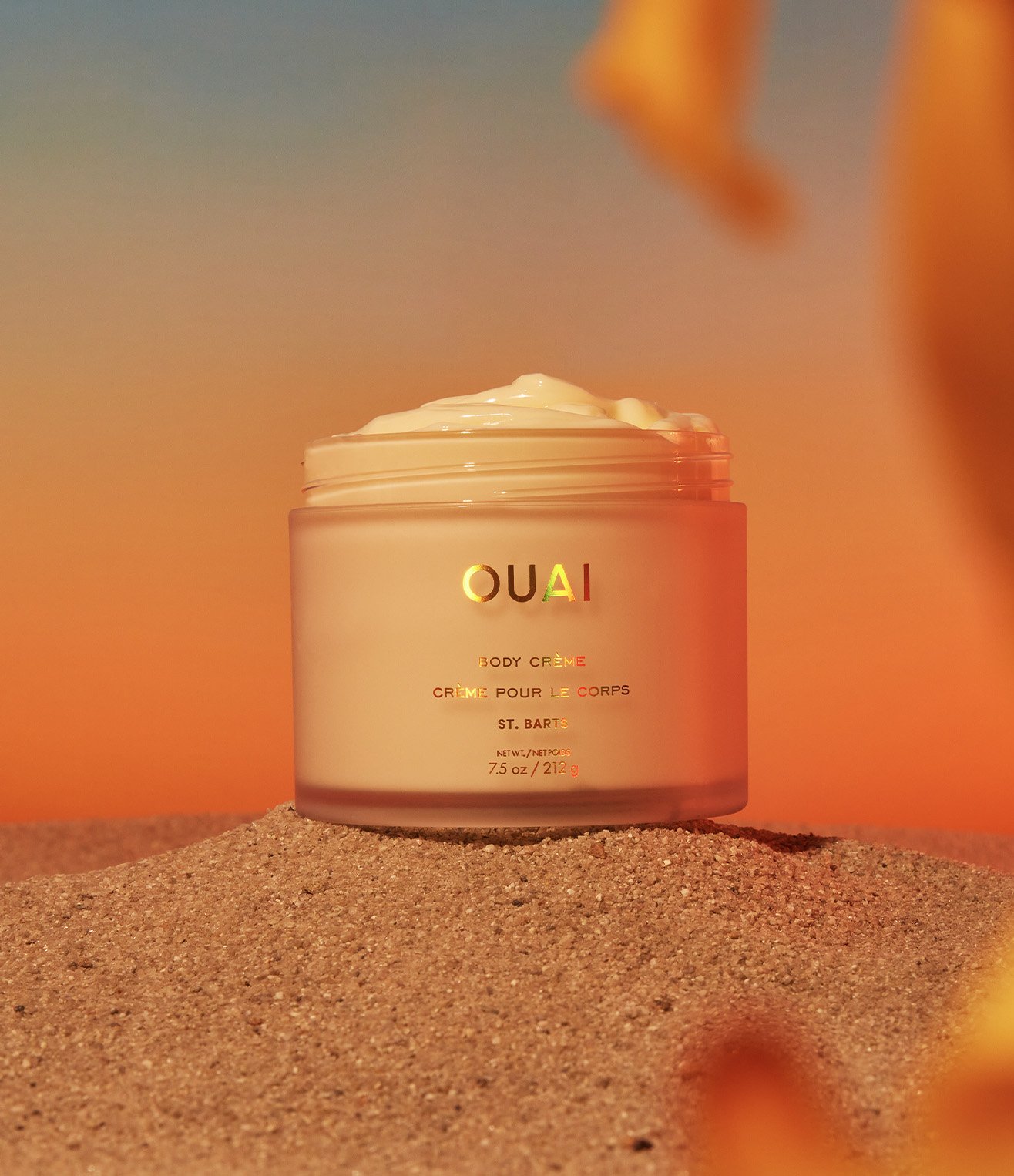
Body Crème - St. Barts Scent
$40


Hand Wash
$32
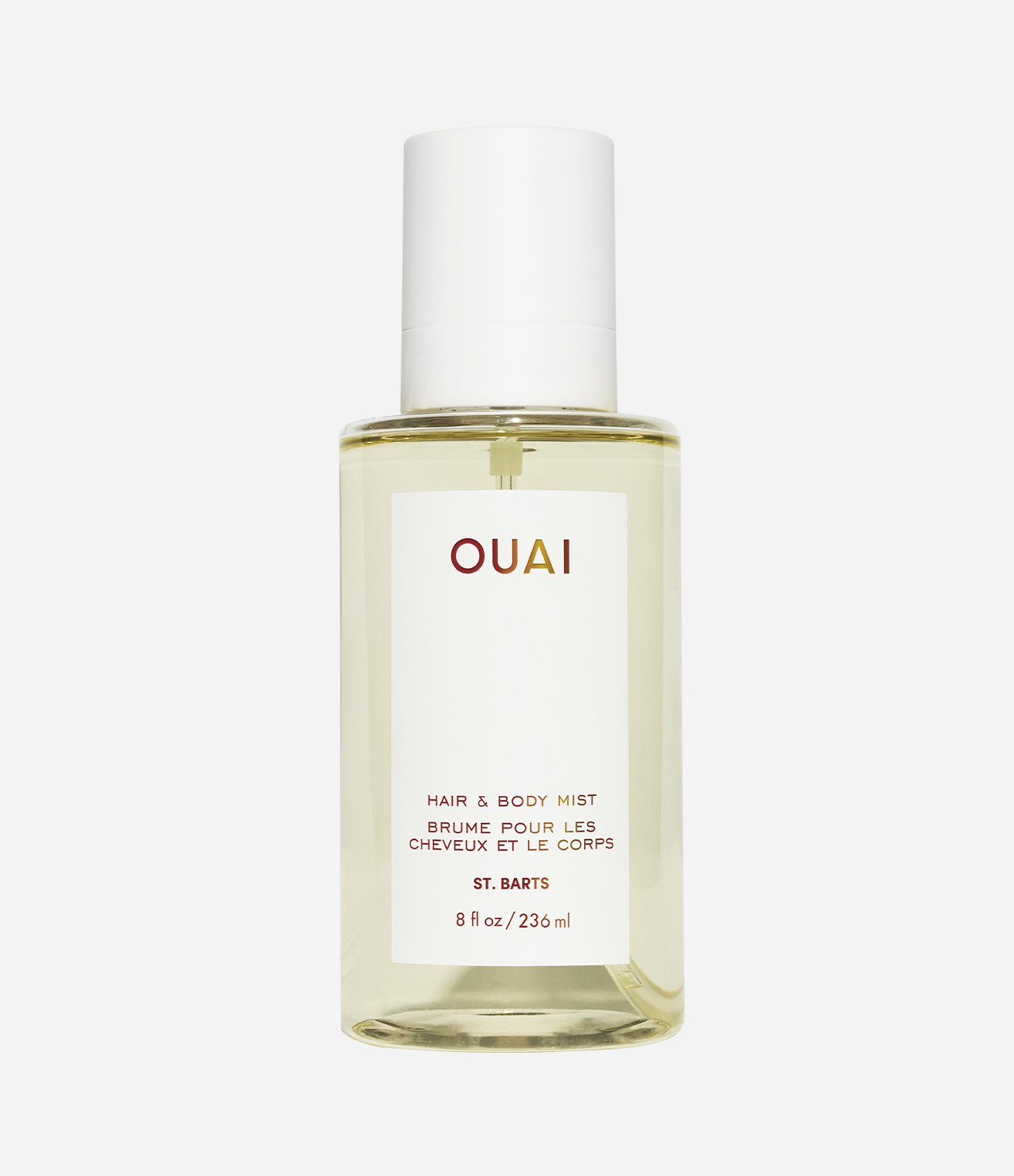
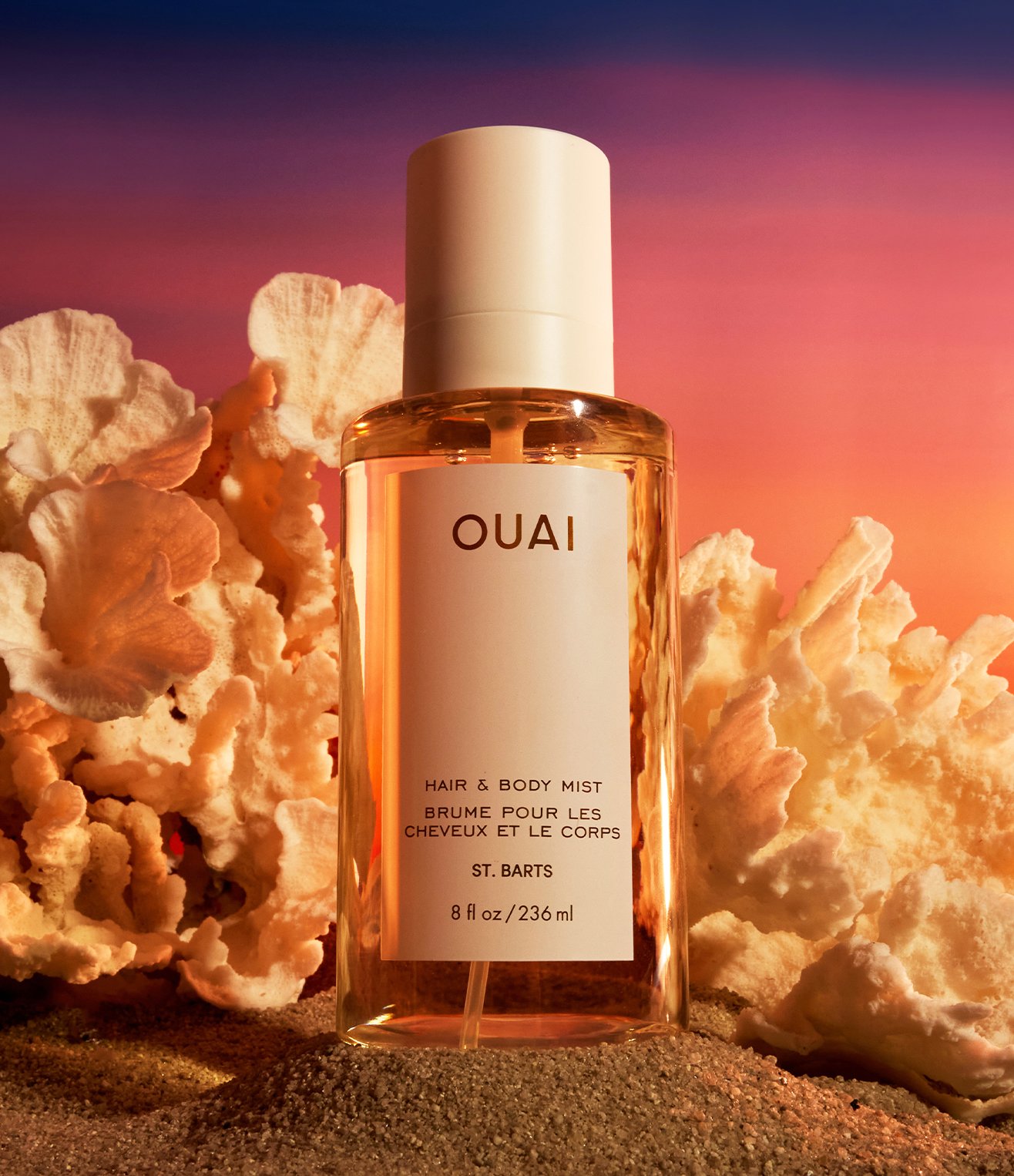
Hair and Body Mist - St. Barts Scent
2 Sizes / $28
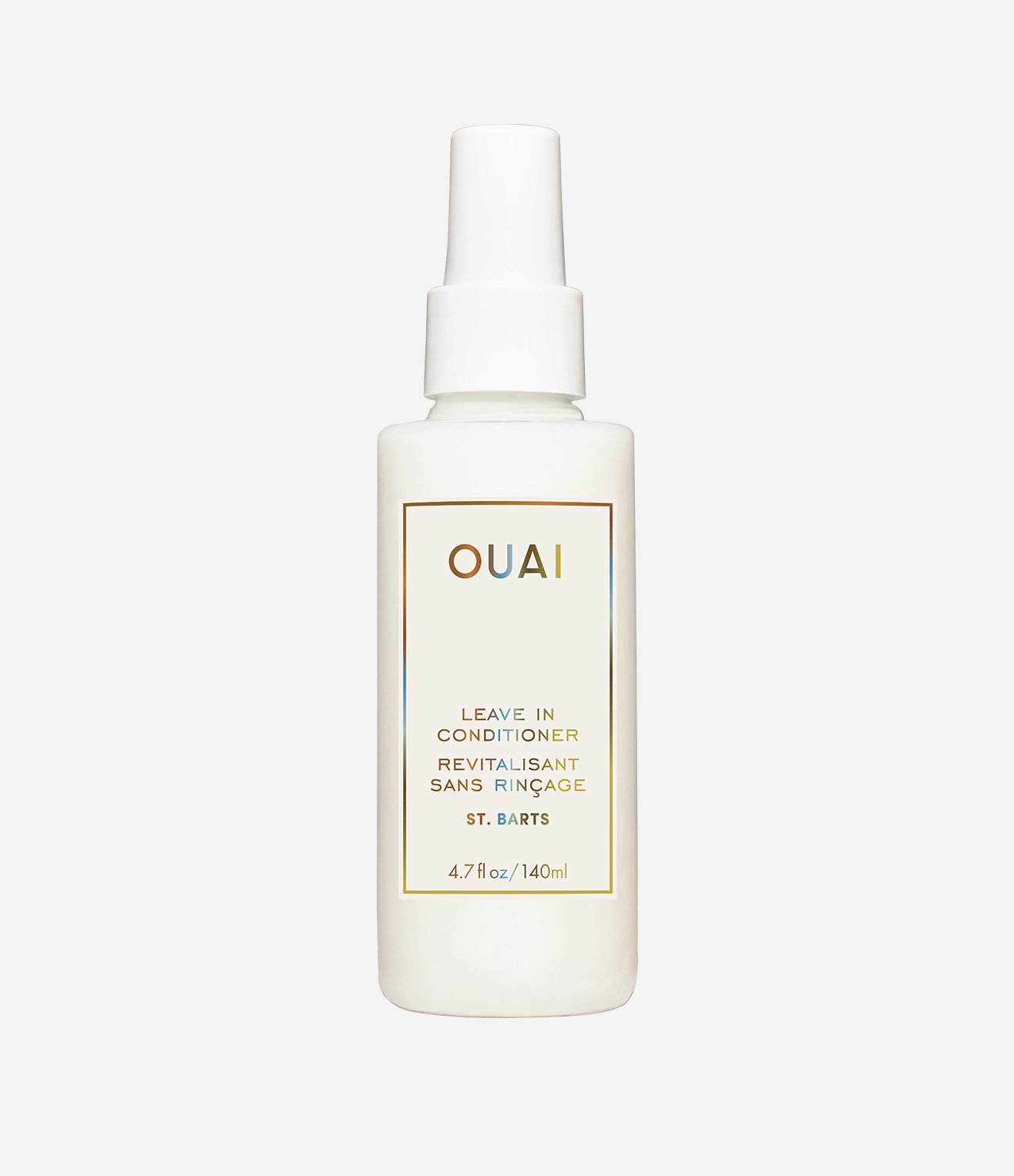
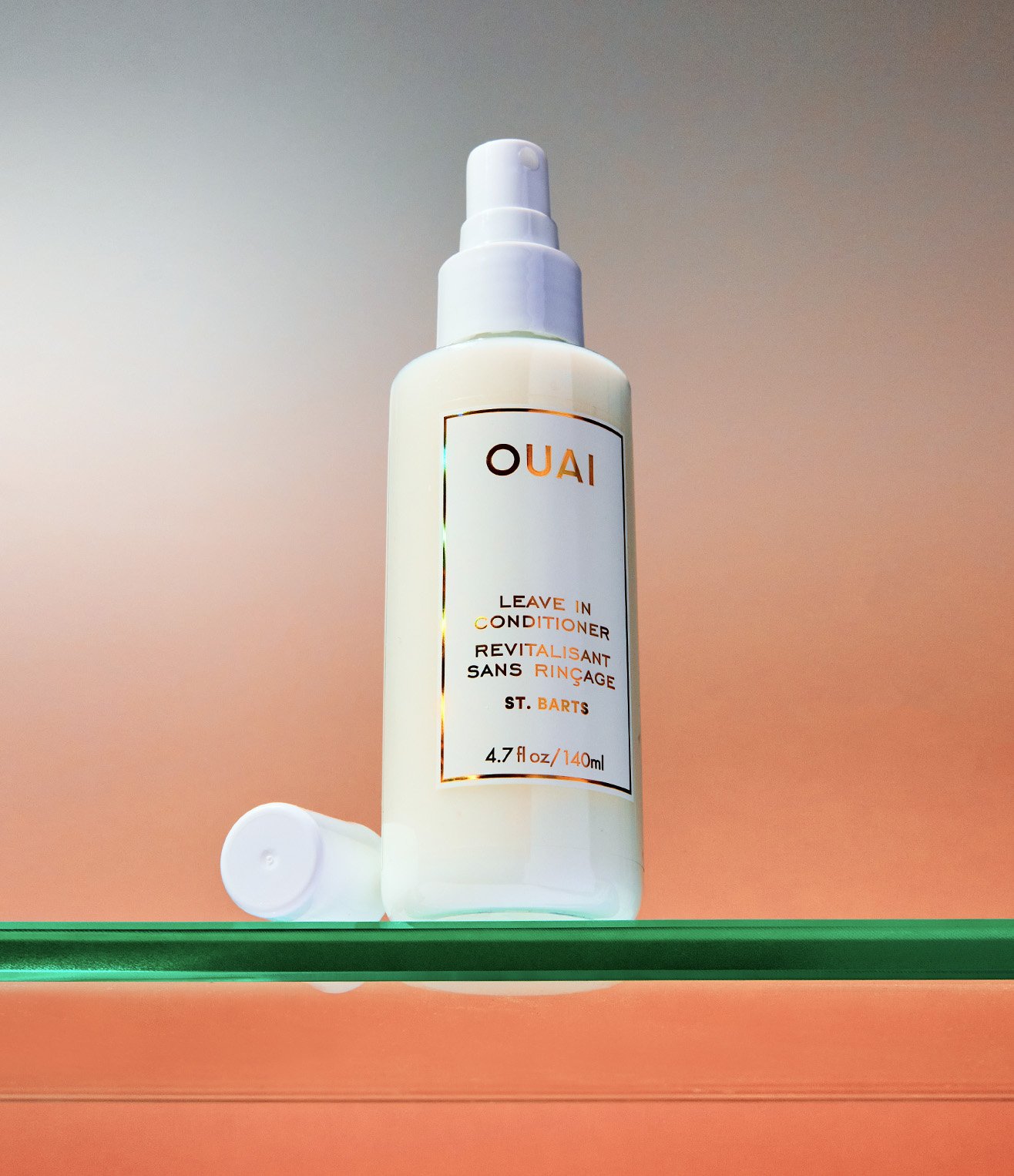
Leave In Conditioner - St. Barts Scent
$32
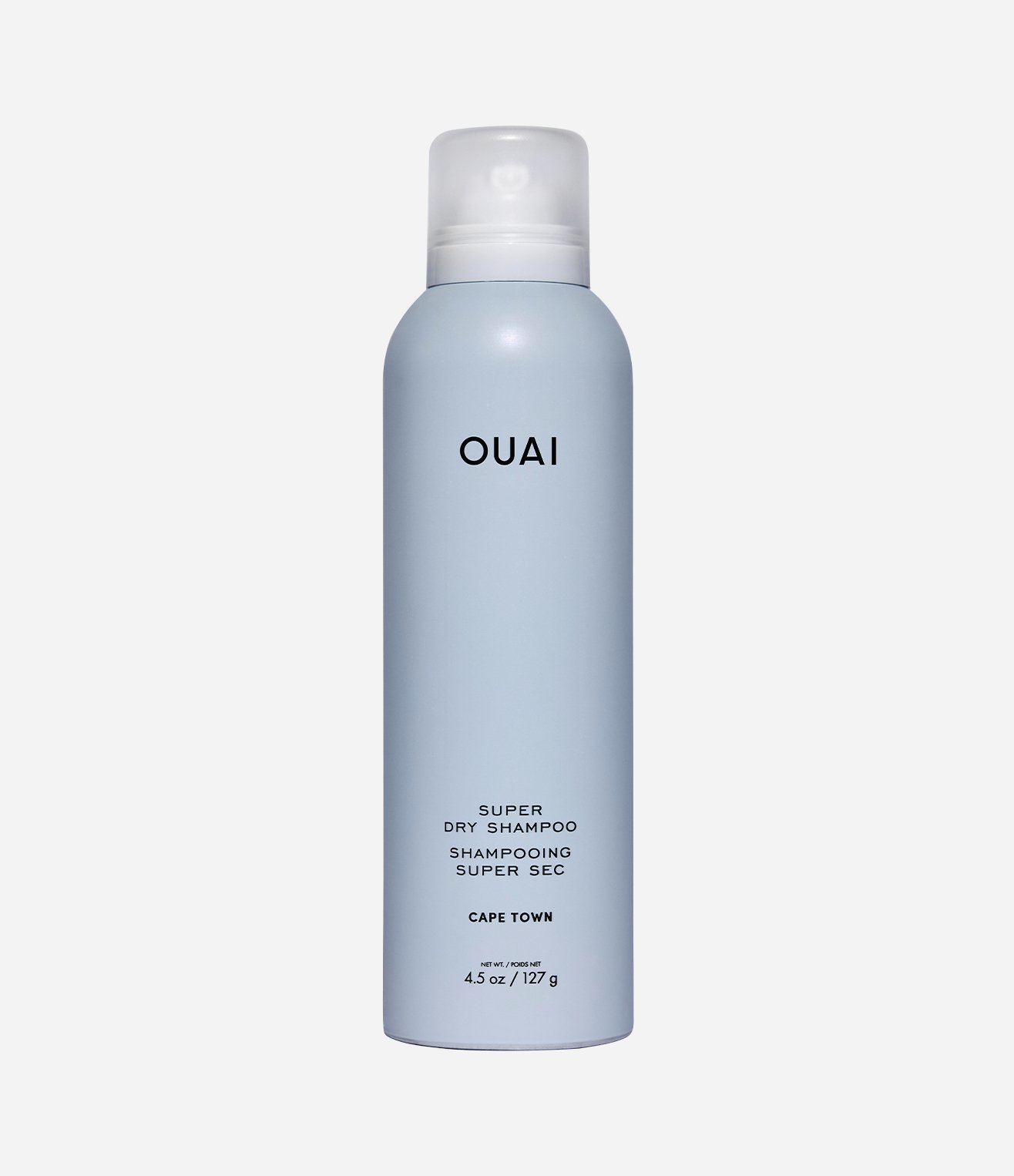
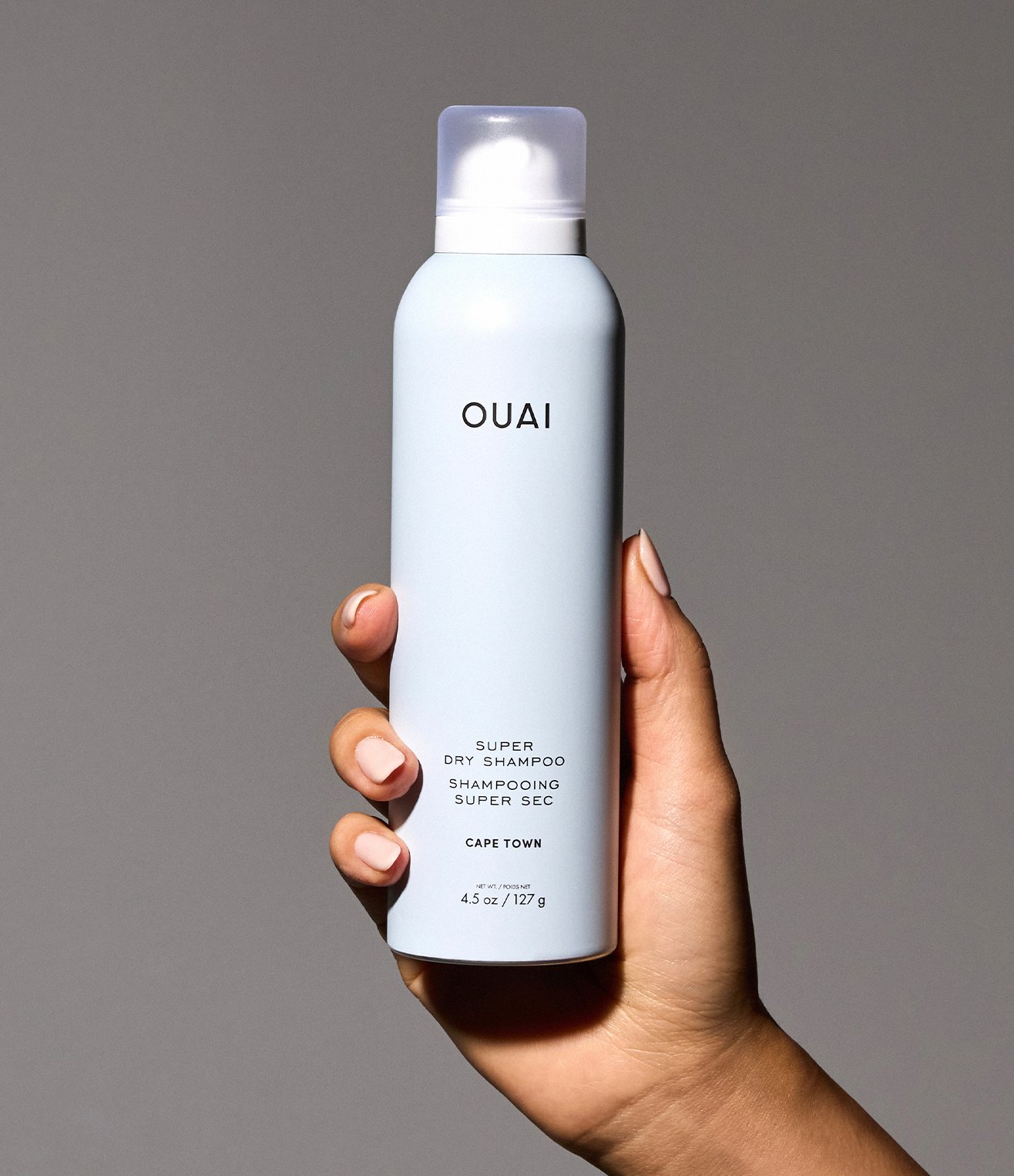
Super Dry Shampoo - Cape Town
2 Sizes / $30


Hair Oil
2 Sizes / $32
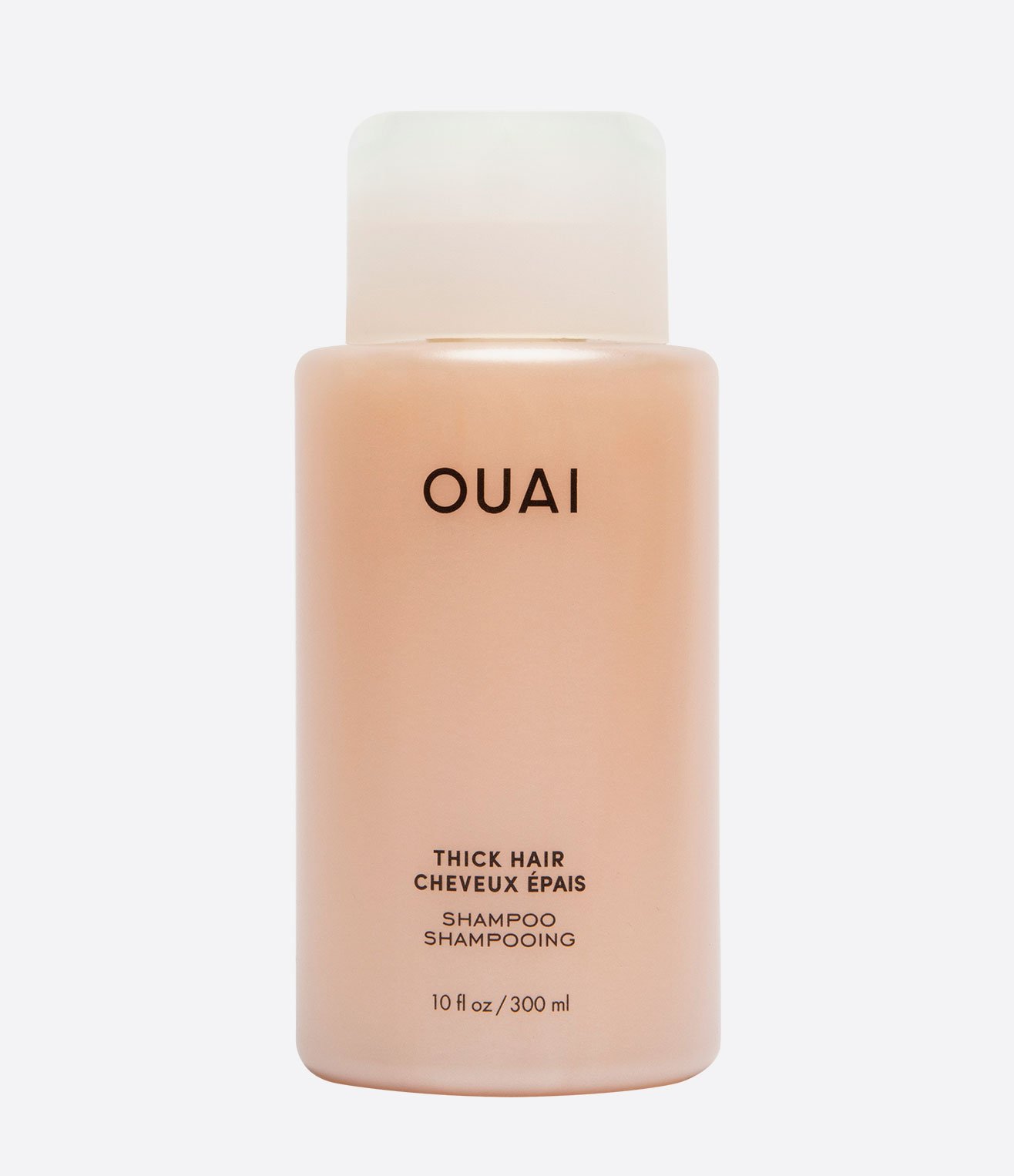
.jpeg?v=1688177616065&options=w_{width})
Thick Hair Shampoo
$32

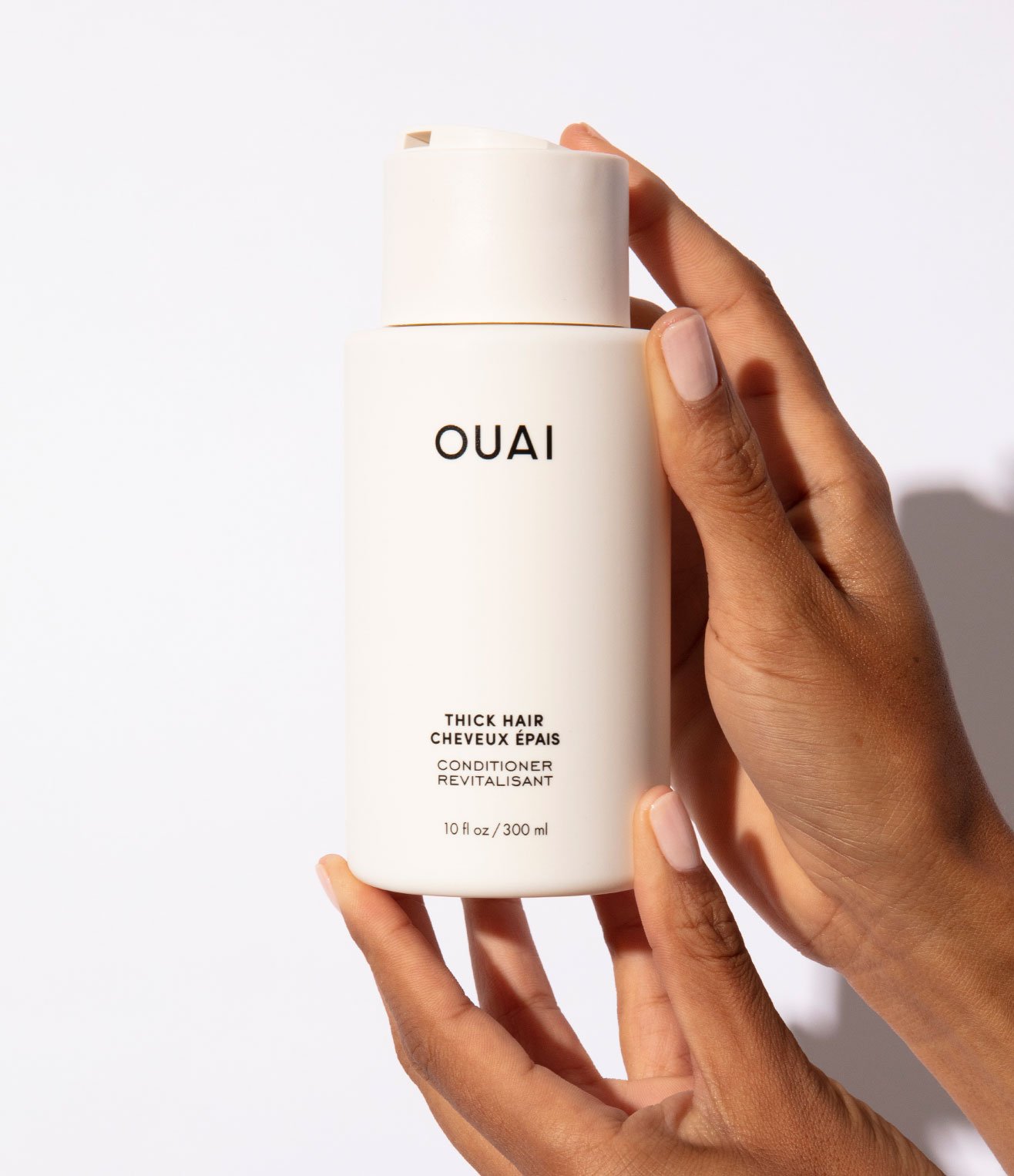
Thick Hair Conditioner
$32


OUAI-CATION TRIO
$84
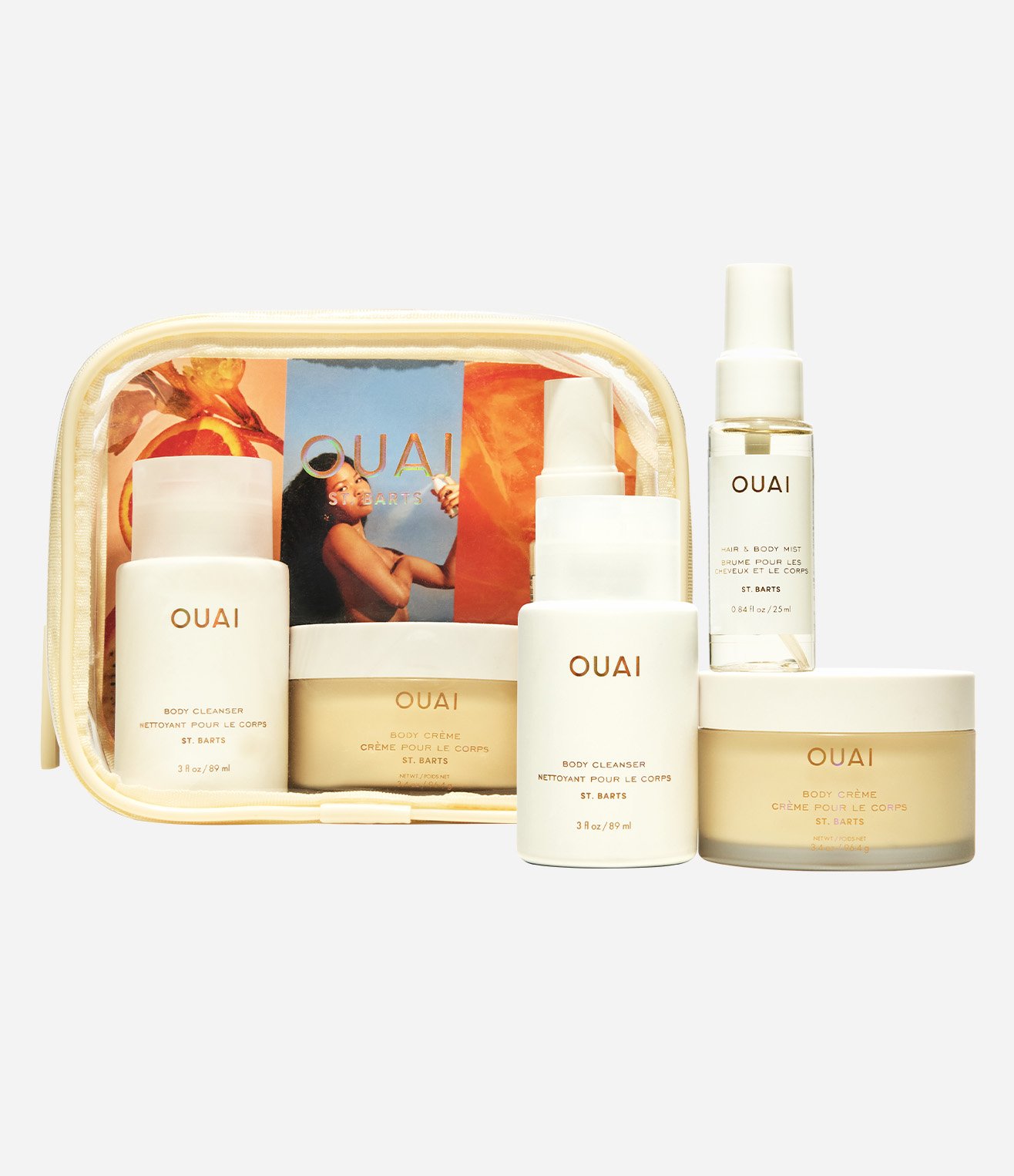
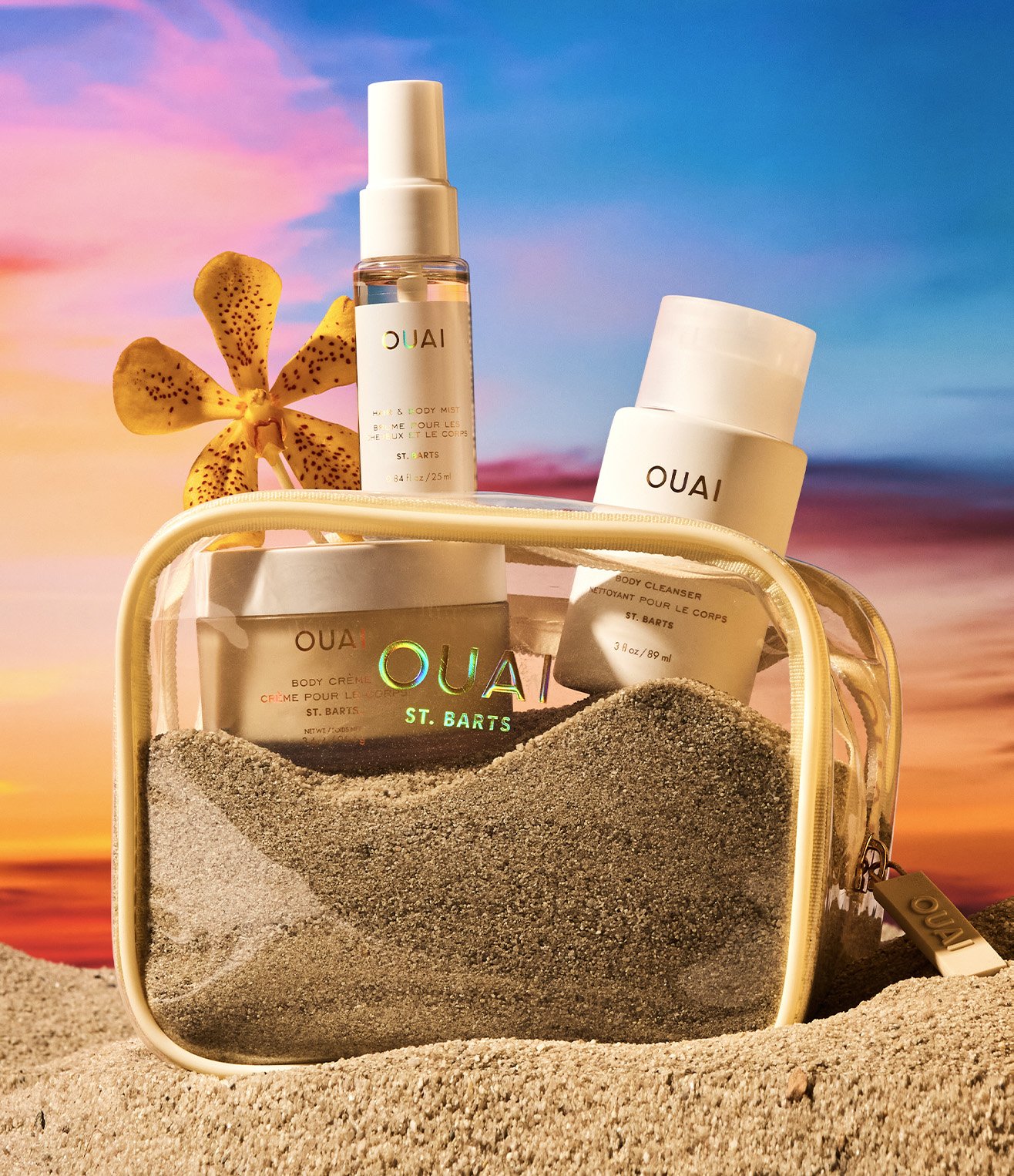
WANNA GET A-OUAI KIT
$36 Regular price $44


Merry On Melrose Place Kit
$38 Regular price $52


St Barts Travel Kit
$73 Regular price $86


OUAI Better Together Kit
$56 Regular price $66


Fine Hair Travel Kit
$46 Regular price $62


Medium Hair Travel Kit
$46 Regular price $62


Thick Hair Travel Kit
$46 Regular price $62

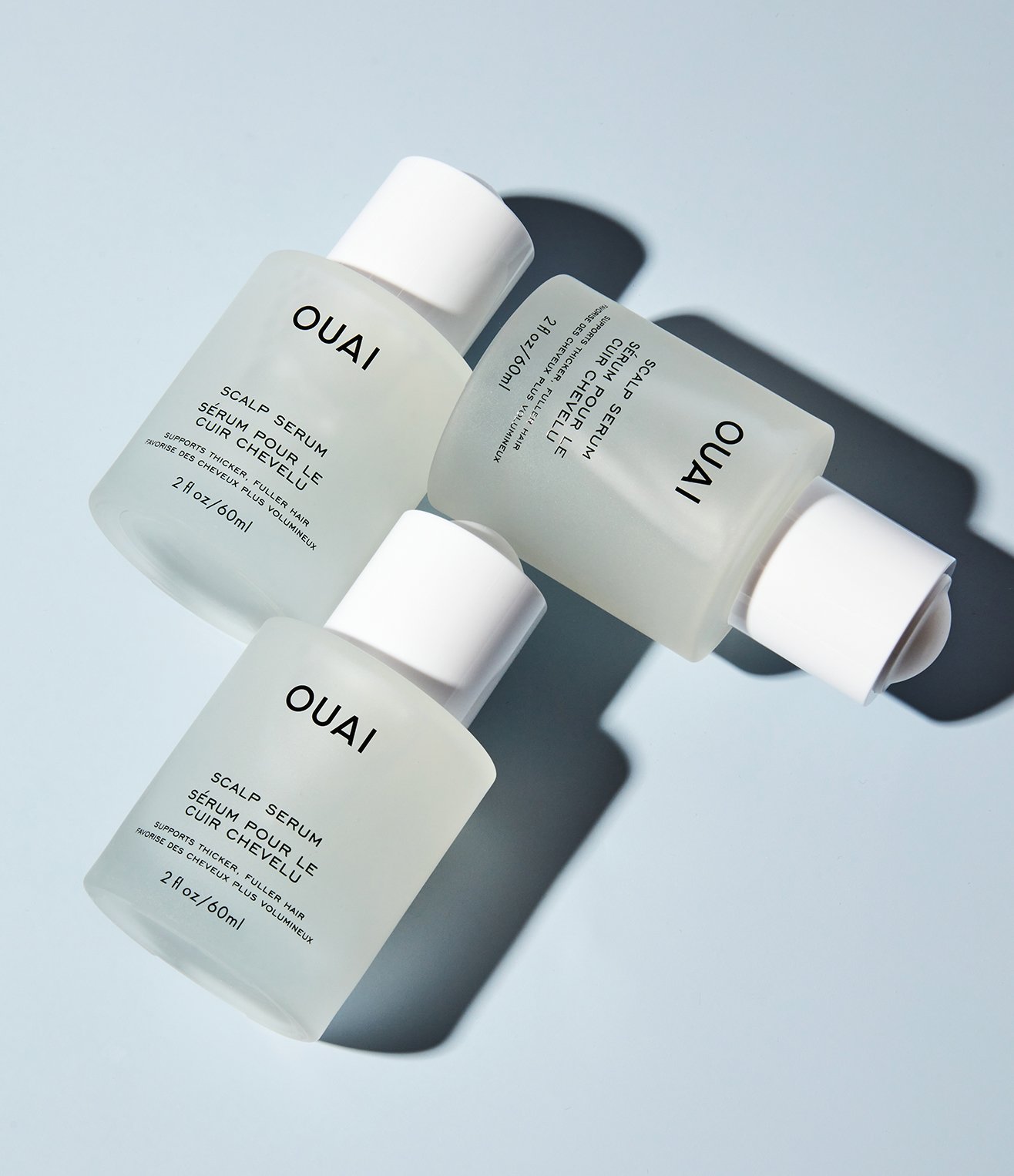
DROP OUAI EVERY DAY KIT (90-DAY SUPPLY)
$105 Regular price $162
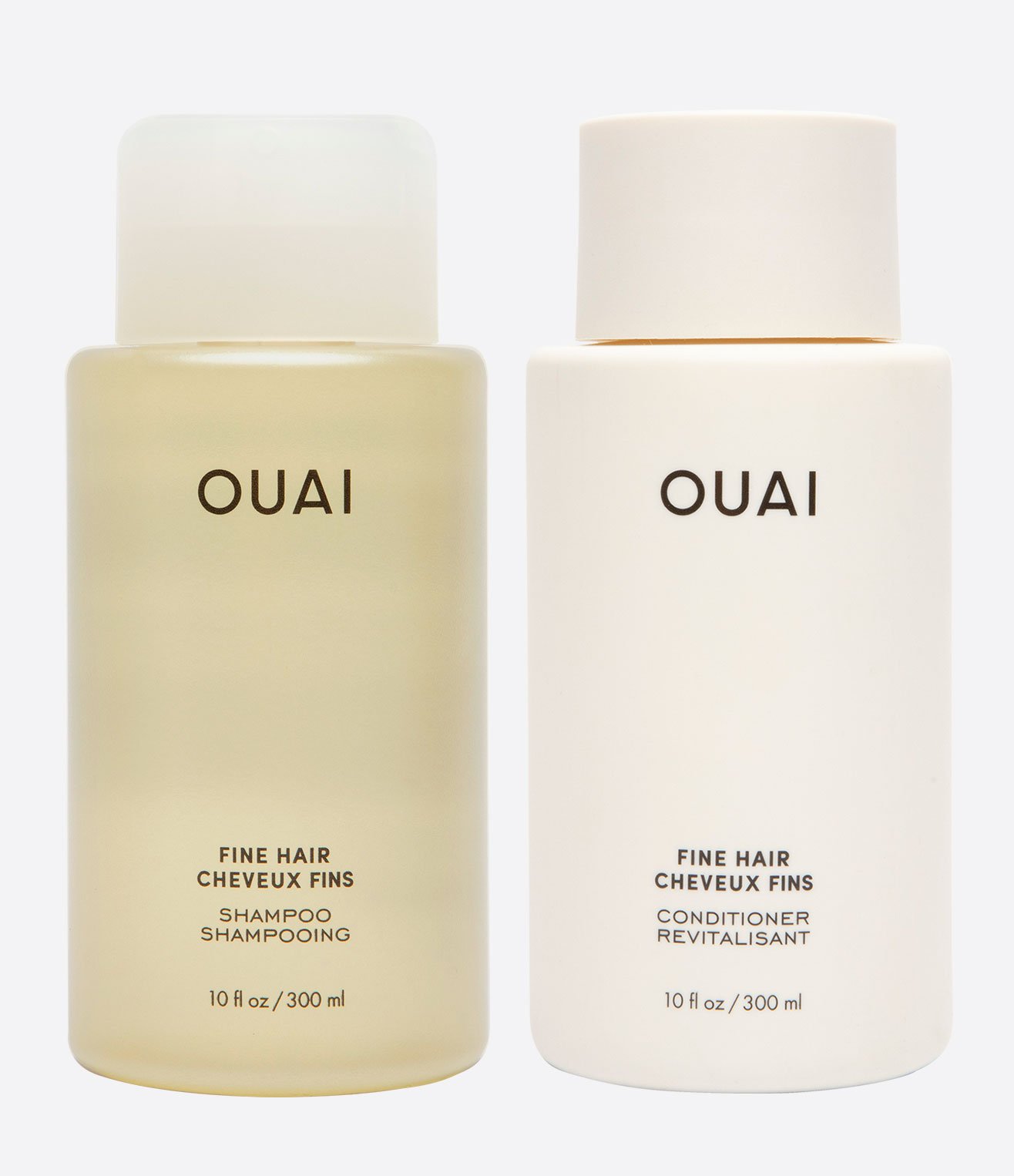

Fine Hair Shampoo and Conditioner
$64

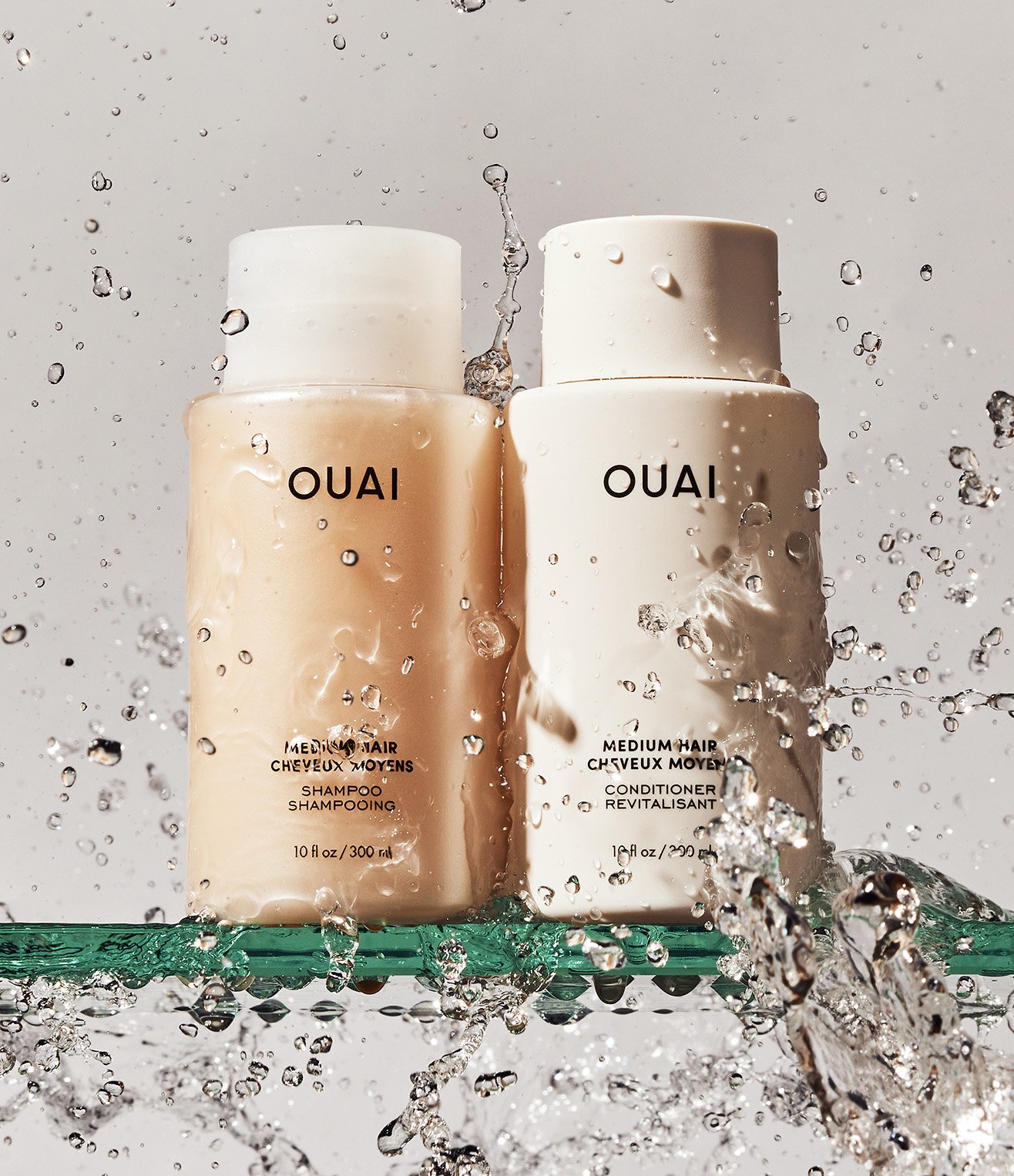
Medium Hair Shampoo & Conditioner
$64


OUAI To Go Refillable Travel Bottle Kit
$30

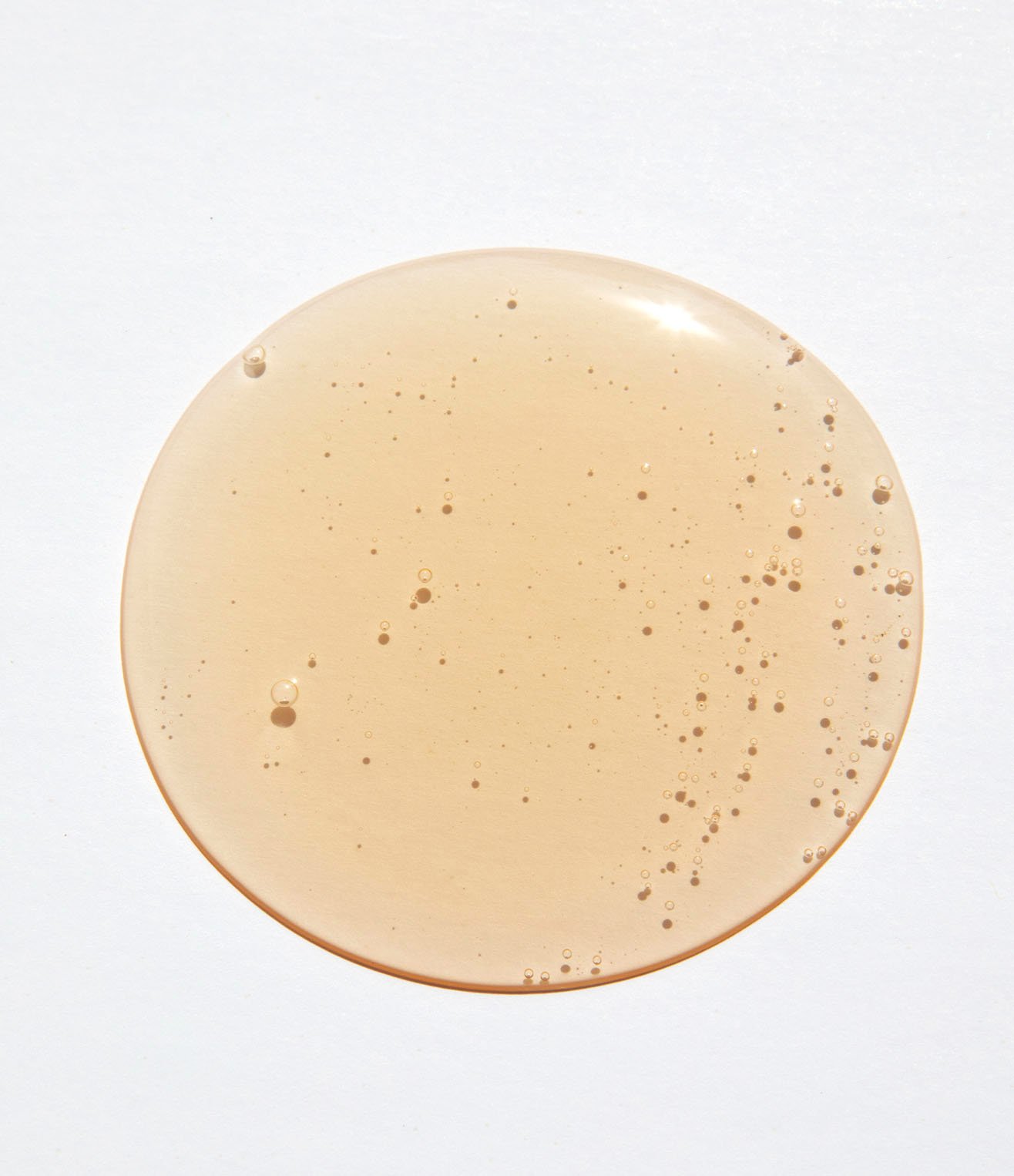
Detox Shampoo Travel
$16
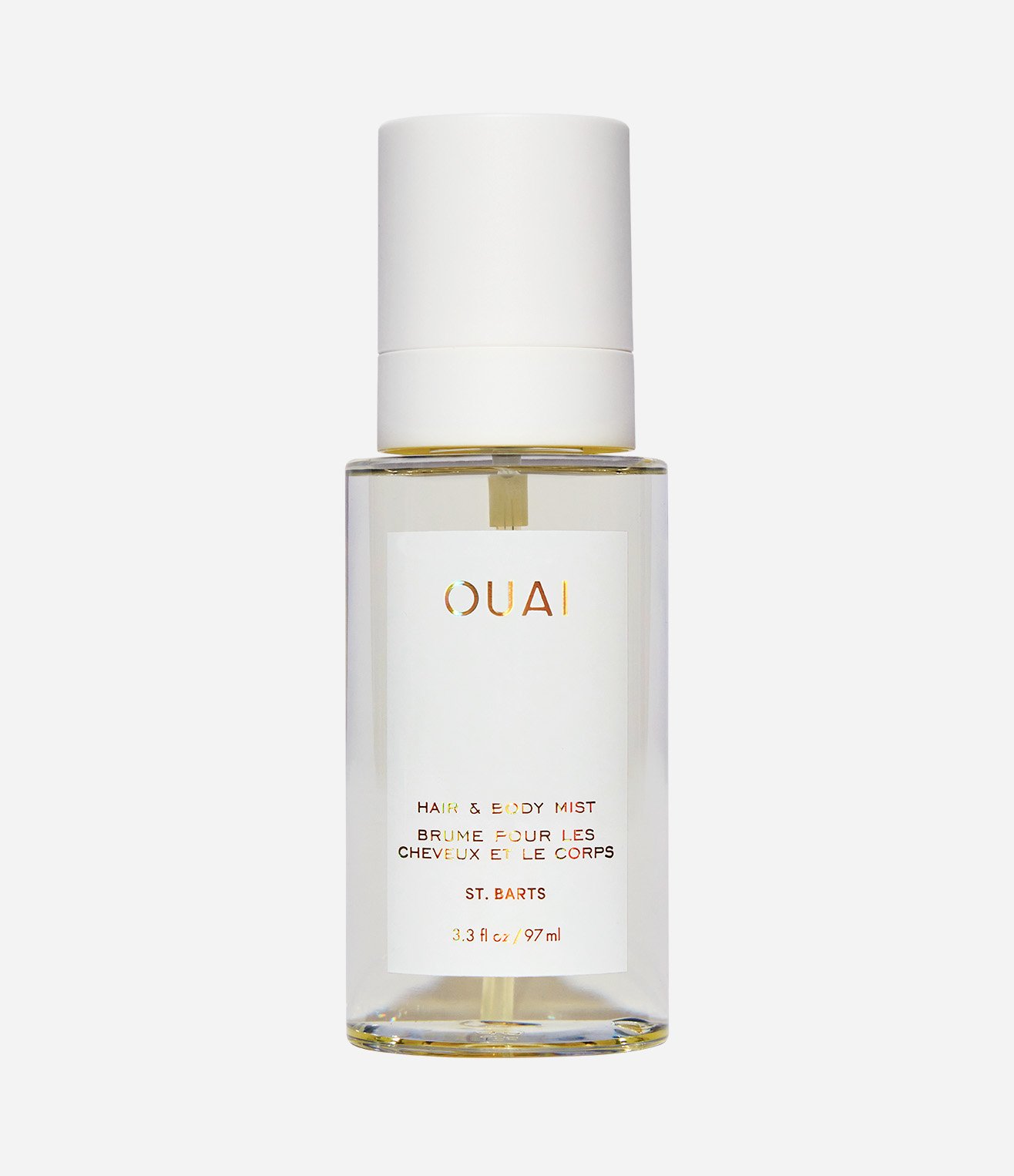
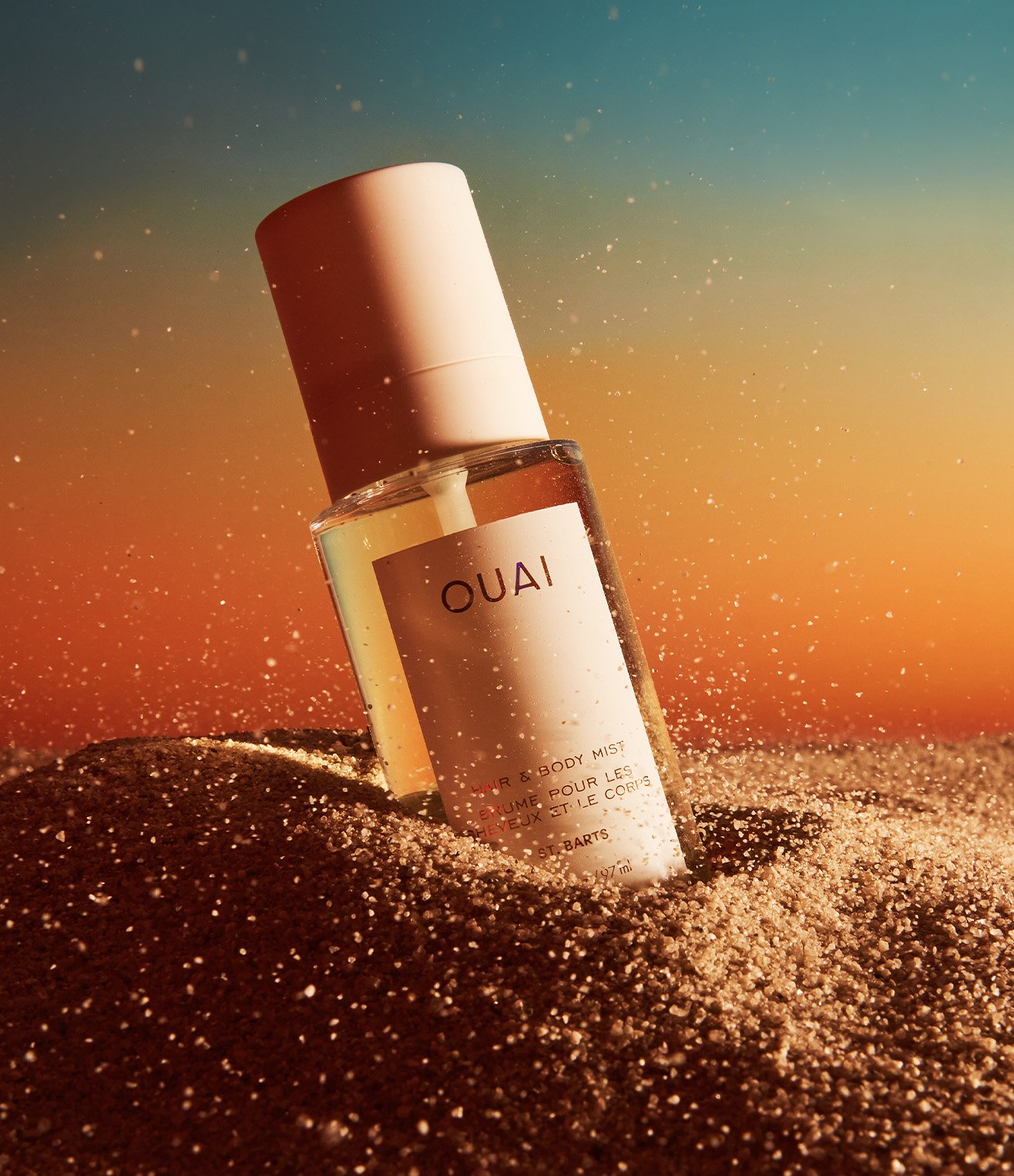
Hair and Body Mist Travel - St. Barts Scent
$28
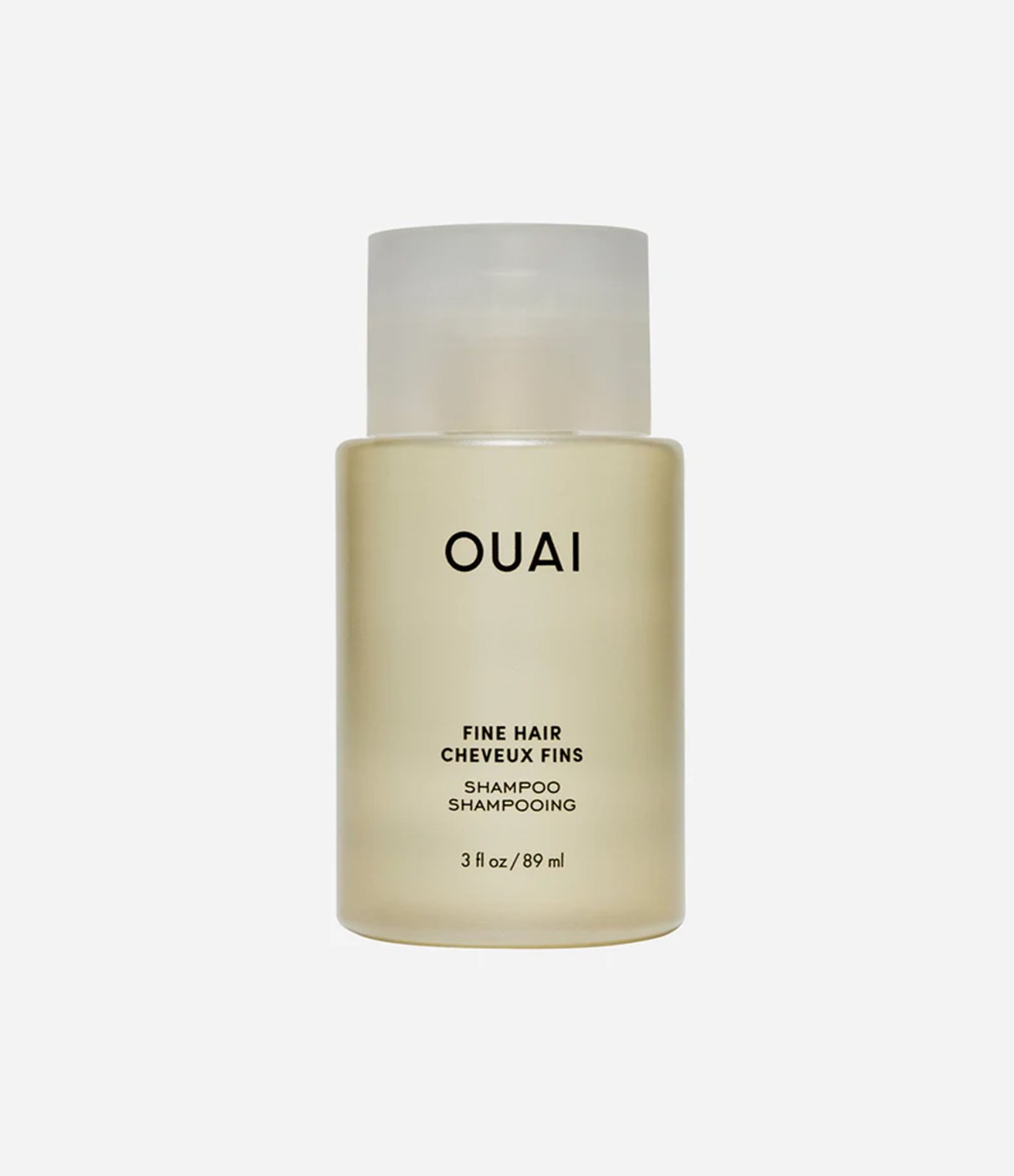
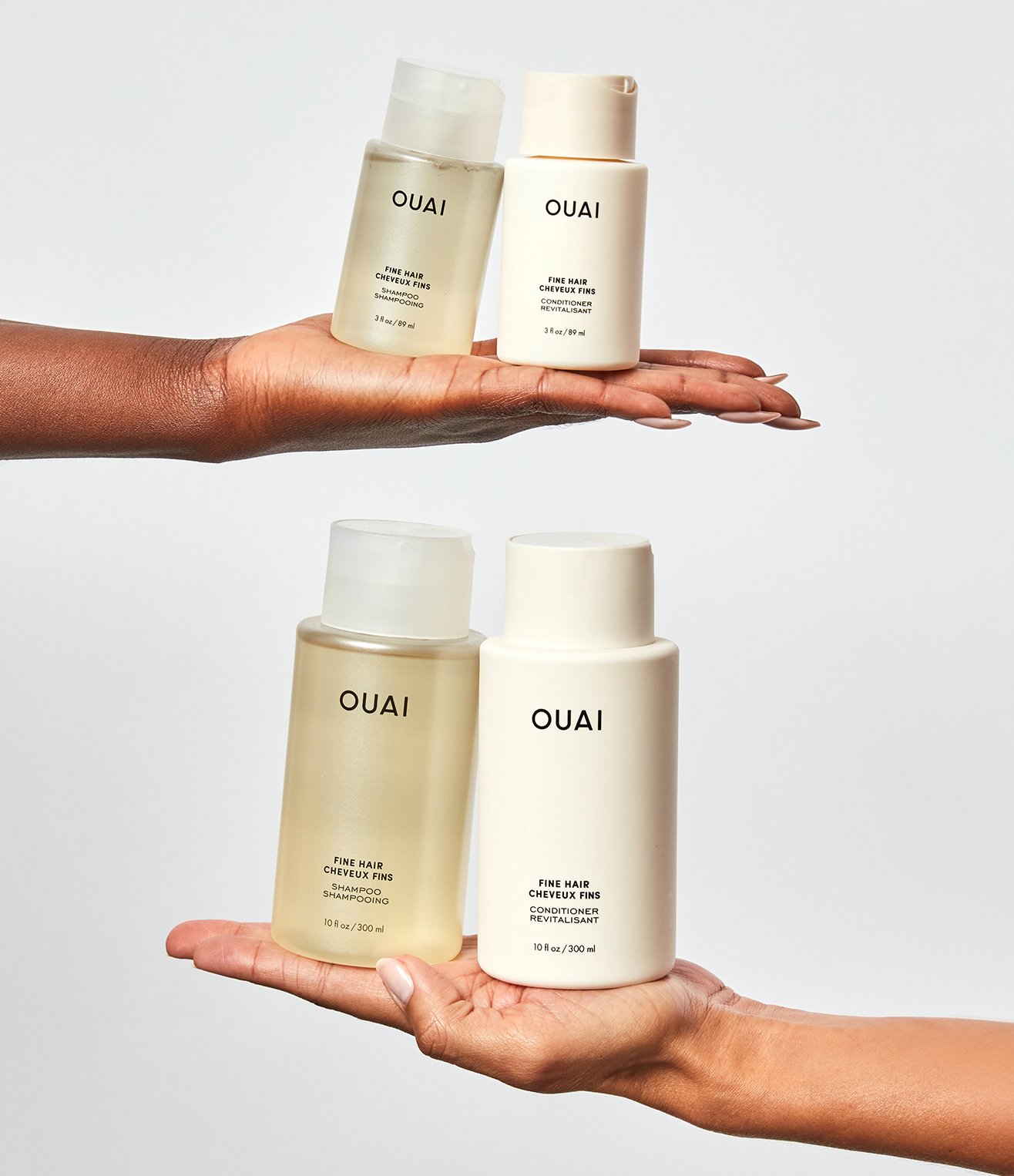
Fine Hair Shampoo Travel
$16
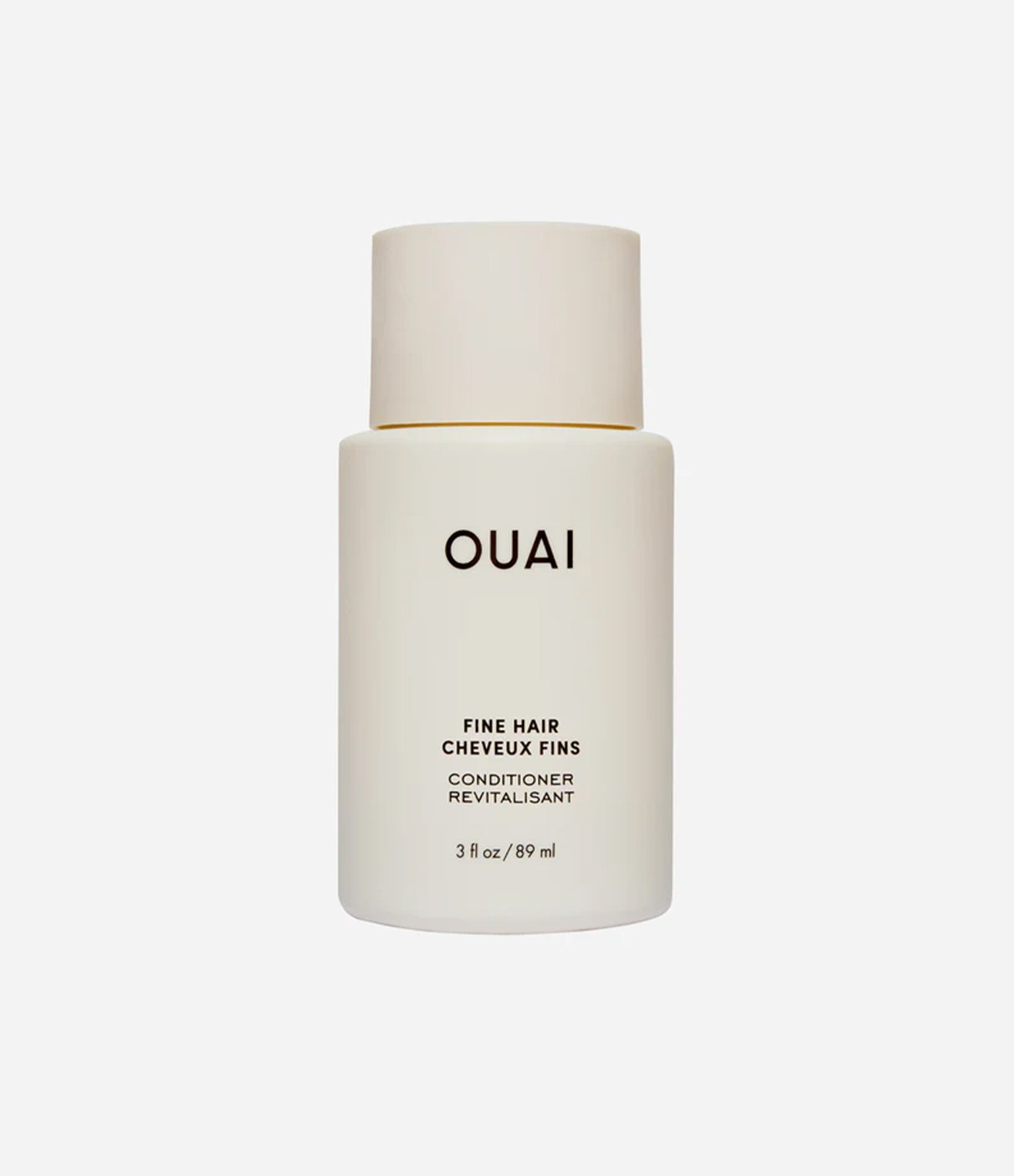
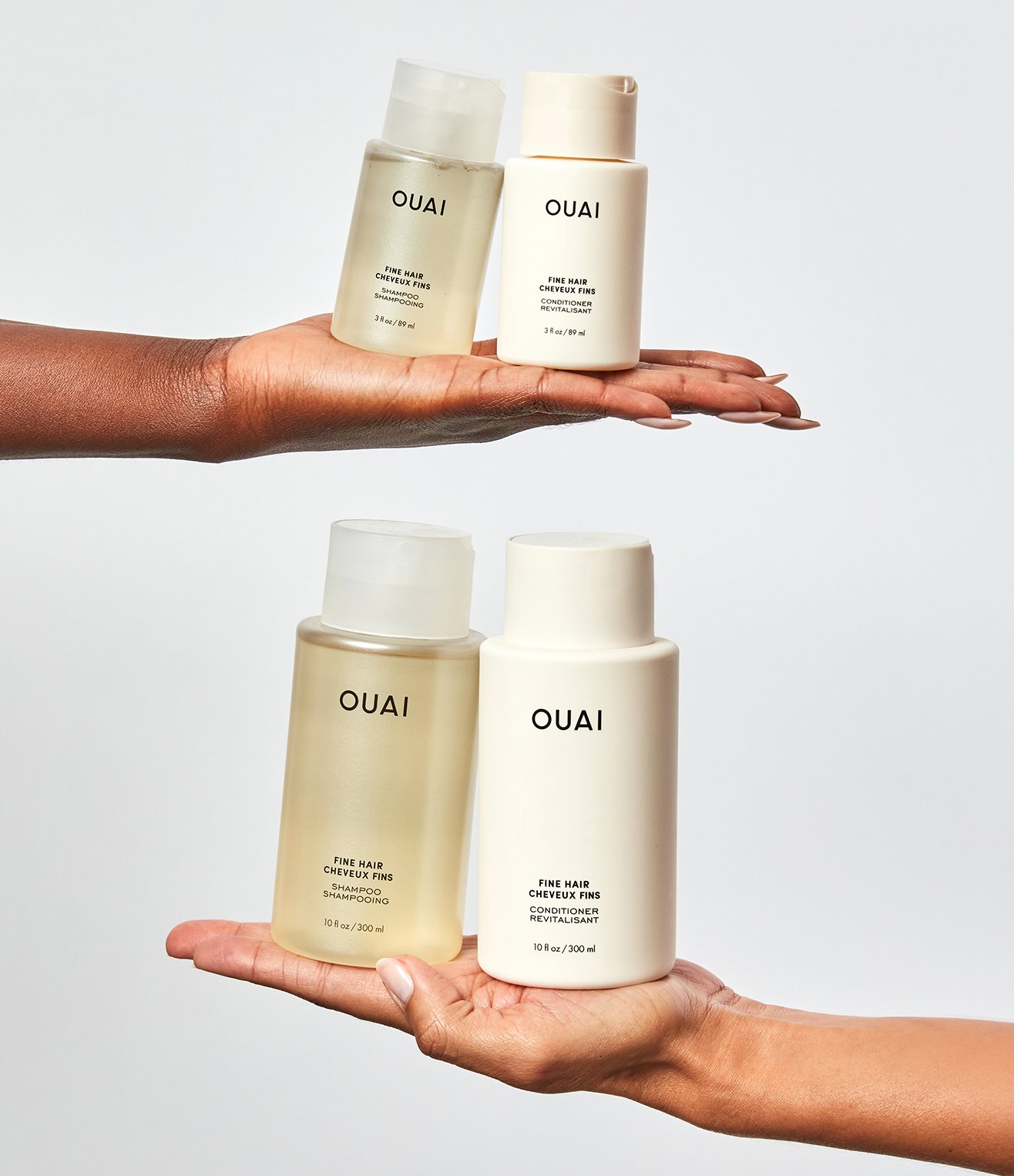
Fine Hair Conditioner Travel
$16

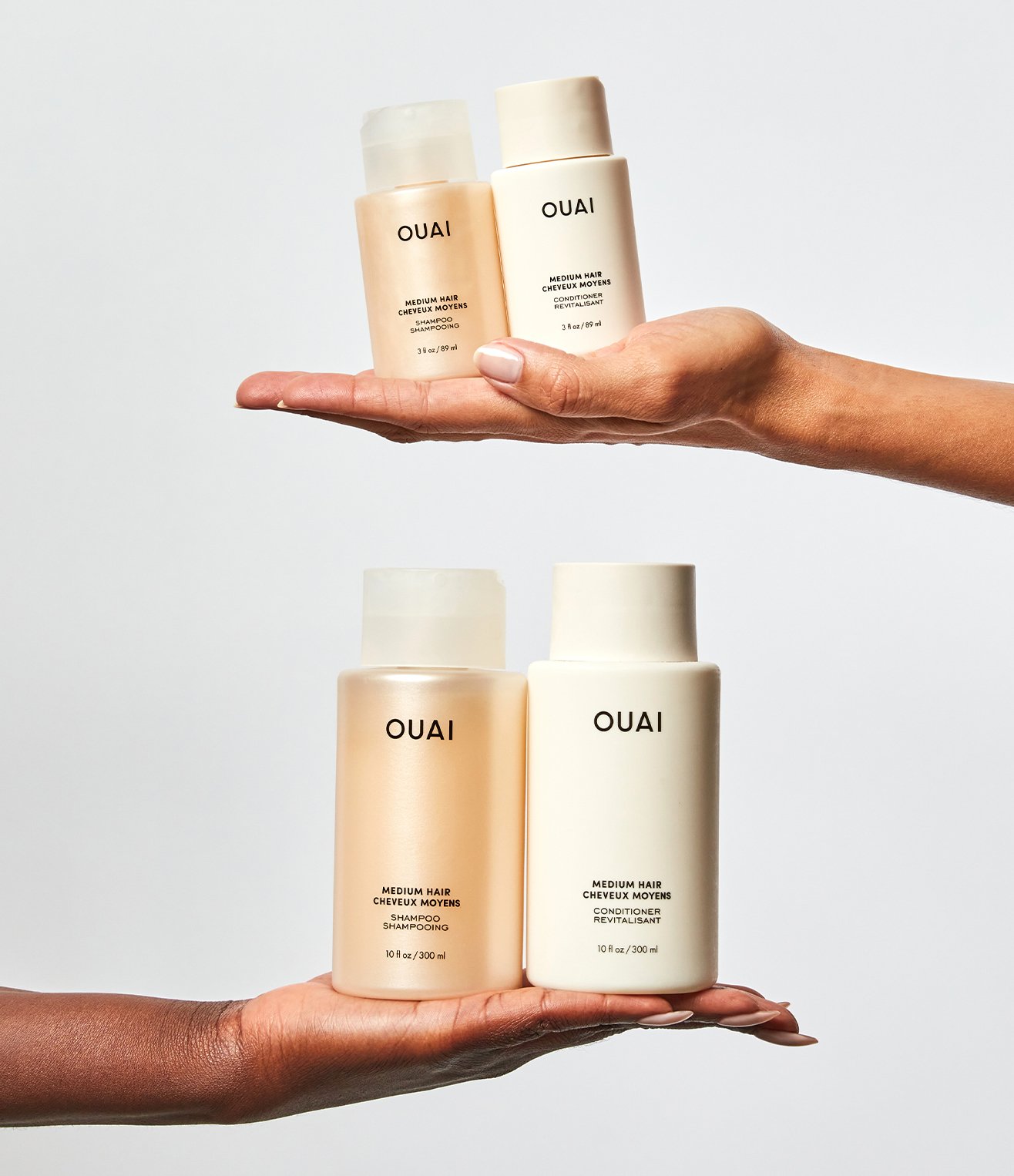
Medium Hair Shampoo Travel
$16
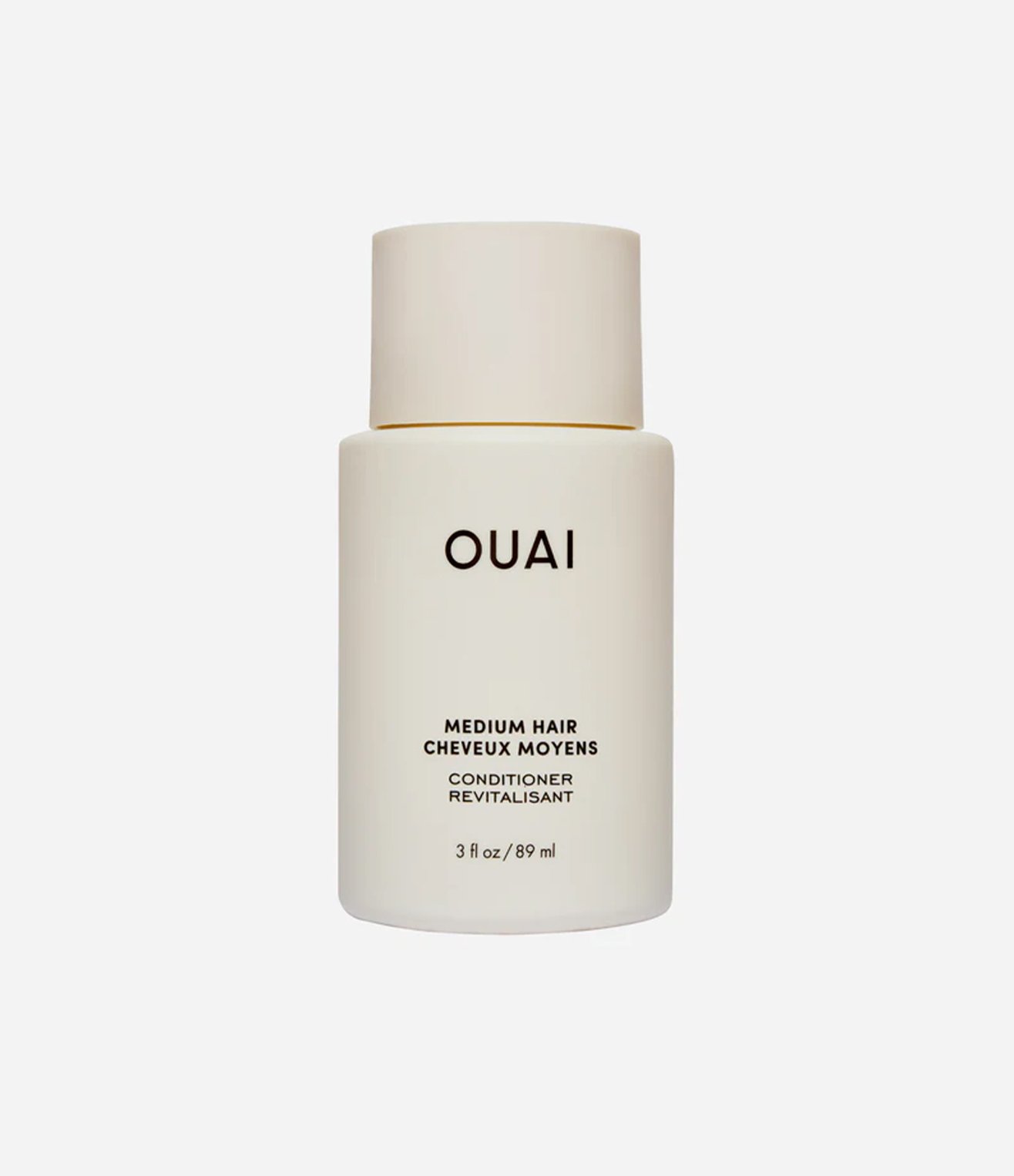
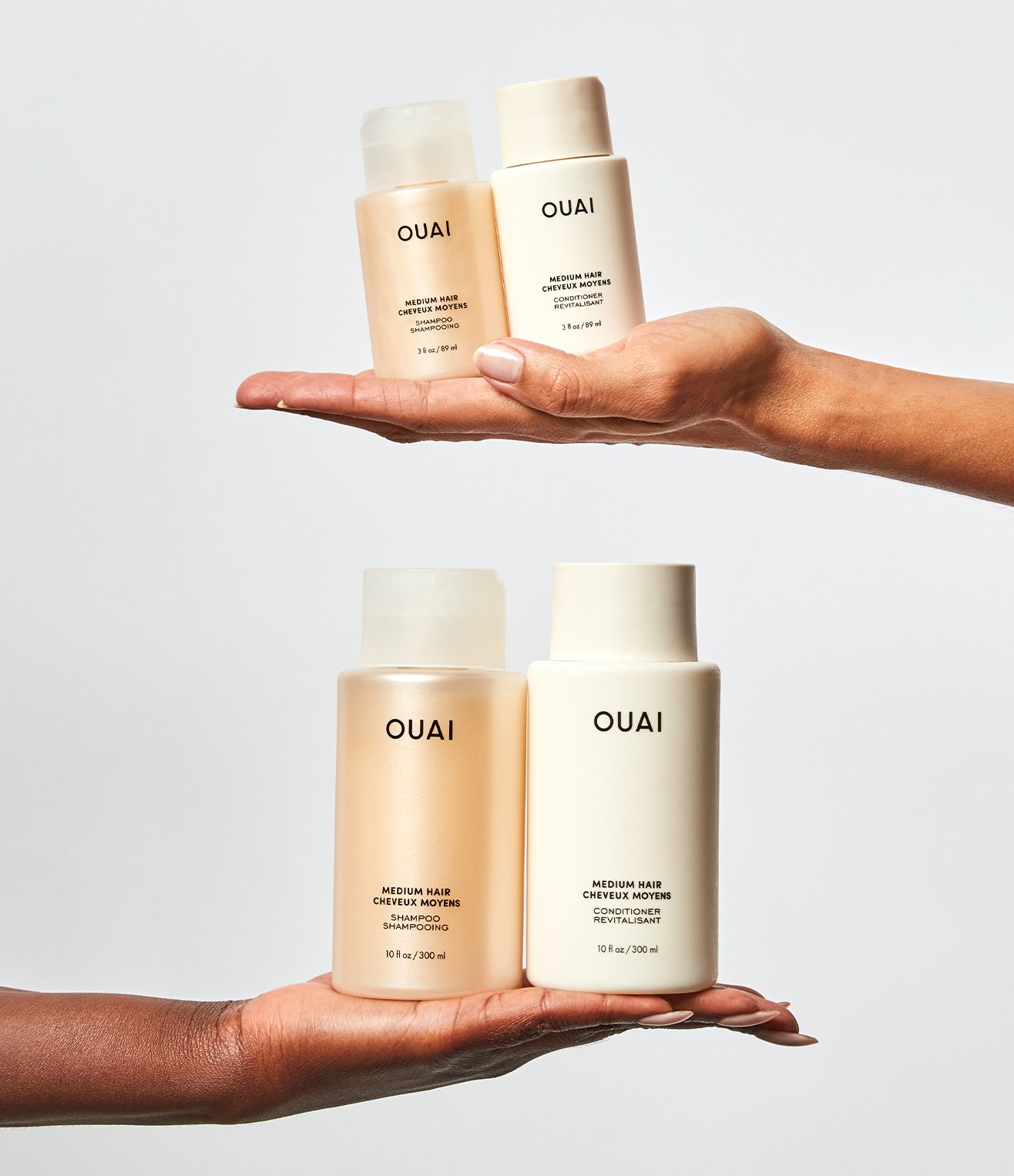
Medium Hair Conditioner Travel
$16
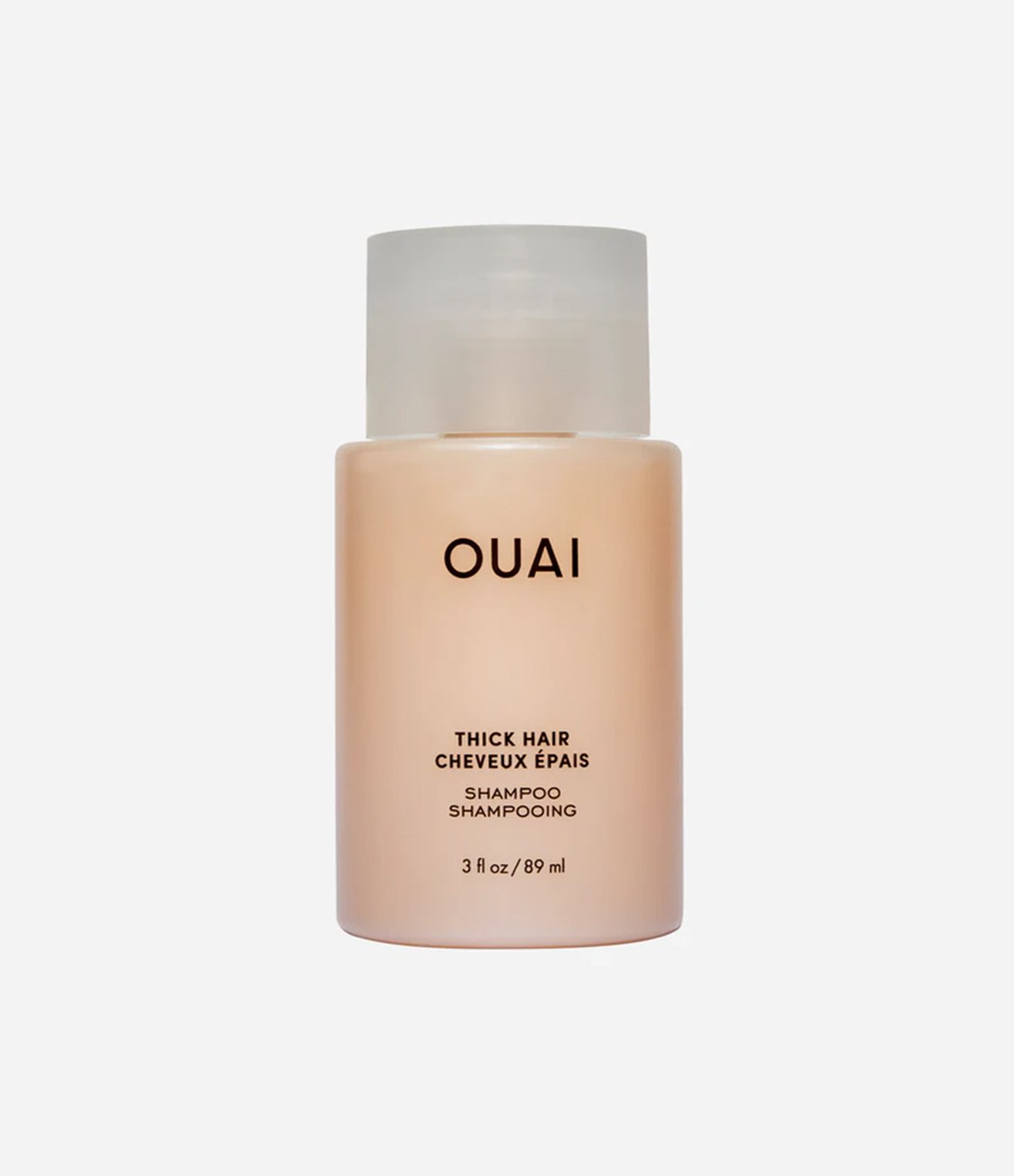
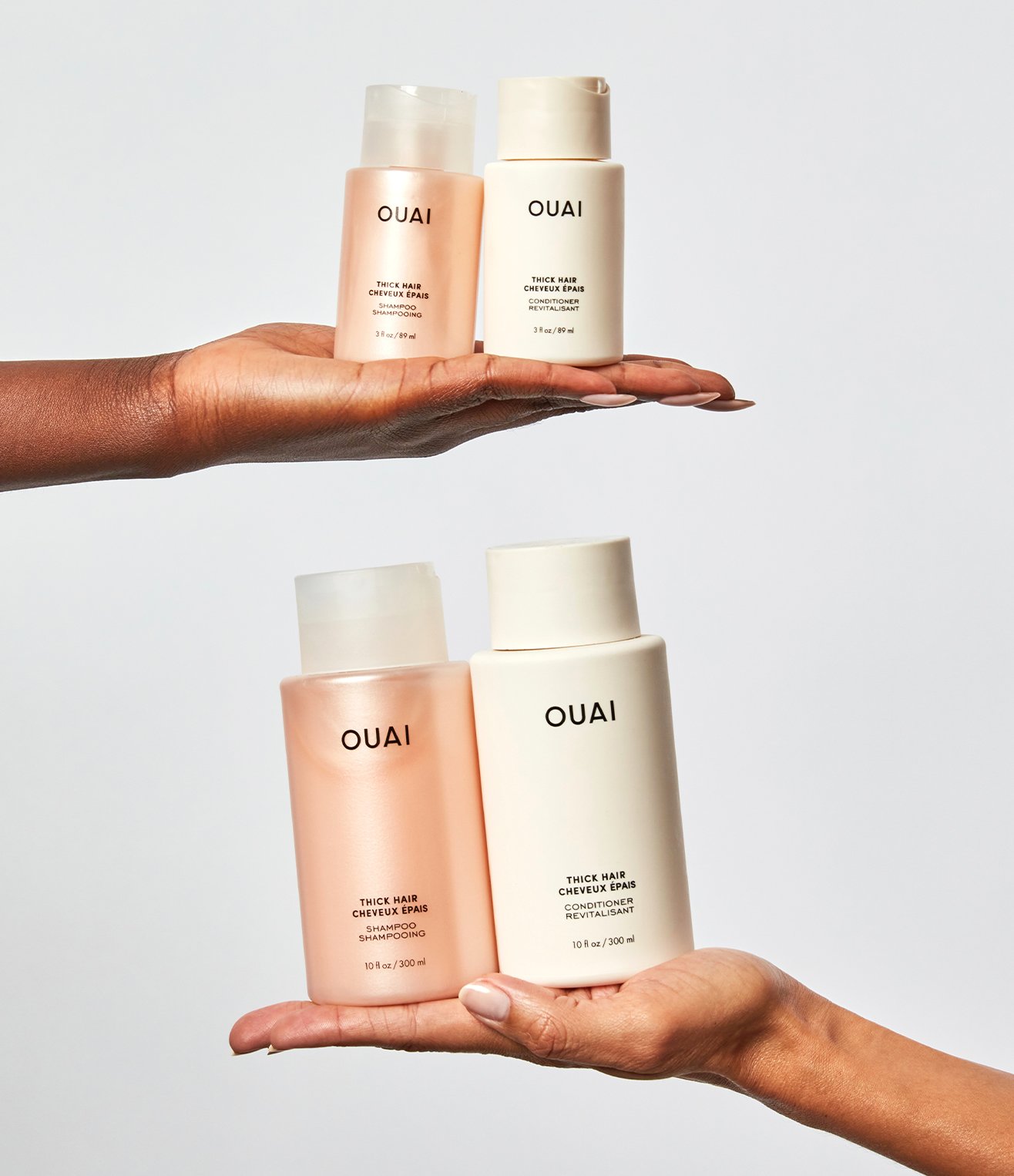
Thick Hair Shampoo Travel
$16
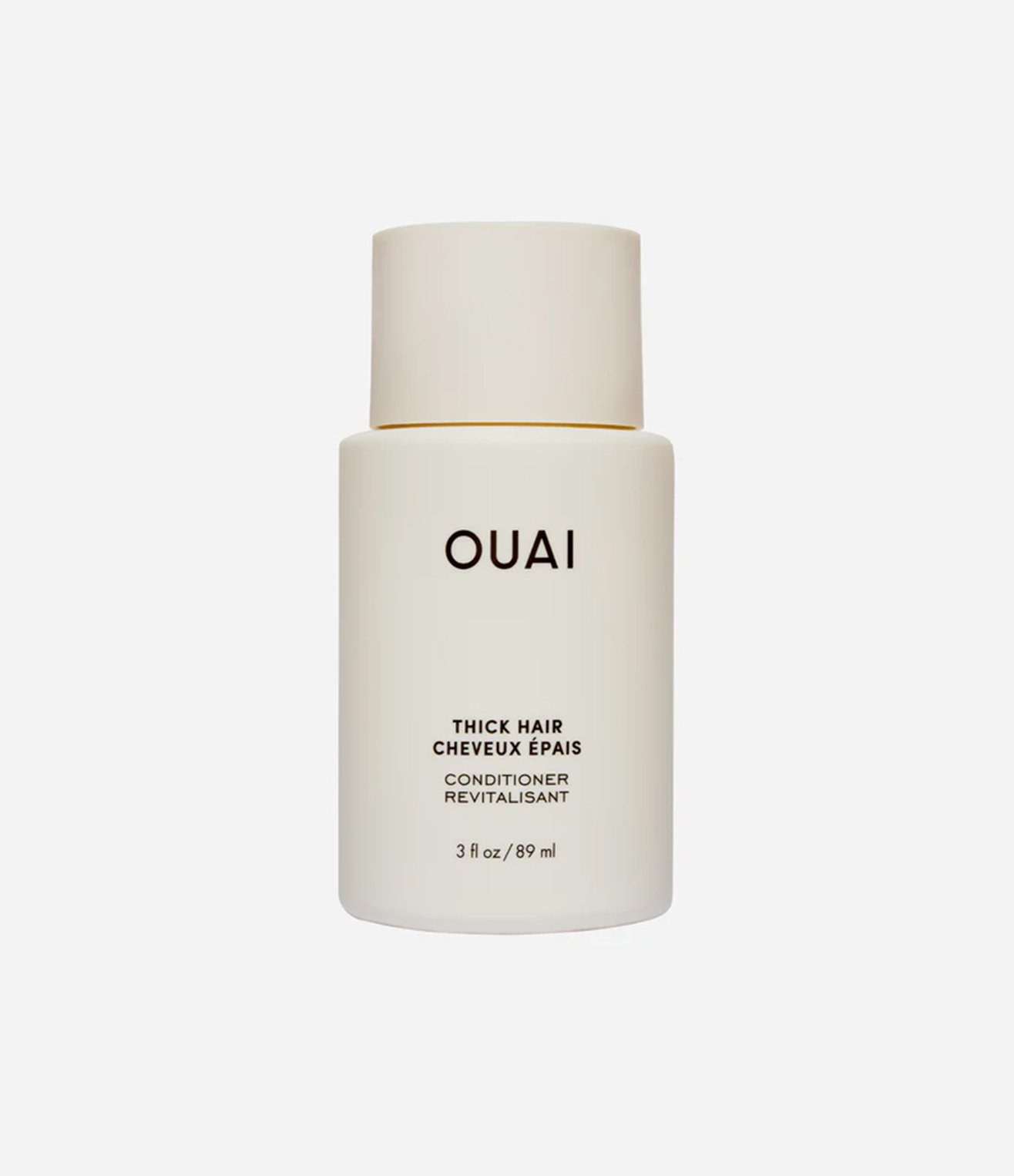
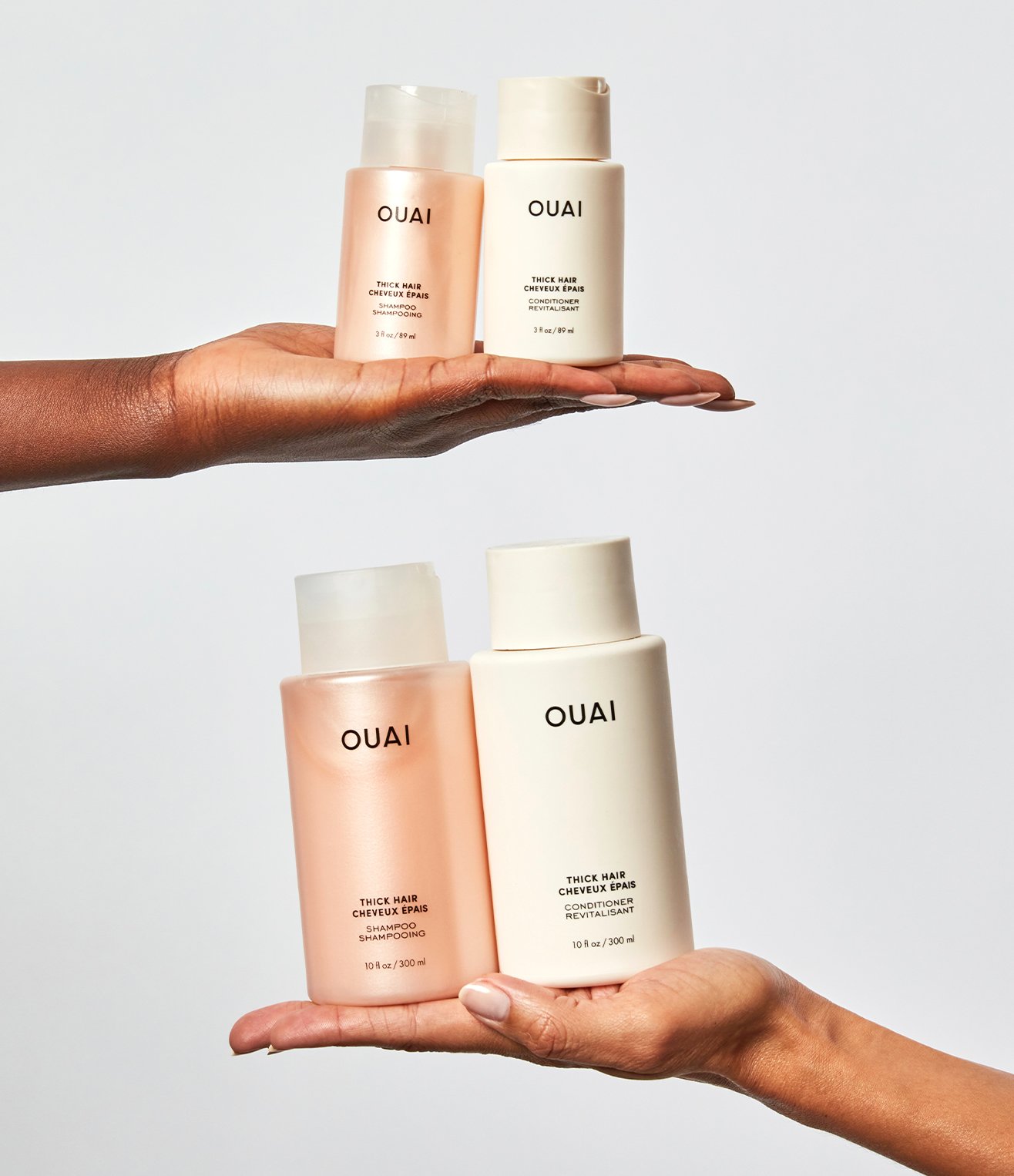
Thick Hair Conditioner Travel
$16
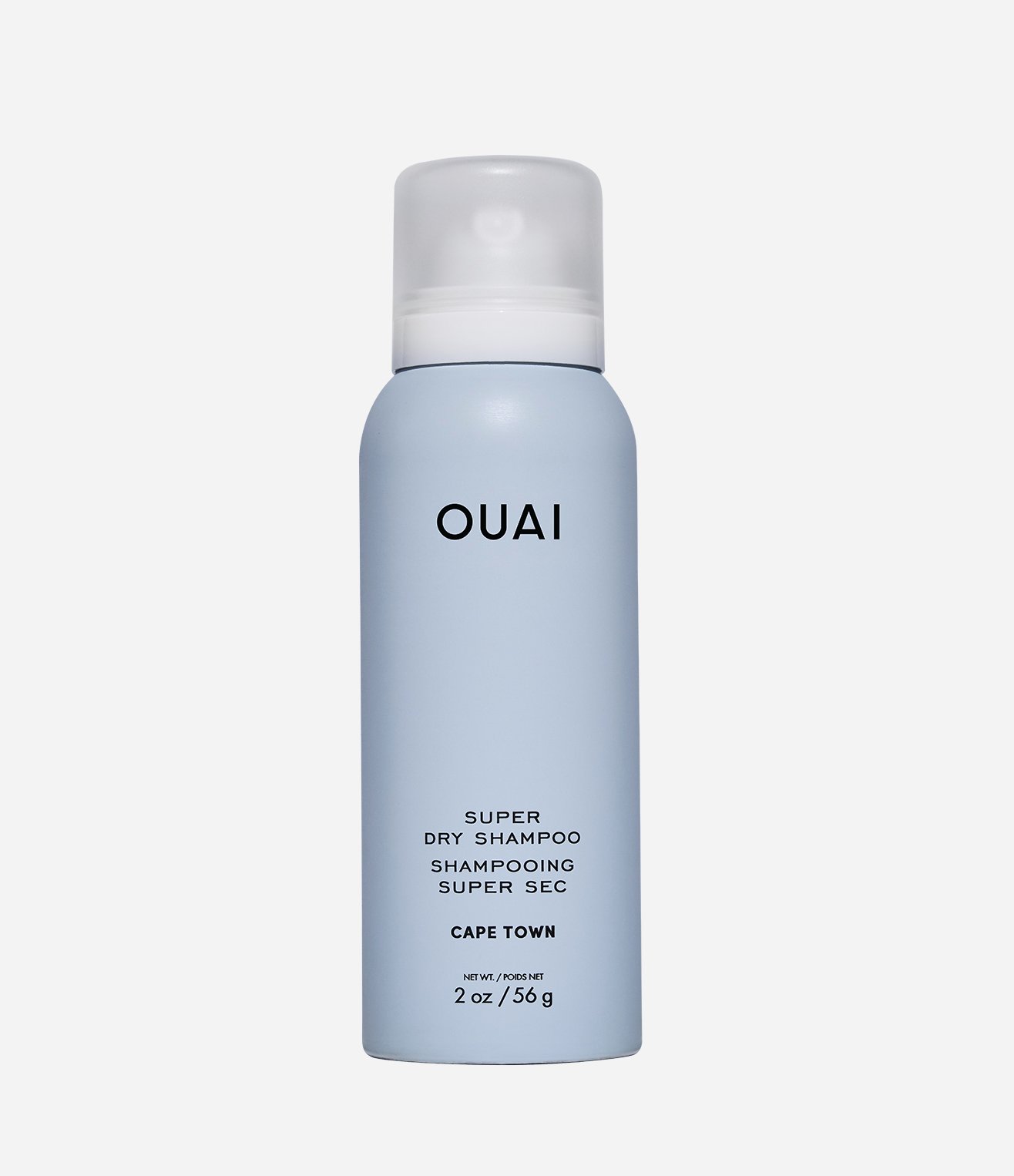
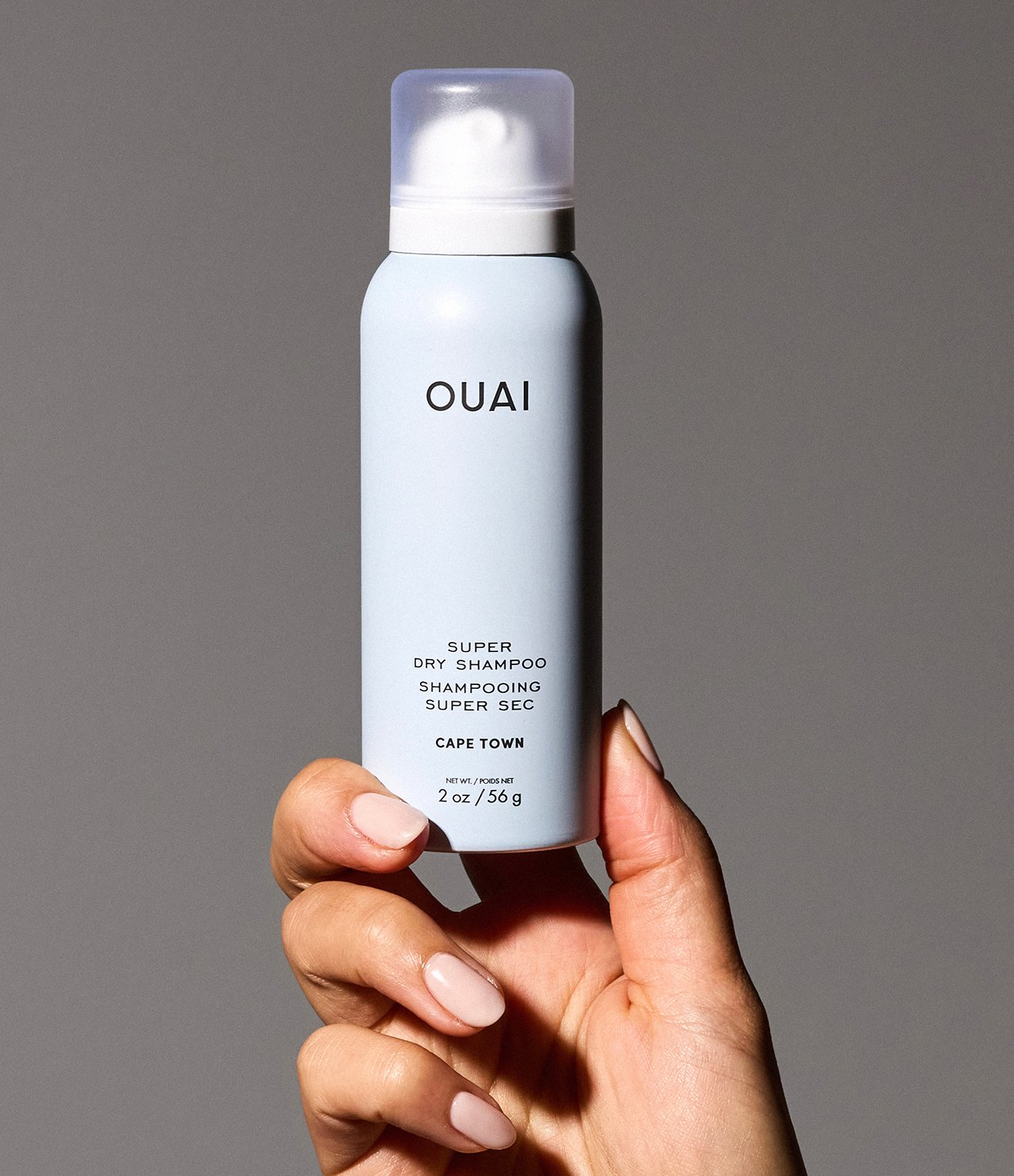
Super Dry Shampoo Travel - Cape Town
$16
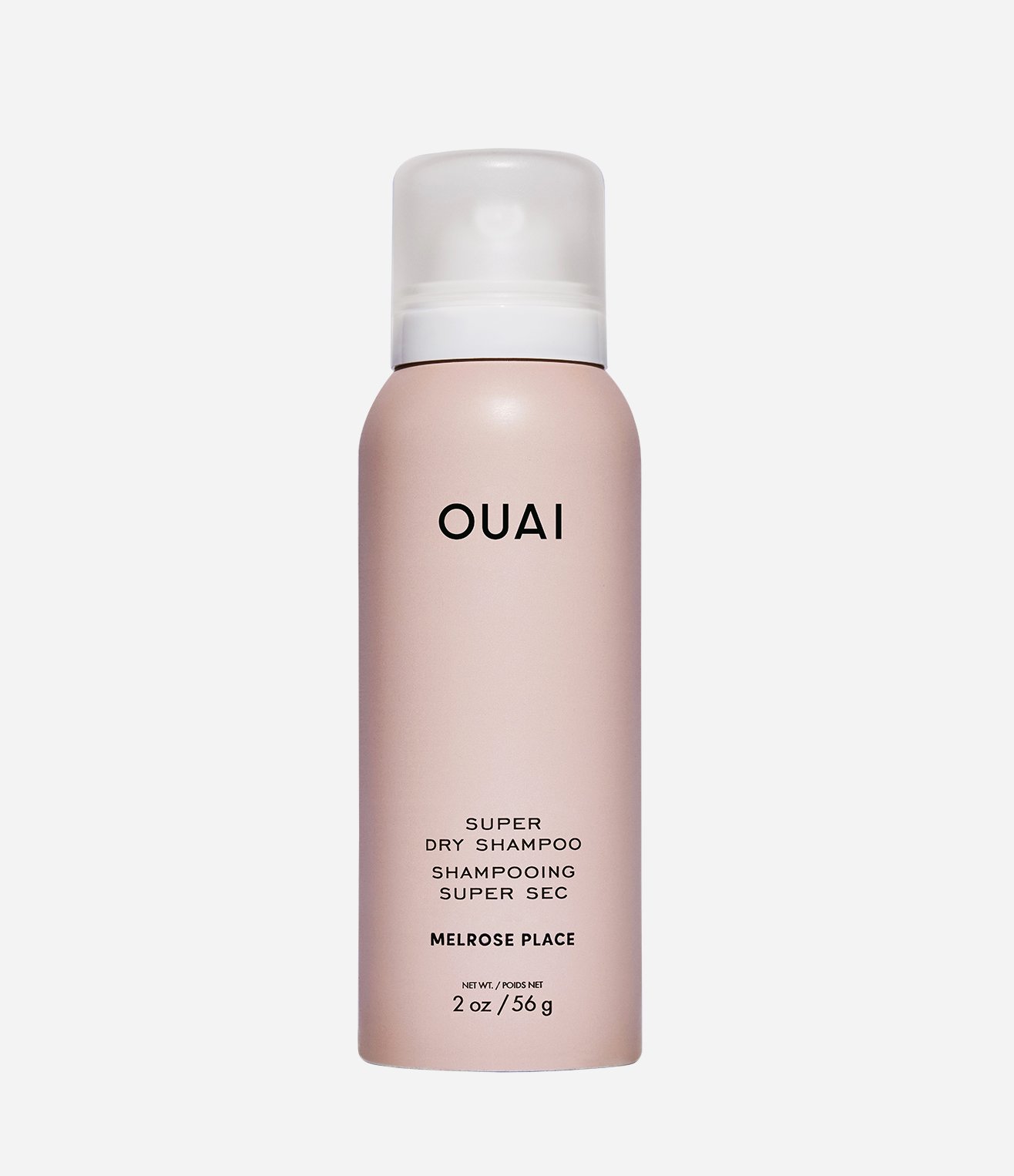
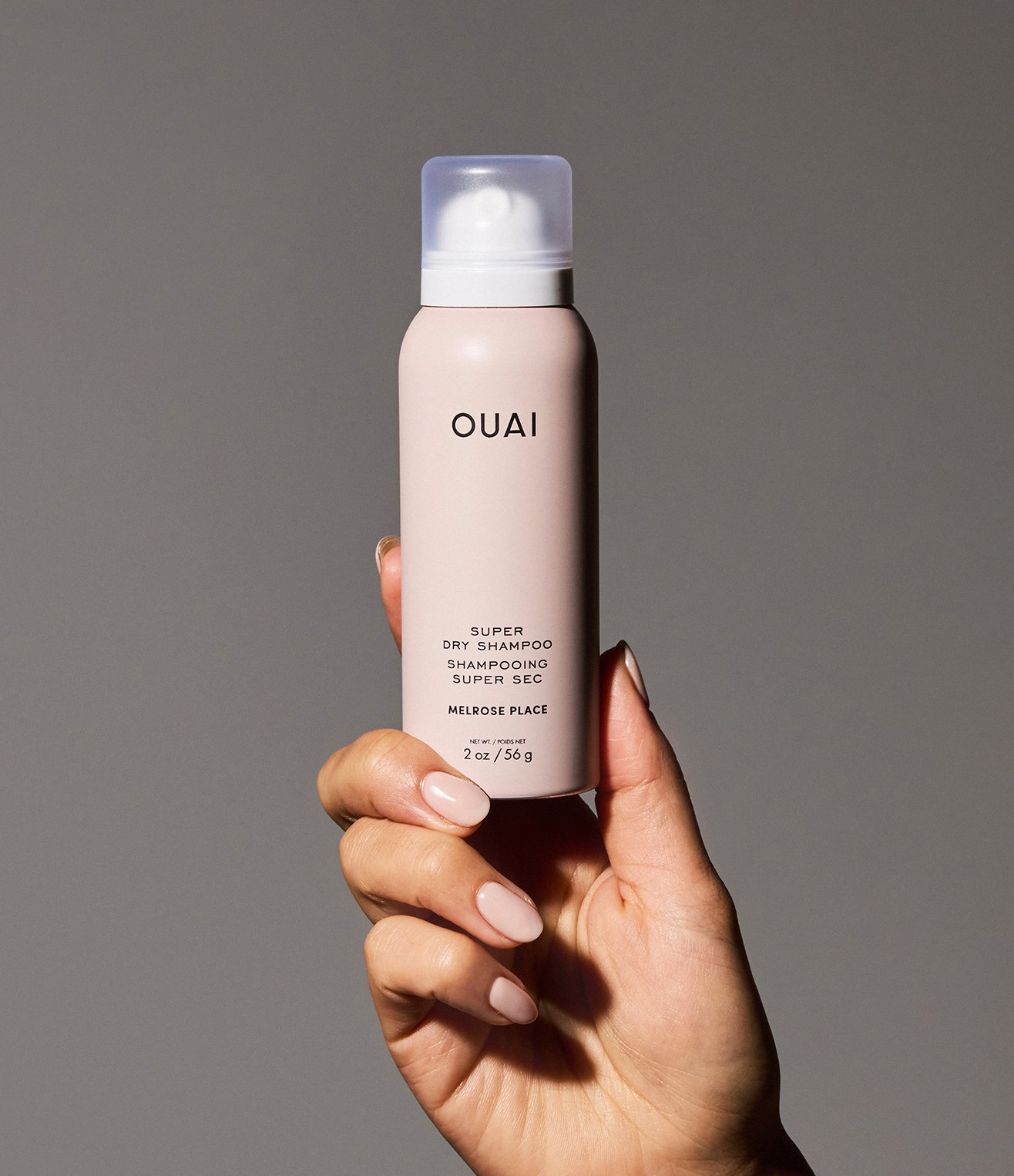
Super Dry Shampoo Travel - Melrose Place
$16

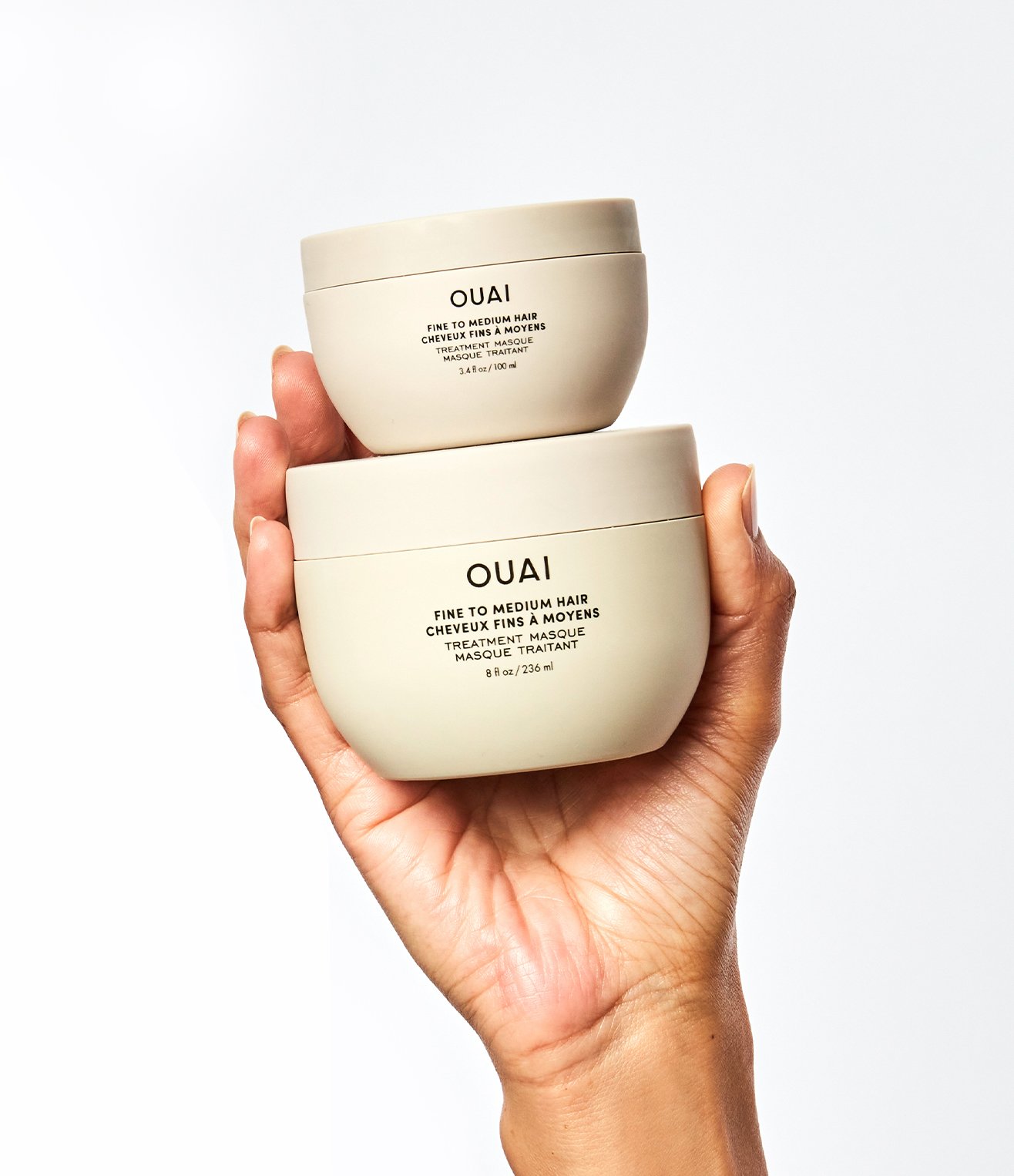
Fine to Medium Hair Treatment Masque Travel
$22
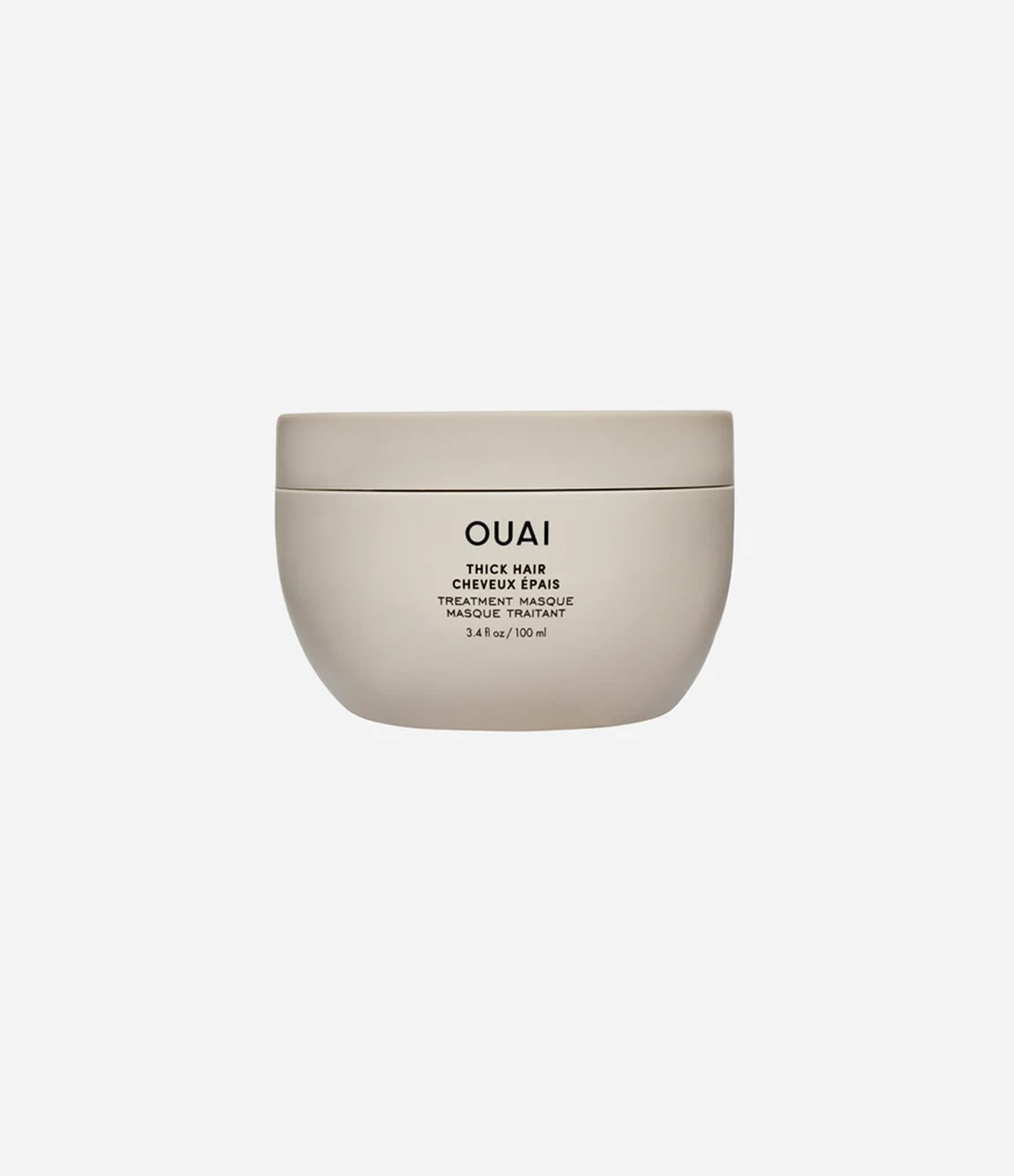
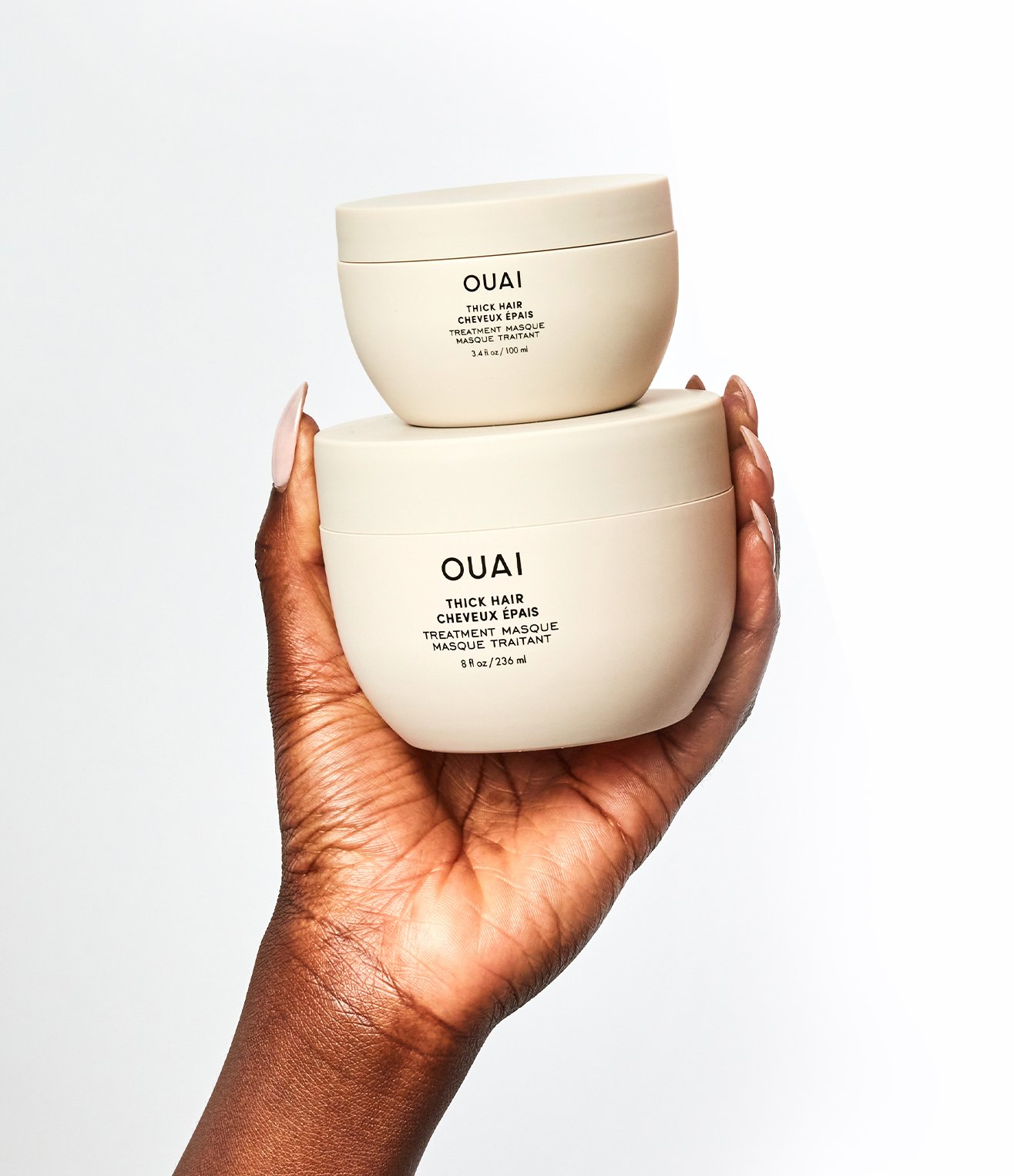
Thick Hair Treatment Masque Travel
$22


Body Cleanser Travel - St. Barts Scent
$14

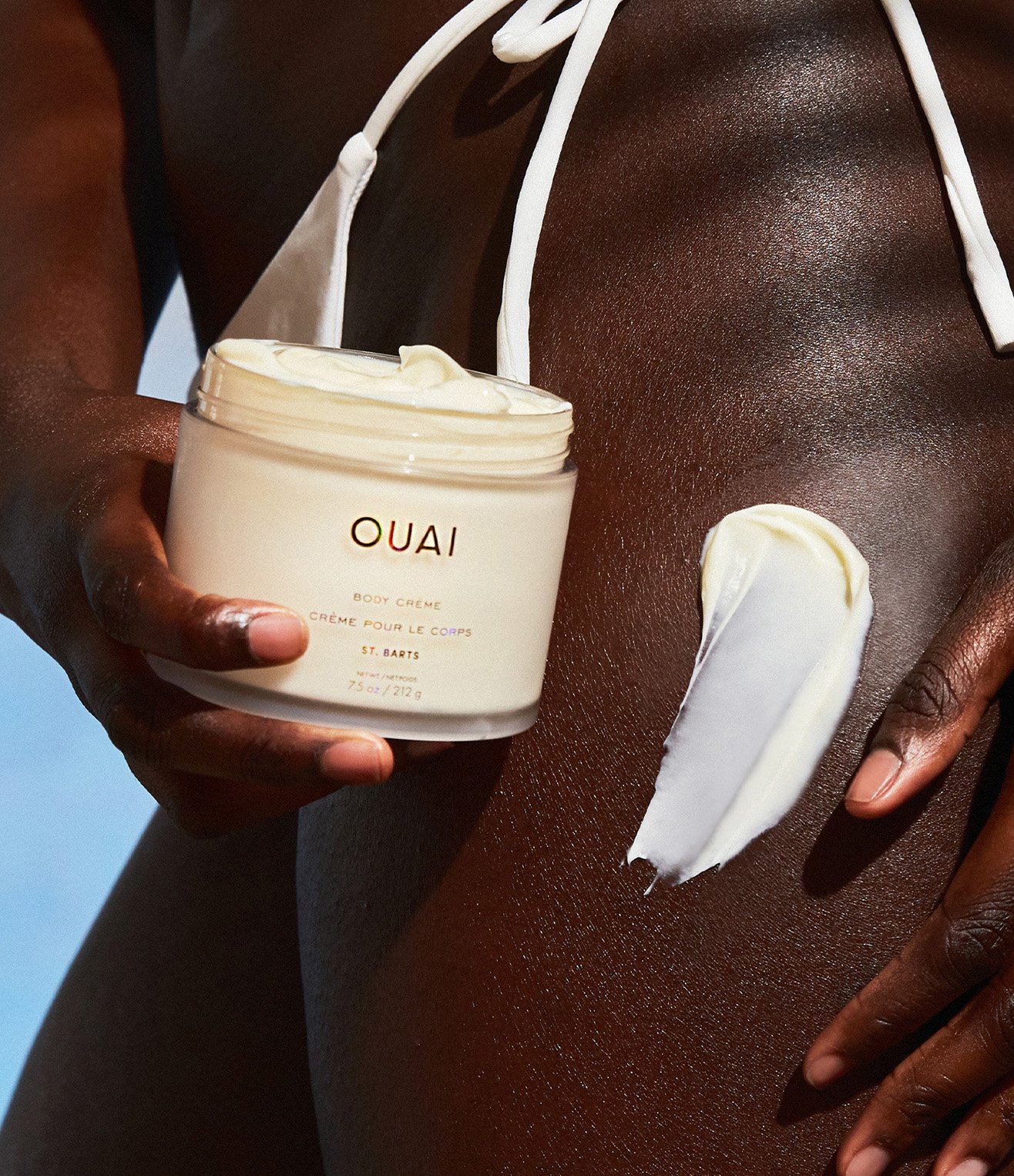
Body Crème Travel - St. Barts Scent
$22


Melrose Place Body Cleanser Travel
$14

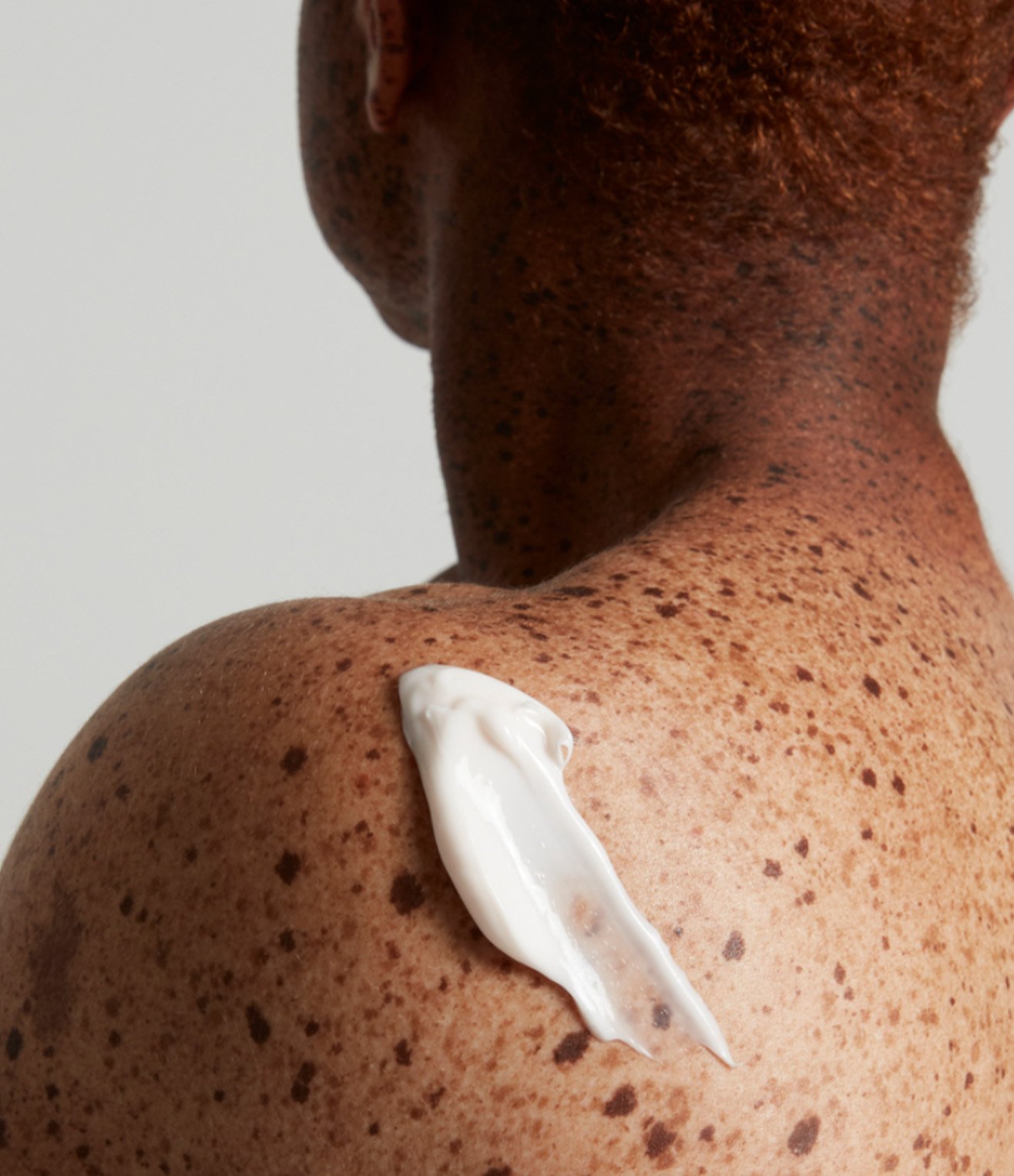
Melrose Place Body Crème Travel
$22
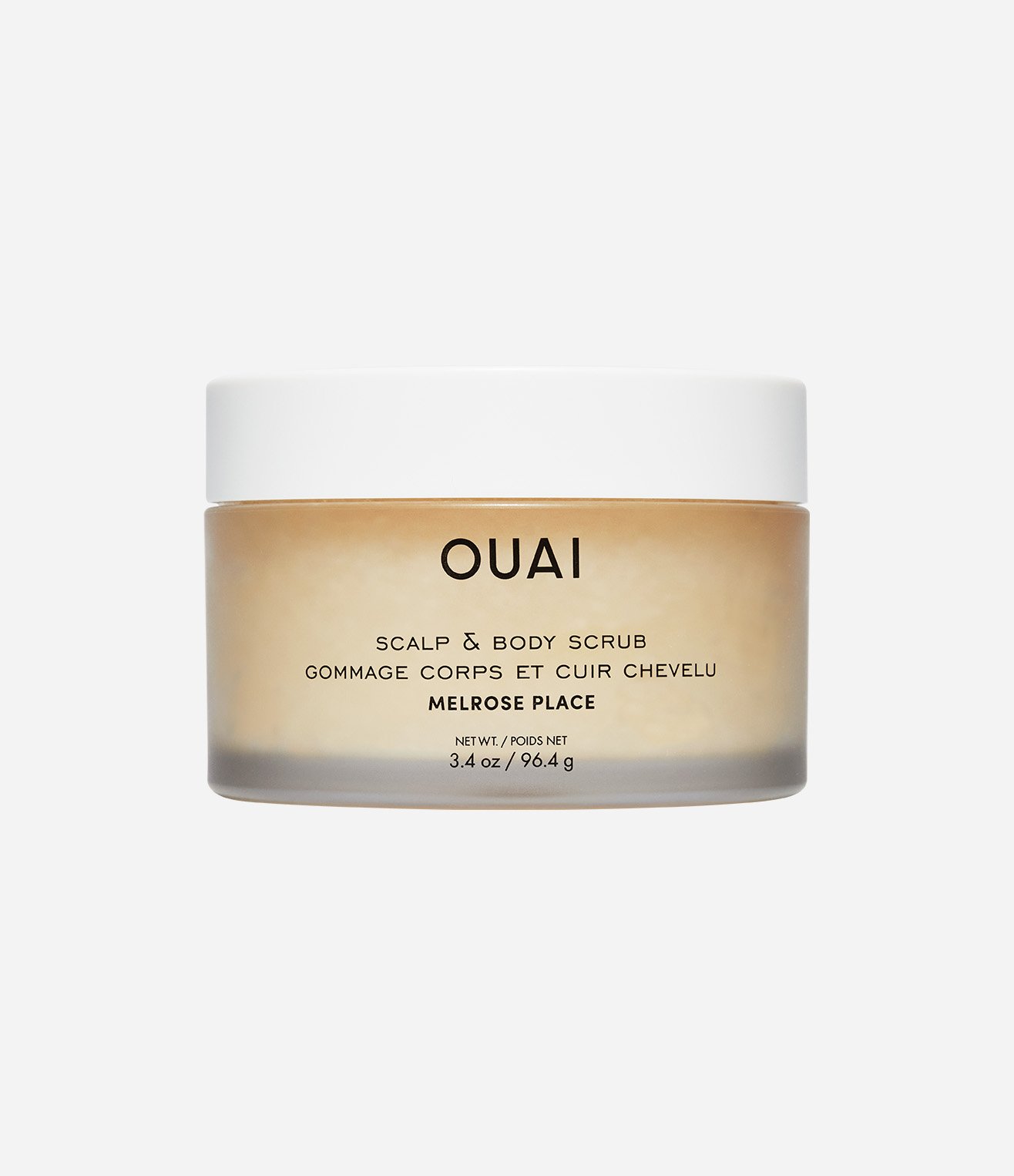

Scalp and Body Scrub Travel
$22
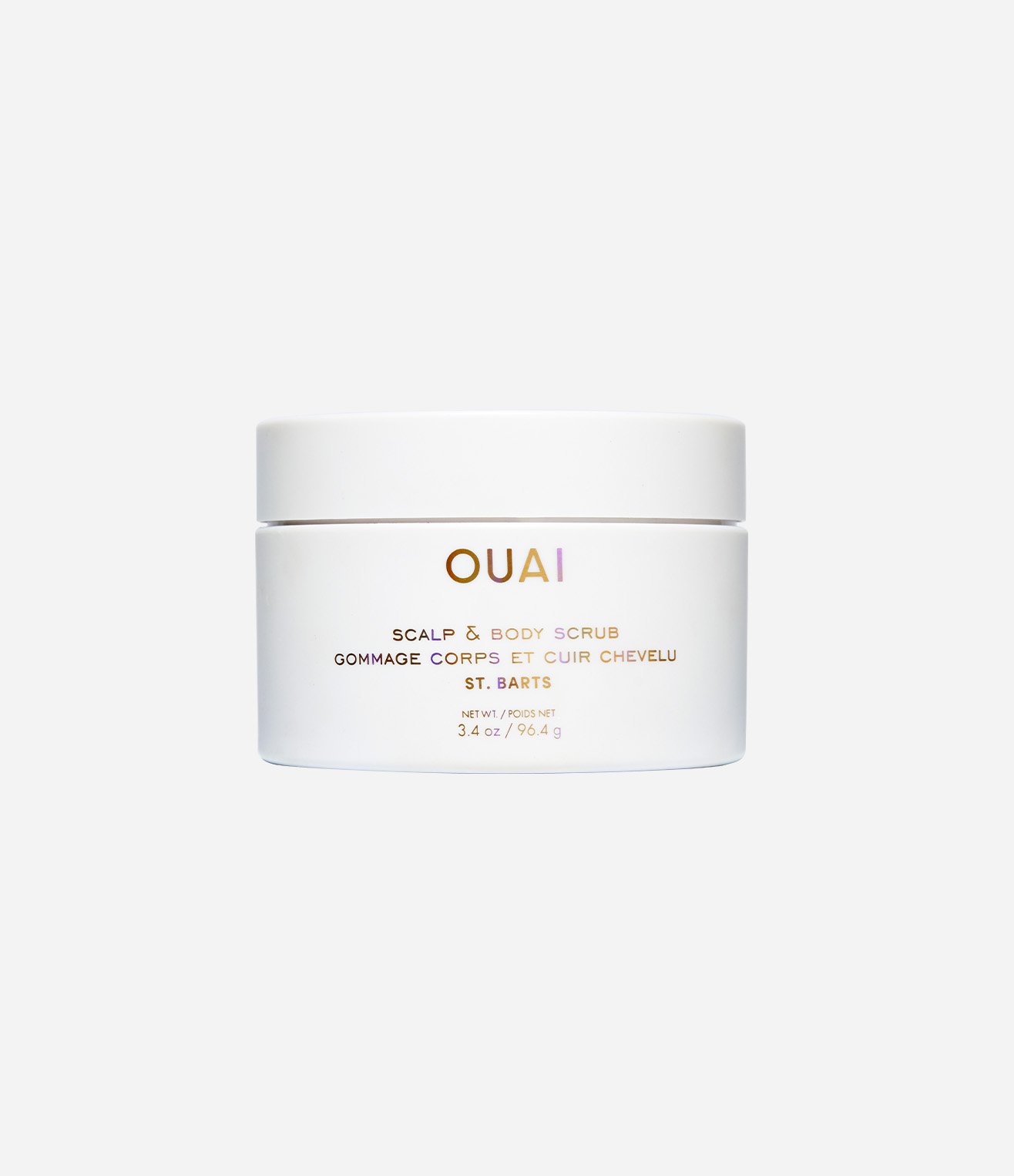
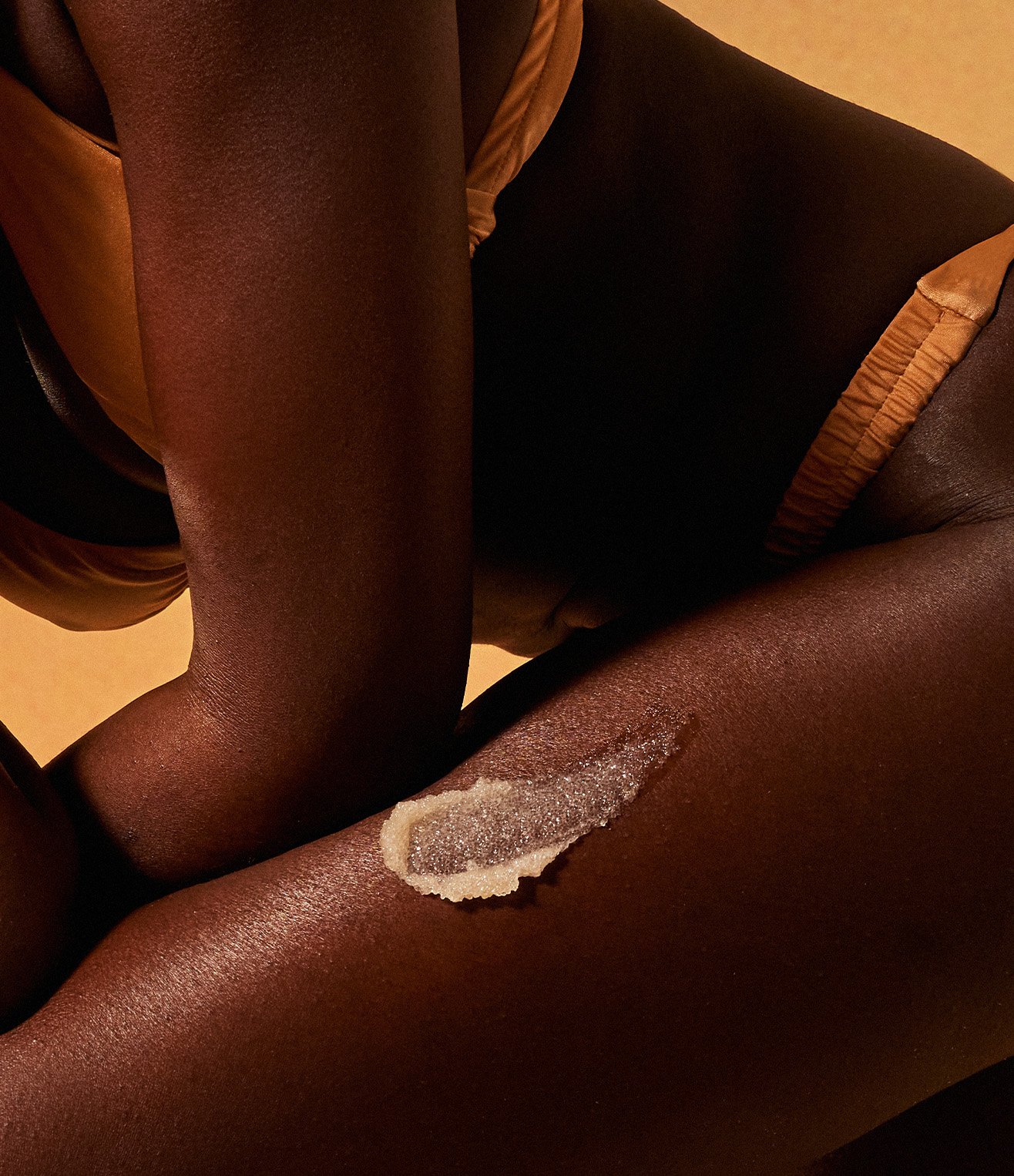
Scalp and Body Scrub Travel - St Barts Scent
$22


Leave In Conditioner Travel
$18


Hair Oil Travel
$18


Wave Spray Travel
$16
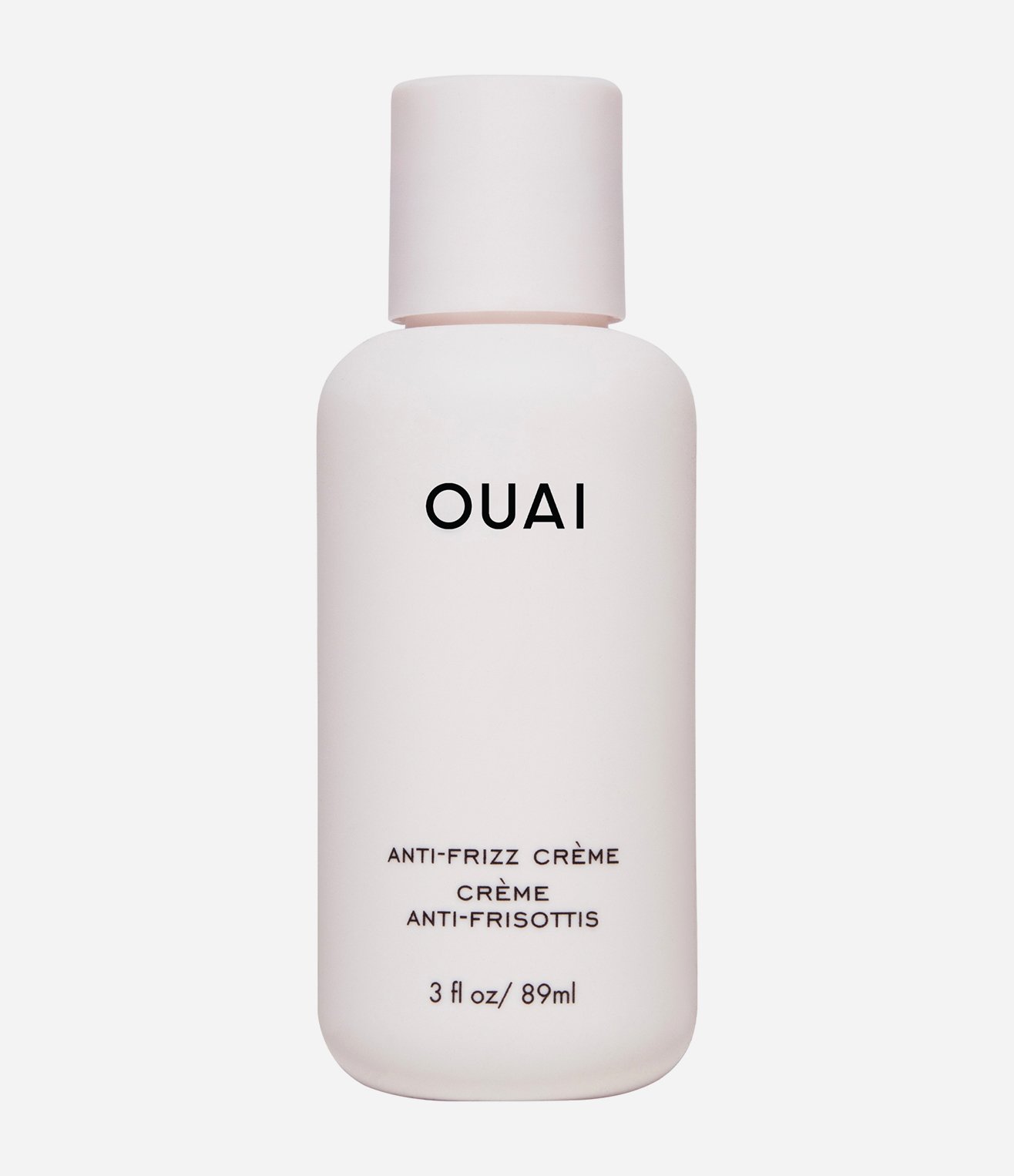
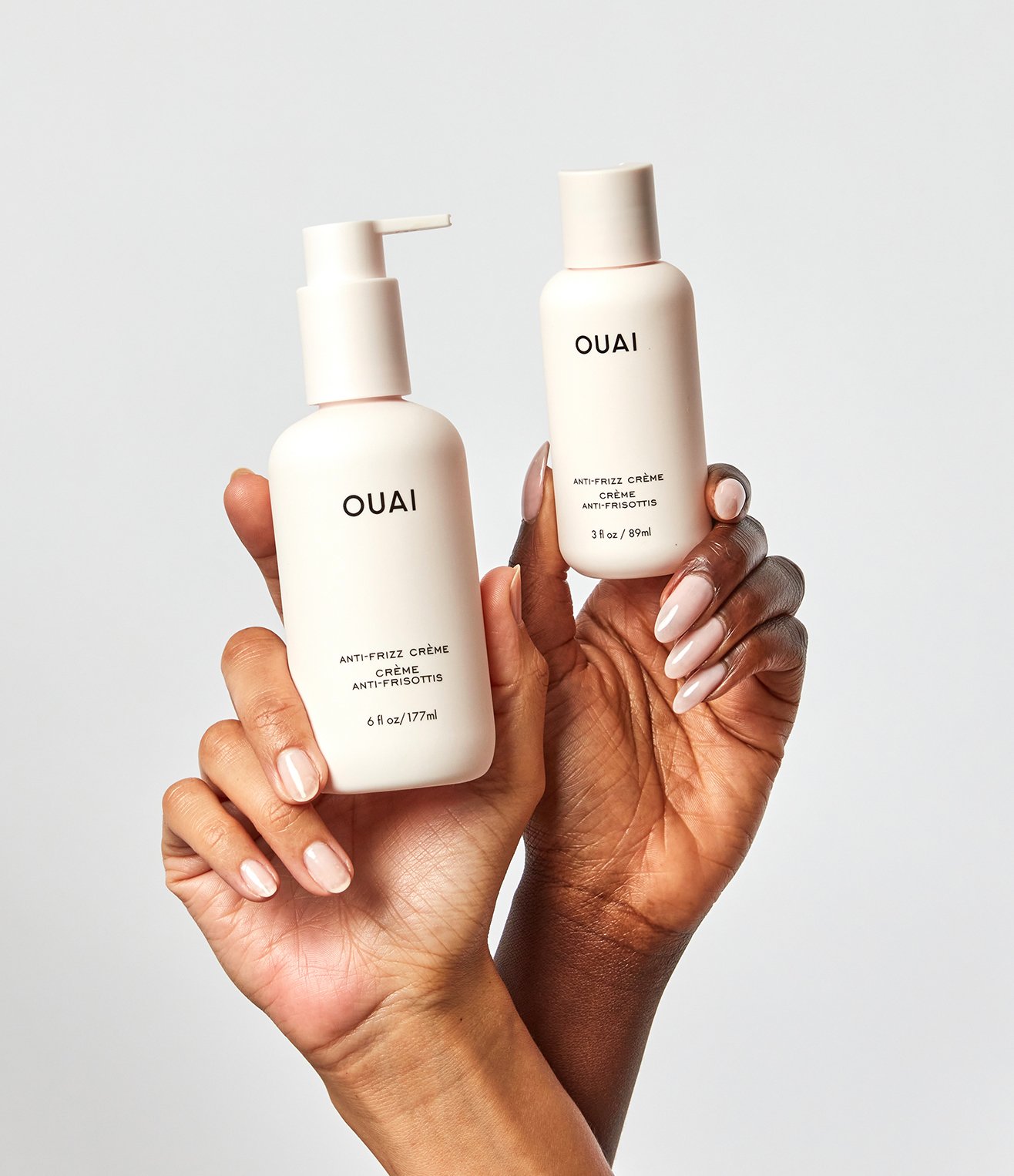
Anti Frizz Crème Travel
$16


WANNA GET A-OUAI KIT
$36 Regular price $44


Deodorant - St. Barts Scent
$22


Deodorant - Melrose Place
$22


Deodorant - Cape Town
$22


Leave In Conditioner
2 Sizes / $32



Detox Shampoo
2 Sizes / $34

.jpeg?v=1688177409143&options=w_{width})
Fine Hair Shampoo
$32

.jpeg?v=1688177439232&options=w_{width})
Fine Hair Conditioner
$32


Hair Oil
2 Sizes / $32

.jpeg?v=1688177567437&options=w_{width})
Medium Hair Conditioner
$32


Medium Hair Shampoo
$32


Scalp Serum
$54


Thick Hair Conditioner
$32


Fine To Medium Hair Treatment Masque
$38
.jpeg?v=1685641143106&options=w_{width})
.jpeg?v=1688177317579&options=w_{width})
Scalp & Body Scrub
$42

.jpeg?v=1688177616065&options=w_{width})
Thick Hair Shampoo
$32


Air Dry Foam
$28


Body Crème - St. Barts Scent
$40
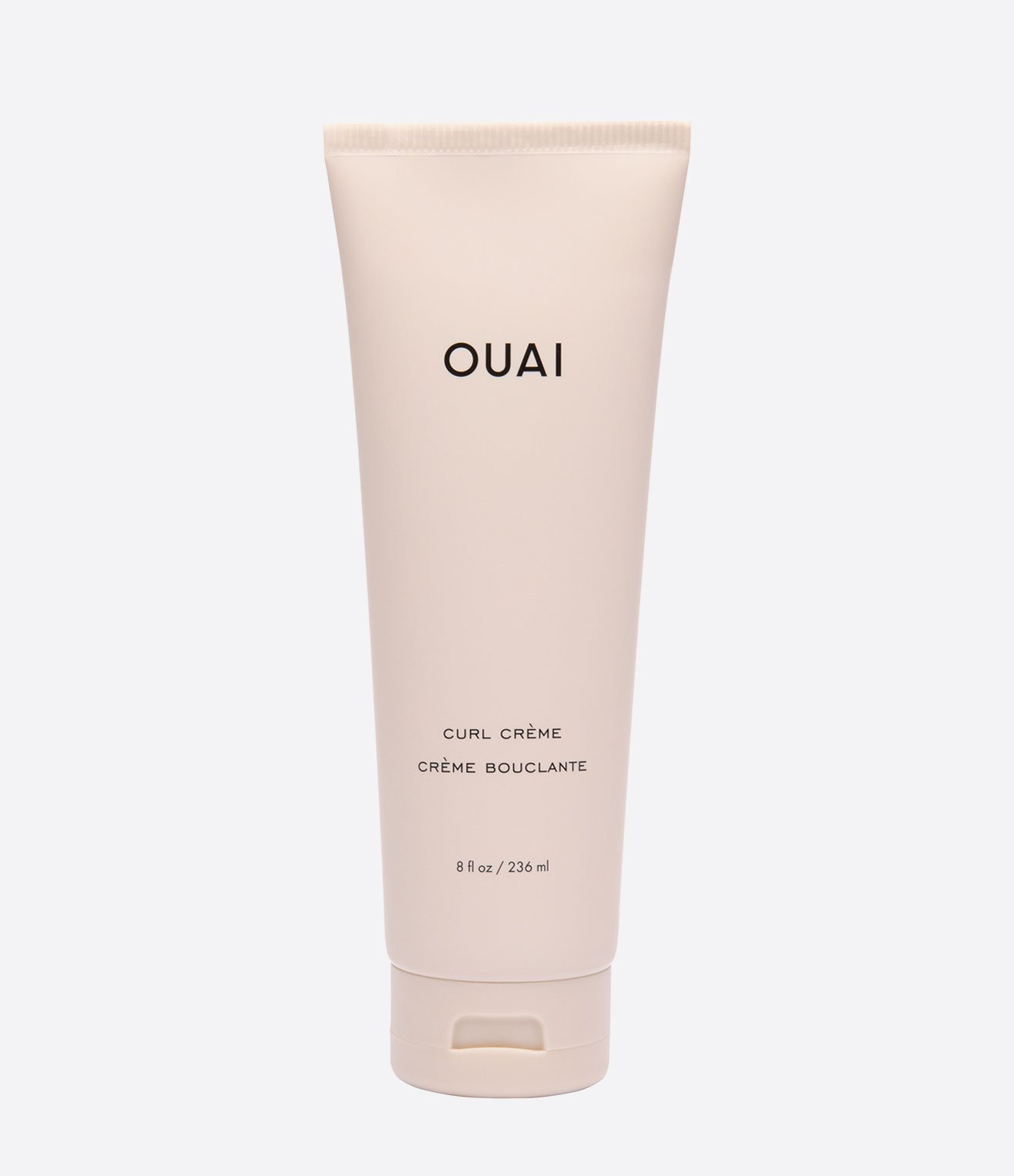

Curl Crème
$32


Body Cleanser - St. Barts Scent
$28

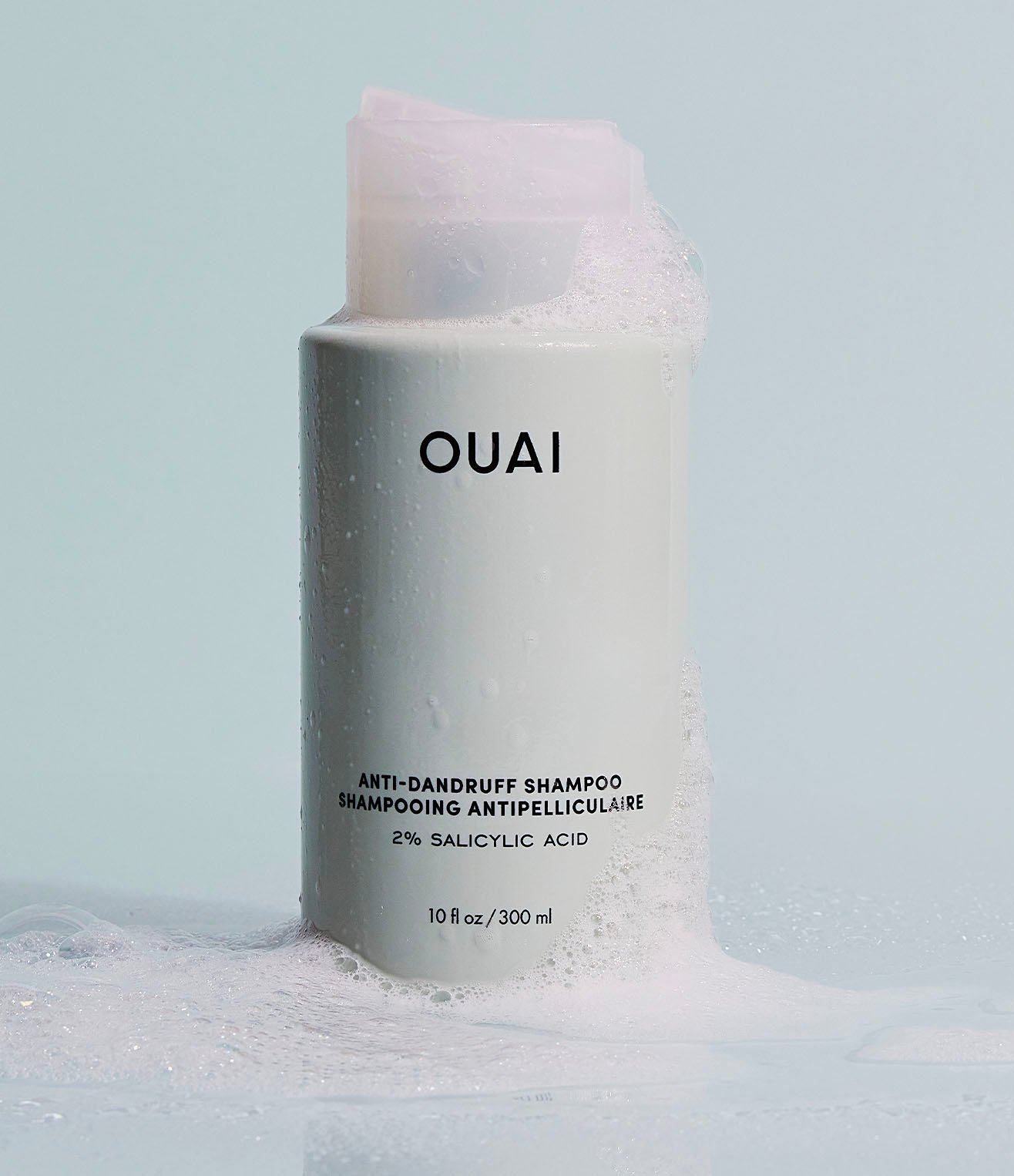
Anti-Dandruff Shampoo
$38


Fine Hair Shampoo Refill Pouch
$64


Scalp & Body Scrub - St. Barts Scent
$42


Fine Hair Conditioner Refill Pouch
$64


Medium Hair Conditioner Refill Pouch
$64


Hand Wash
$32


Medium Hair Shampoo Refill Pouch
$64
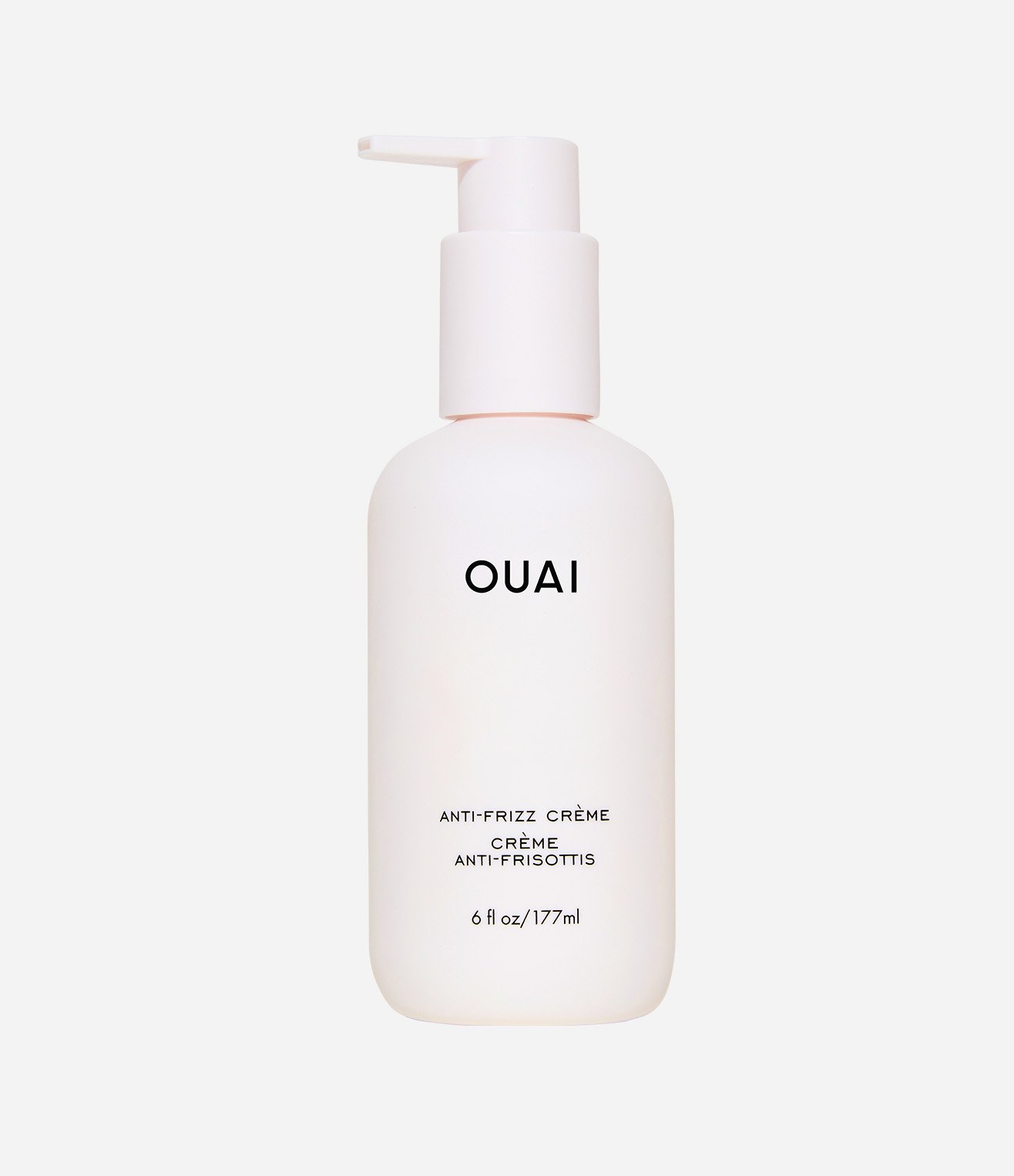

Anti-Frizz Crème
2 Sizes / $30


Thick Hair Treatment Masque
$38


Body Cleanser Dean Street
$28


Detox Shampoo Refill Pouch
$68


Thick Hair Conditioner Refill Pouch
$64

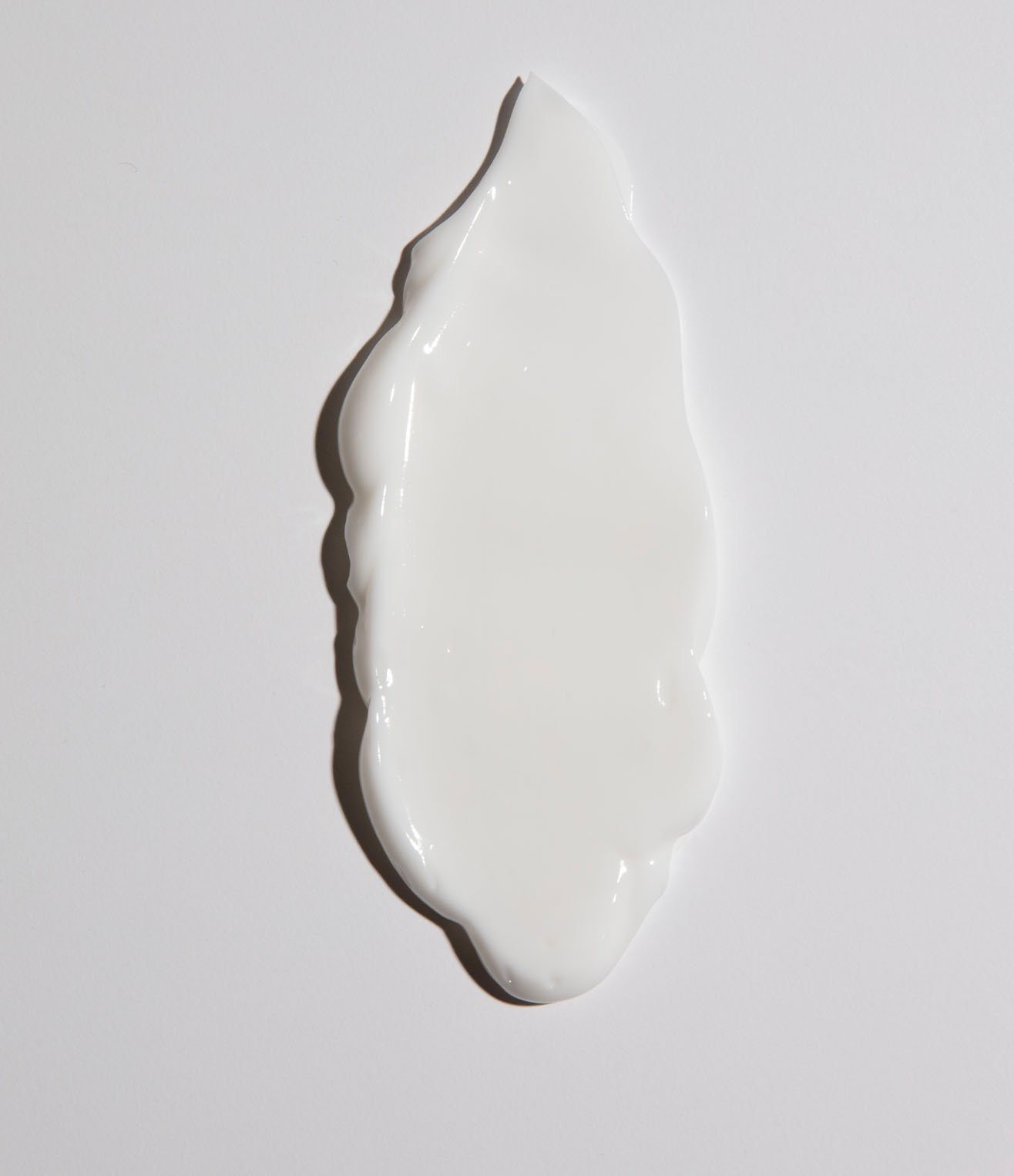
Hand Lotion
$32
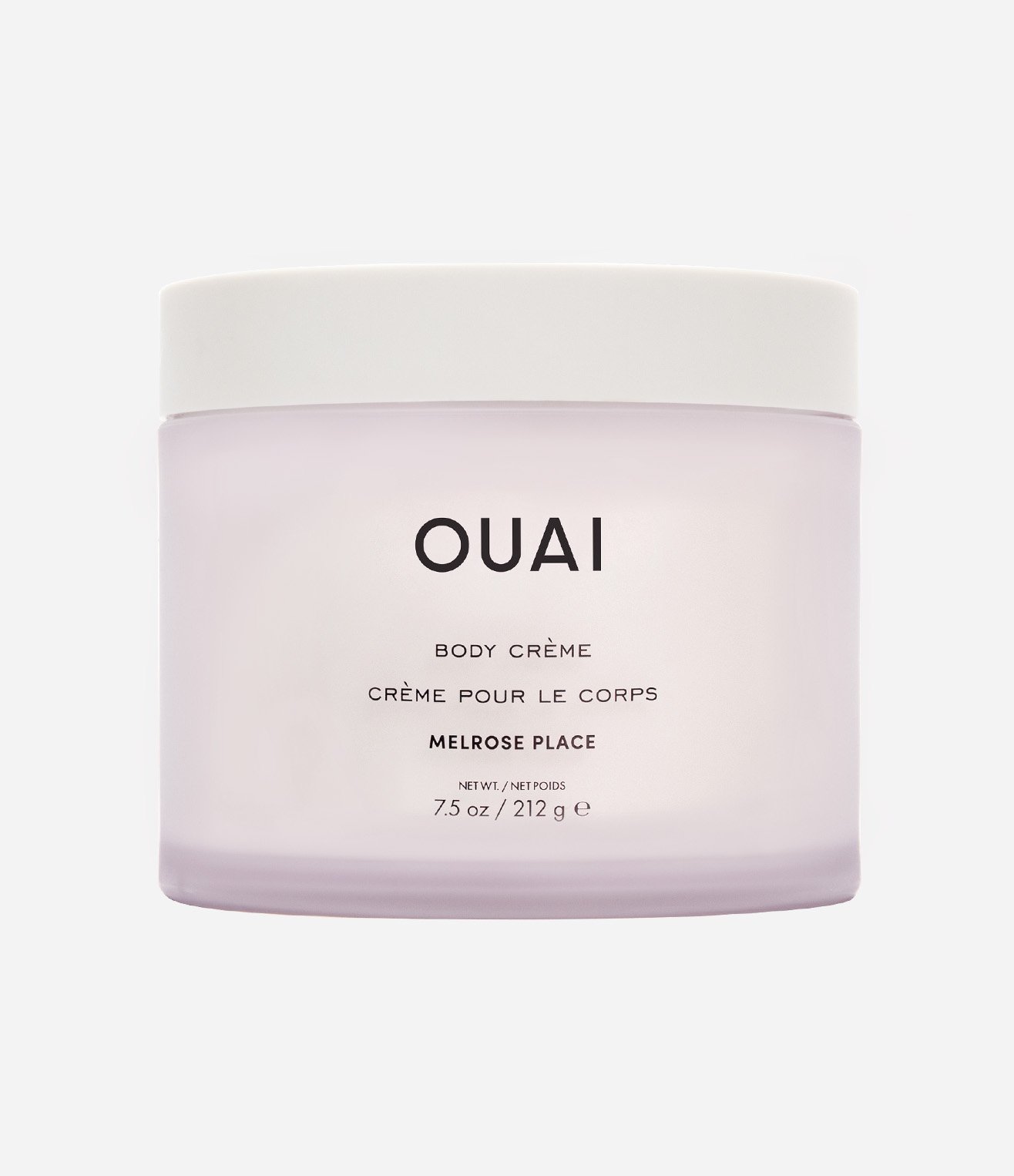
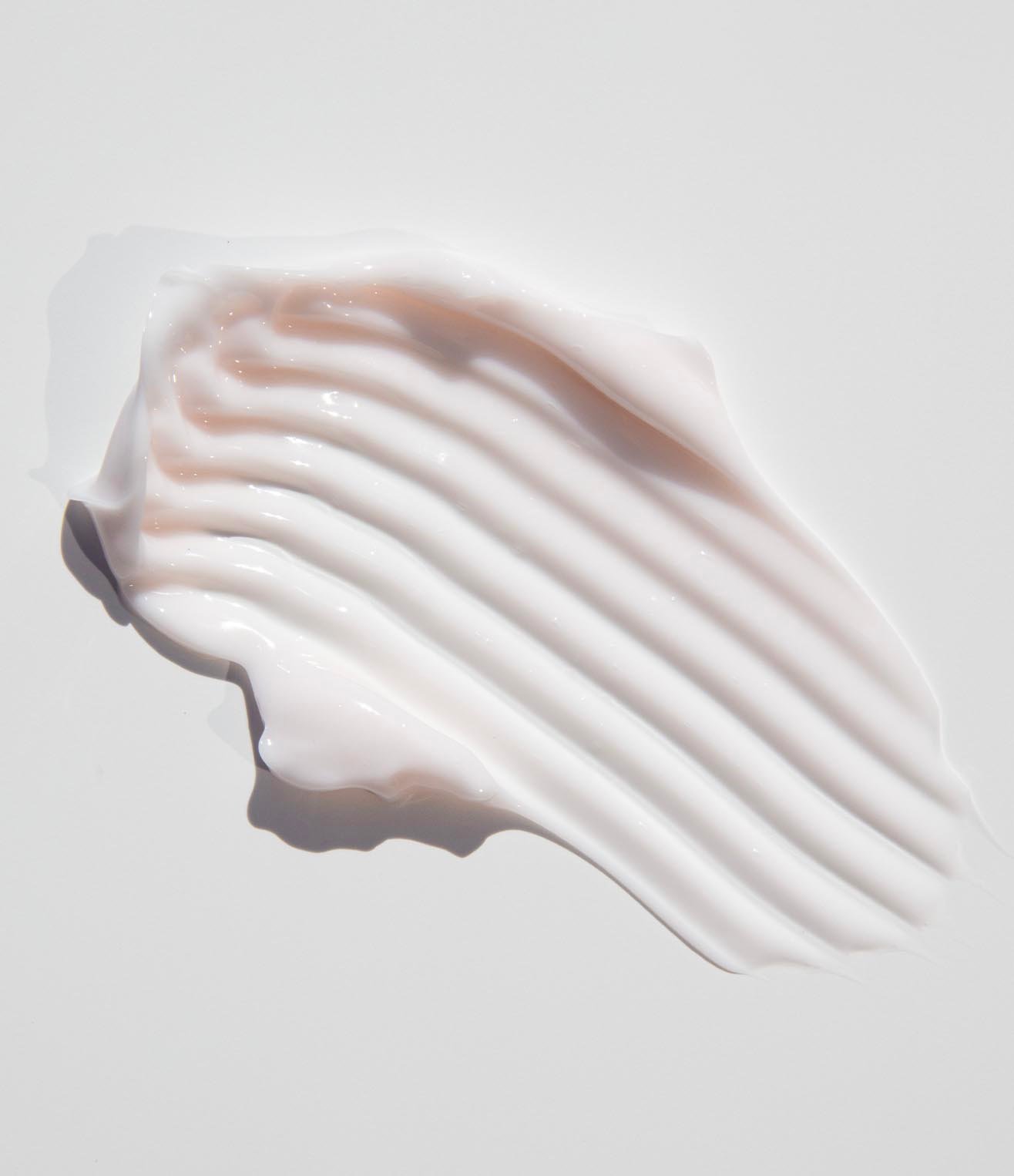
Melrose Place Body Crème
$40

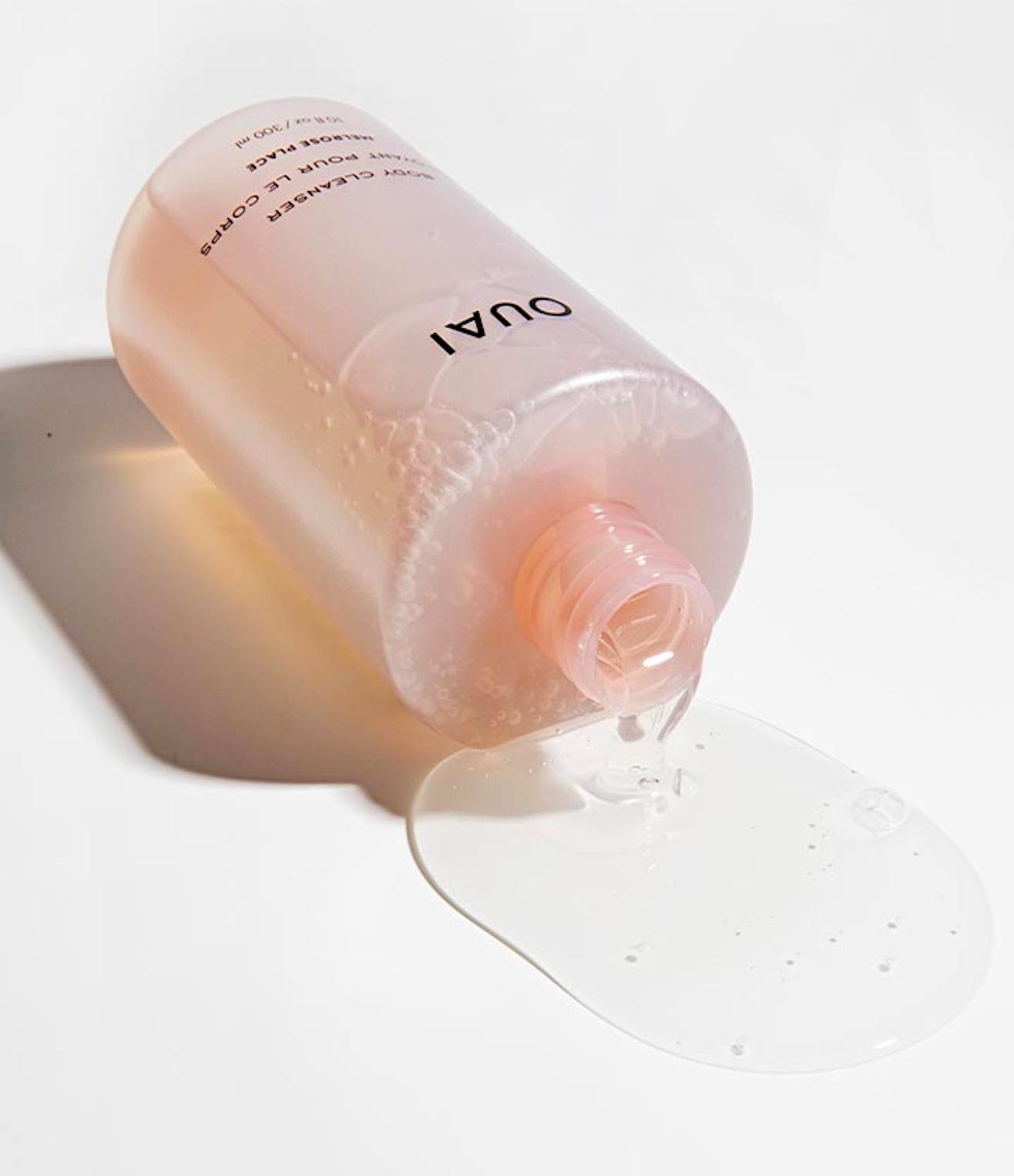
Melrose Place Body Cleanser
$28


Fur Bébé
$32

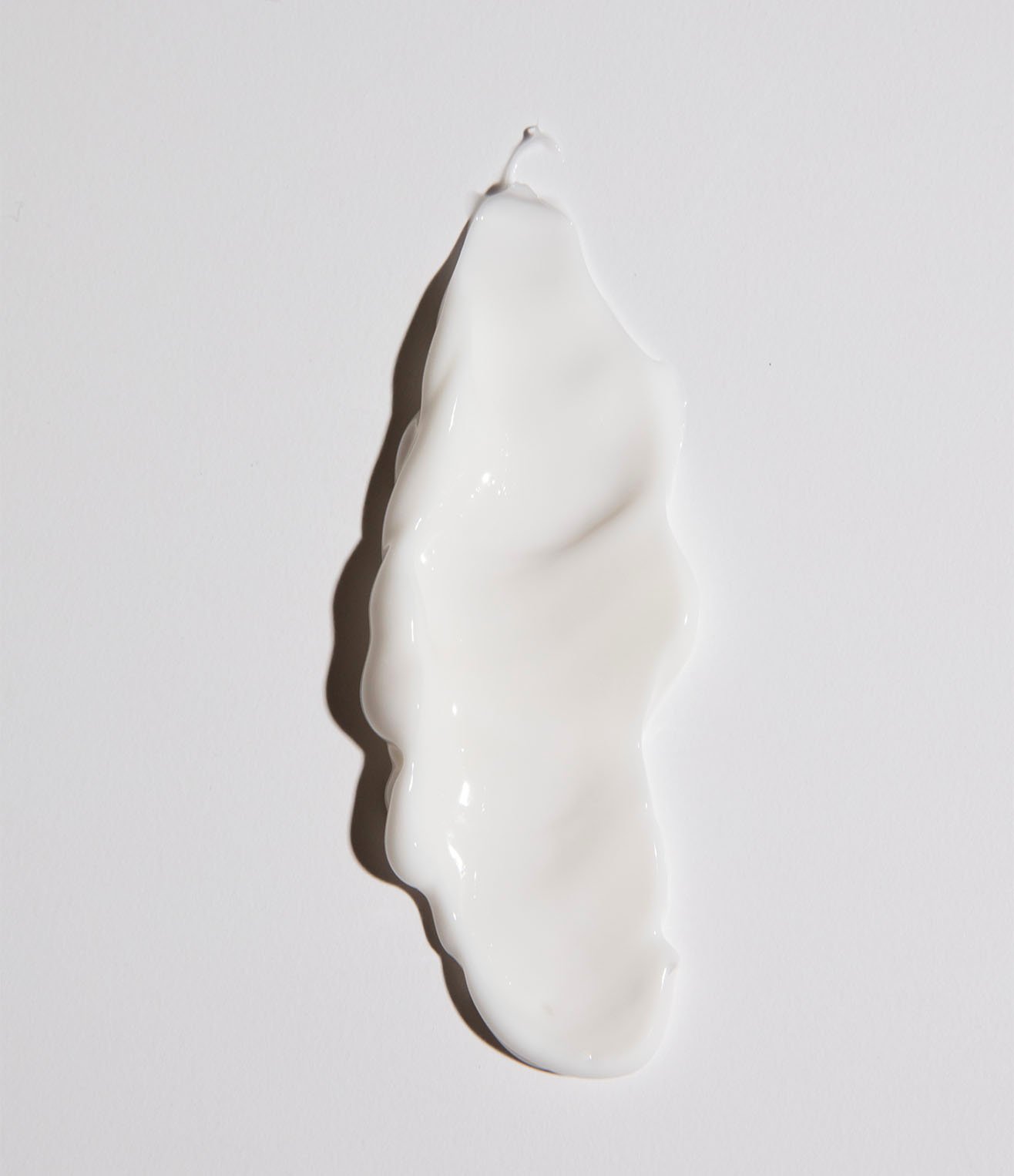
Hand Crème
$24

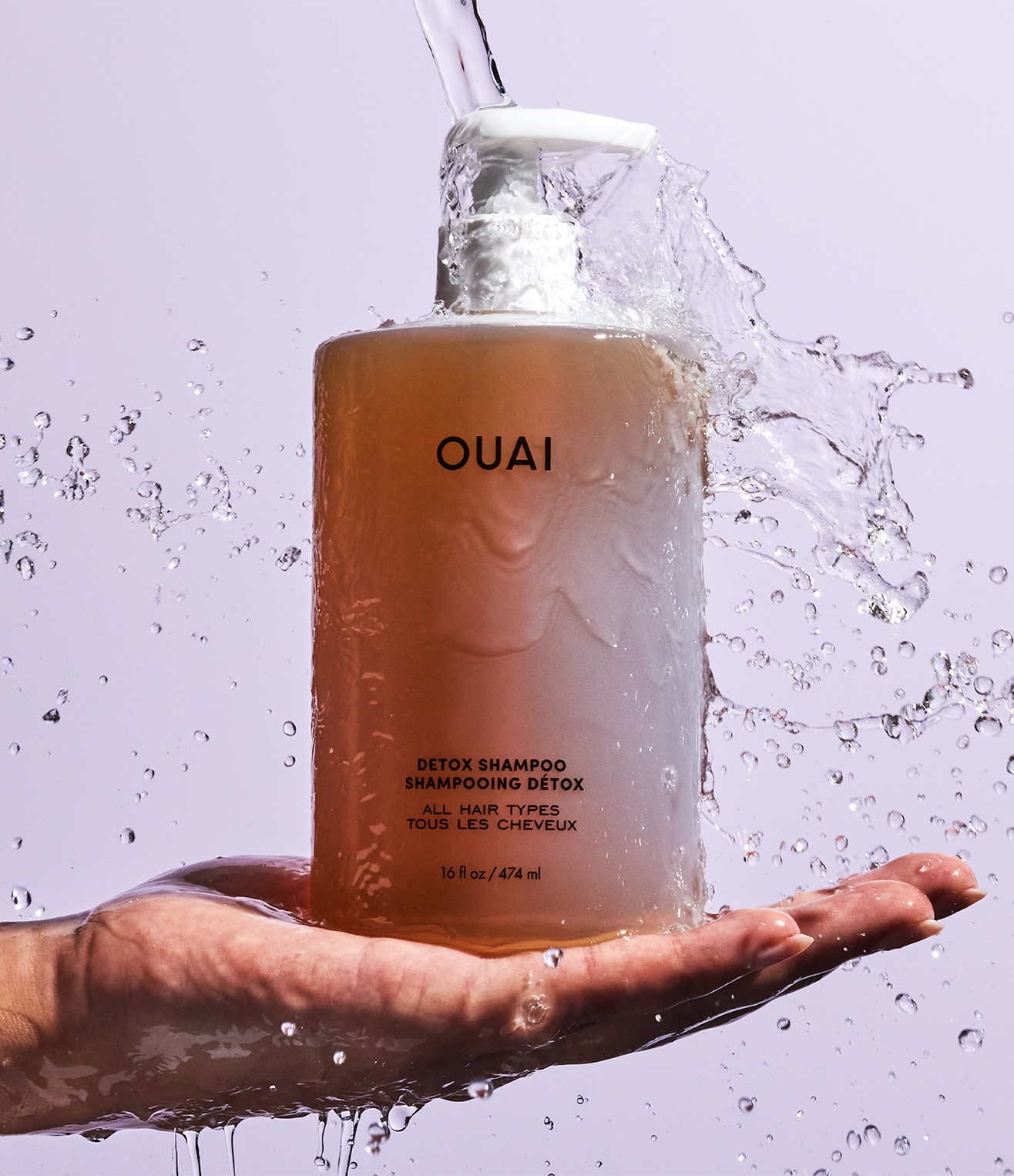
Detox Shampoo Jumbo
$44


Hand Lotion Refill Pouch
$48



Detox Shampoo
2 Sizes / $34

.jpeg?v=1688177409143&options=w_{width})
Fine Hair Shampoo
$32

.jpeg?v=1688177439232&options=w_{width})
Fine Hair Conditioner
$32


Leave In Conditioner
2 Sizes / $32


Detox Shampoo Jumbo
$44


Leave In Conditioner - St. Barts Scent
$32


Fur Bébé
$32


Medium Hair Shampoo
$32

.jpeg?v=1688177567437&options=w_{width})
Medium Hair Conditioner
$32

.jpeg?v=1688177616065&options=w_{width})
Thick Hair Shampoo
$32


Thick Hair Conditioner
$32


Anti-Dandruff Shampoo
$38


Detox Shampoo Travel
$16


Fine Hair Shampoo Travel
$16


Fine Hair Conditioner Travel
$16


Medium Hair Shampoo Travel
$16


Medium Hair Conditioner Travel
$16


Thick Hair Shampoo Travel
$16


Thick Hair Conditioner Travel
$16


Detox Shampoo Refill Pouch
$68


Fine Hair Shampoo Refill Pouch
$64


Fine Hair Conditioner Refill Pouch
$64


Medium Hair Shampoo Refill Pouch
$64


Medium Hair Conditioner Refill Pouch
$64


Thick Hair Shampoo Refill Pouch
$64


Thick Hair Conditioner Refill Pouch
$64


Medium Hair Shampoo & Conditioner
$64


Fine Hair Shampoo and Conditioner
$64


Fine Hair Travel Kit
$46 Regular price $62


Medium Hair Travel Kit
$46 Regular price $62


Thick Hair Travel Kit
$46 Regular price $62


Scalp Serum
$54



Detox Shampoo
2 Sizes / $34


Leave In Conditioner
2 Sizes / $32


Leave In Conditioner - St. Barts Scent
$32


Fine To Medium Hair Treatment Masque
$38


Thick Hair Treatment Masque
$38


Anti-Frizz Crème
2 Sizes / $30
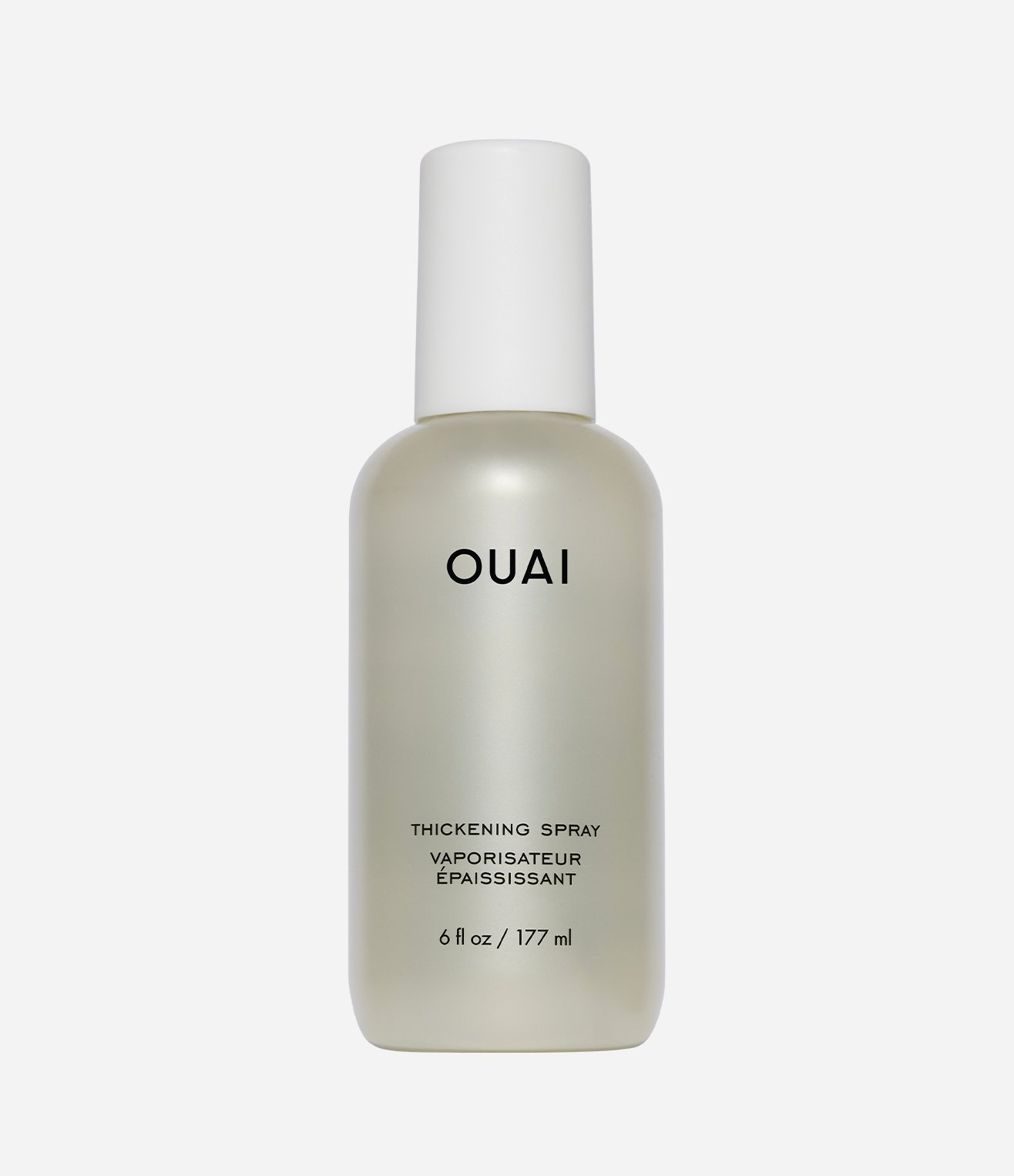
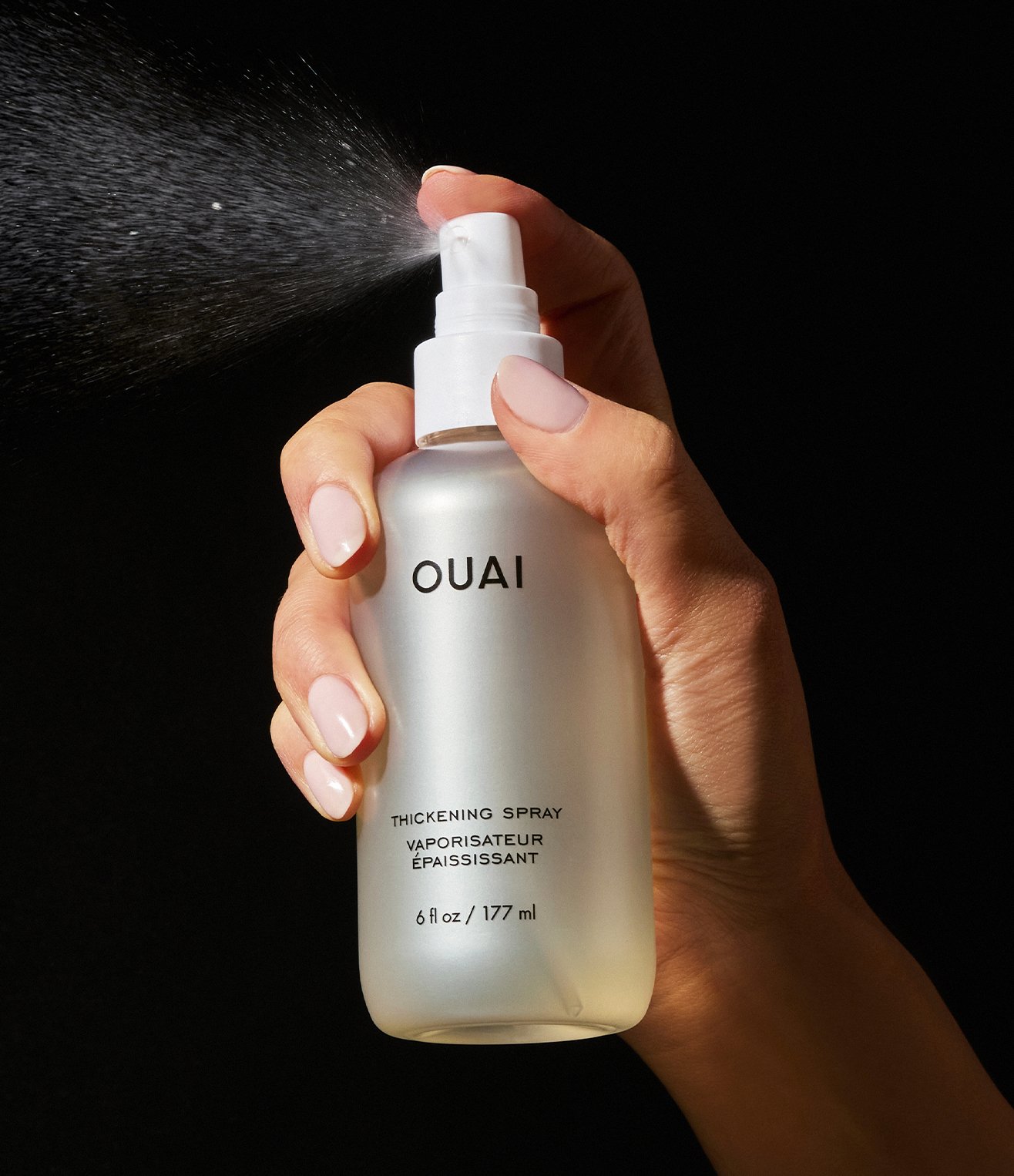
Thickening Spray
$30


Hair Oil
2 Sizes / $32
.jpeg?v=1685641143106&options=w_{width})
.jpeg?v=1688177317579&options=w_{width})
Scalp & Body Scrub
$42


Scalp & Body Scrub - St. Barts Scent
$42


Detox Shampoo Jumbo
$44


DROP OUAI EVERY DAY KIT (90-DAY SUPPLY)
$105 Regular price $162


Anti-Dandruff Shampoo
$38

.jpeg?v=1688177439232&options=w_{width})
Fine Hair Conditioner
$32


Thick Hair Conditioner
$32

.jpeg?v=1688177567437&options=w_{width})
Medium Hair Conditioner
$32


Fine Hair Conditioner Refill Pouch
$64


Medium Hair Conditioner Refill Pouch
$64


Thick Hair Conditioner Refill Pouch
$64


Scalp and Body Scrub Travel
$22


Anti Frizz Crème Travel
$16


Scalp and Body Scrub Travel - St Barts Scent
$22


Fine to Medium Hair Treatment Masque Travel
$22


Thick Hair Treatment Masque Travel
$22


OUAI Better Together Kit
$56 Regular price $66


Super Dry Shampoo - Melrose Place
2 Sizes / $30


Super Dry Shampoo - Cape Town
2 Sizes / $30

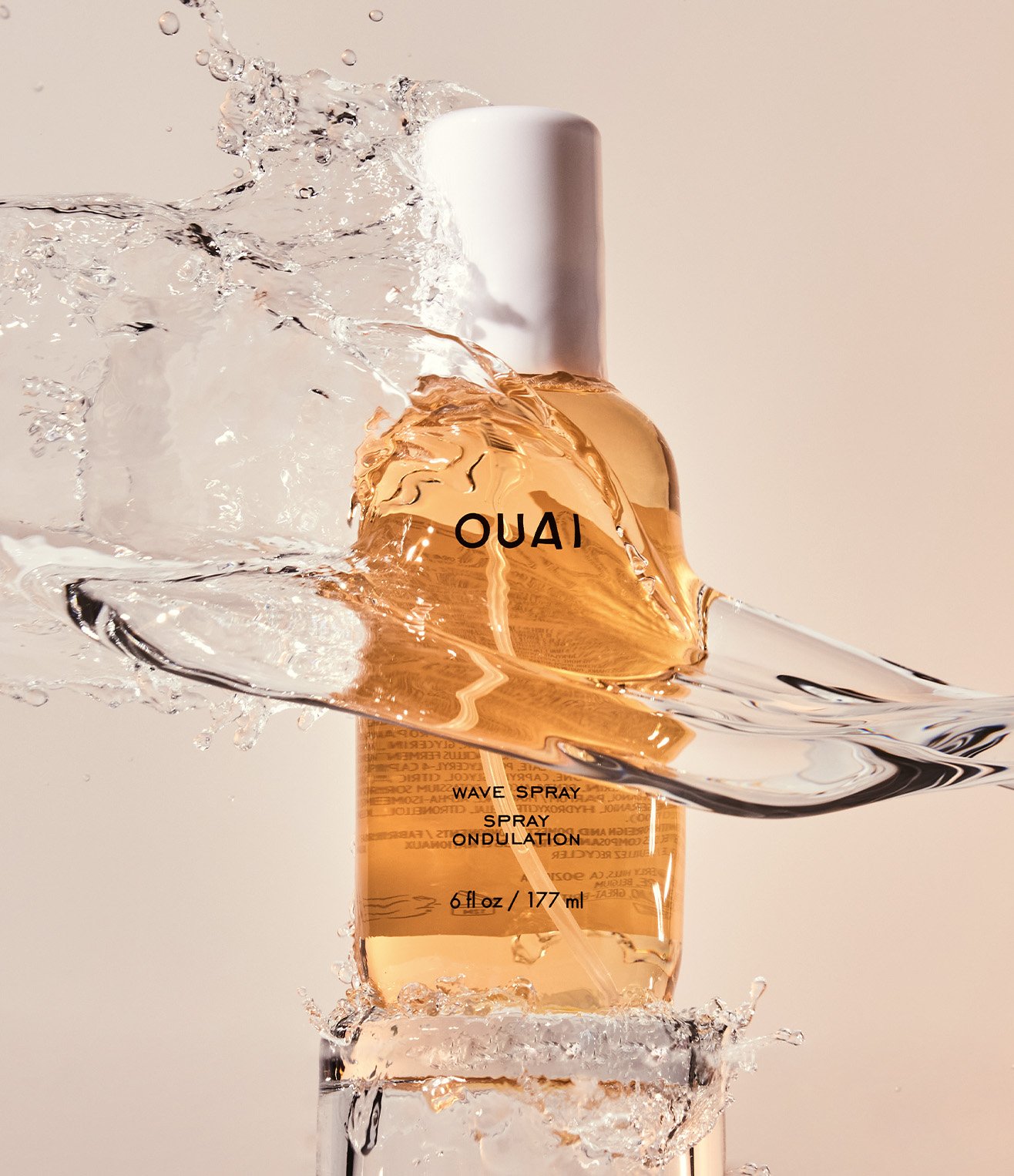
Wave Spray
2 Sizes / $30


Curl Crème
$32


Leave In Conditioner
2 Sizes / $32


Leave In Conditioner - St. Barts Scent
$32


Hair Oil
2 Sizes / $32


Anti-Frizz Crème
2 Sizes / $30


Thickening Spray
$30


Super Dry Shampoo Travel - Melrose Place
$16


Super Dry Shampoo Travel - Cape Town
$16


Leave In Conditioner Travel
$18


Wave Spray Travel
$16


Hair Oil Travel
$18


Air Dry Foam
$28


Fine Hair Shampoo Refill Pouch
$64


Fine Hair Conditioner Refill Pouch
$64


Medium Hair Conditioner Refill Pouch
$64


Medium Hair Shampoo Refill Pouch
$64


Detox Shampoo Refill Pouch
$68


Thick Hair Conditioner Refill Pouch
$64


Thick Hair Shampoo Refill Pouch
$64


Hand Lotion Refill Pouch
$48



Detox Shampoo
2 Sizes / $34

.jpeg?v=1688177409143&options=w_{width})
Fine Hair Shampoo
$32

.jpeg?v=1688177439232&options=w_{width})
Fine Hair Conditioner
$32


Leave In Conditioner
2 Sizes / $32


Super Dry Shampoo - Melrose Place
2 Sizes / $30


Scalp Serum
$54


Hair and Body Mist - St. Barts Scent
2 Sizes / $28


Detox Shampoo Jumbo
$44


Leave In Conditioner - St. Barts Scent
$32


Hair Oil
2 Sizes / $32


Medium Hair Shampoo
$32

.jpeg?v=1688177567437&options=w_{width})
Medium Hair Conditioner
$32


Wave Spray
2 Sizes / $30


Super Dry Shampoo - Cape Town
2 Sizes / $30


Thickening Spray
$30


Anti-Frizz Crème
2 Sizes / $30


Hair and Body Mist Travel - St. Barts Scent
$28


Thick Hair Conditioner
$32


Fine To Medium Hair Treatment Masque
$38
.jpeg?v=1685641143106&options=w_{width})
.jpeg?v=1688177317579&options=w_{width})
Scalp & Body Scrub
$42

.jpeg?v=1688177616065&options=w_{width})
Thick Hair Shampoo
$32


Curl Crème
$32


Detox Shampoo Refill Pouch
$68


Fine Hair Shampoo Refill Pouch
$64


Scalp & Body Scrub - St. Barts Scent
$42


Fine Hair Conditioner Refill Pouch
$64


Medium Hair Conditioner Refill Pouch
$64


Medium Hair Shampoo Refill Pouch
$64


Anti-Dandruff Shampoo
$38


Thick Hair Treatment Masque
$38


Thick Hair Conditioner Refill Pouch
$64


Thick Hair Shampoo Refill Pouch
$64


Detox Shampoo Travel
$16


Hair Oil Travel
$18


Fine Hair Shampoo Travel
$16


Fine Hair Travel Kit
$46 Regular price $62


Medium Hair Travel Kit
$46 Regular price $62


Thick Hair Travel Kit
$46 Regular price $62


OUAI Better Together Kit
$56 Regular price $66


Leave In Conditioner Travel
$18


Fine Hair Conditioner Travel
$16


Fine to Medium Hair Treatment Masque Travel
$22


Medium Hair Conditioner Travel
$16


Medium Hair Shampoo Travel
$16


Anti Frizz Crème Travel
$16


Wave Spray Travel
$16


Thick Hair Conditioner Travel
$16


Thick Hair Shampoo Travel
$16


Super Dry Shampoo Travel - Melrose Place
$16


Thick Hair Treatment Masque Travel
$22


Body Cleanser - St. Barts Scent
$28


Scalp & Body Scrub - St. Barts Scent
$42


Melrose Place Body Cleanser
$28
.jpeg?v=1685641143106&options=w_{width})
.jpeg?v=1688177317579&options=w_{width})
Scalp & Body Scrub
$42


Body Cleanser Dean Street
$28
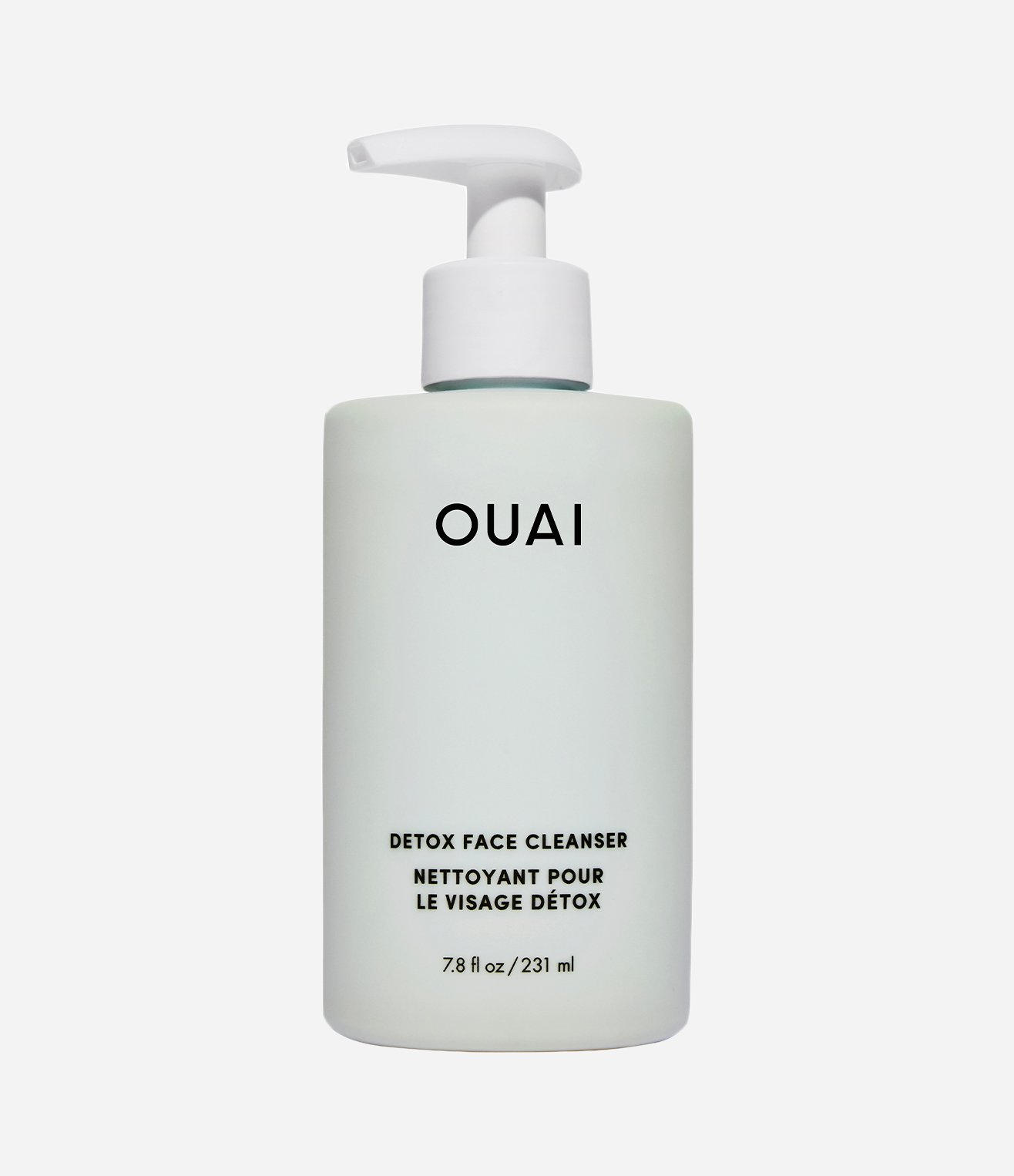
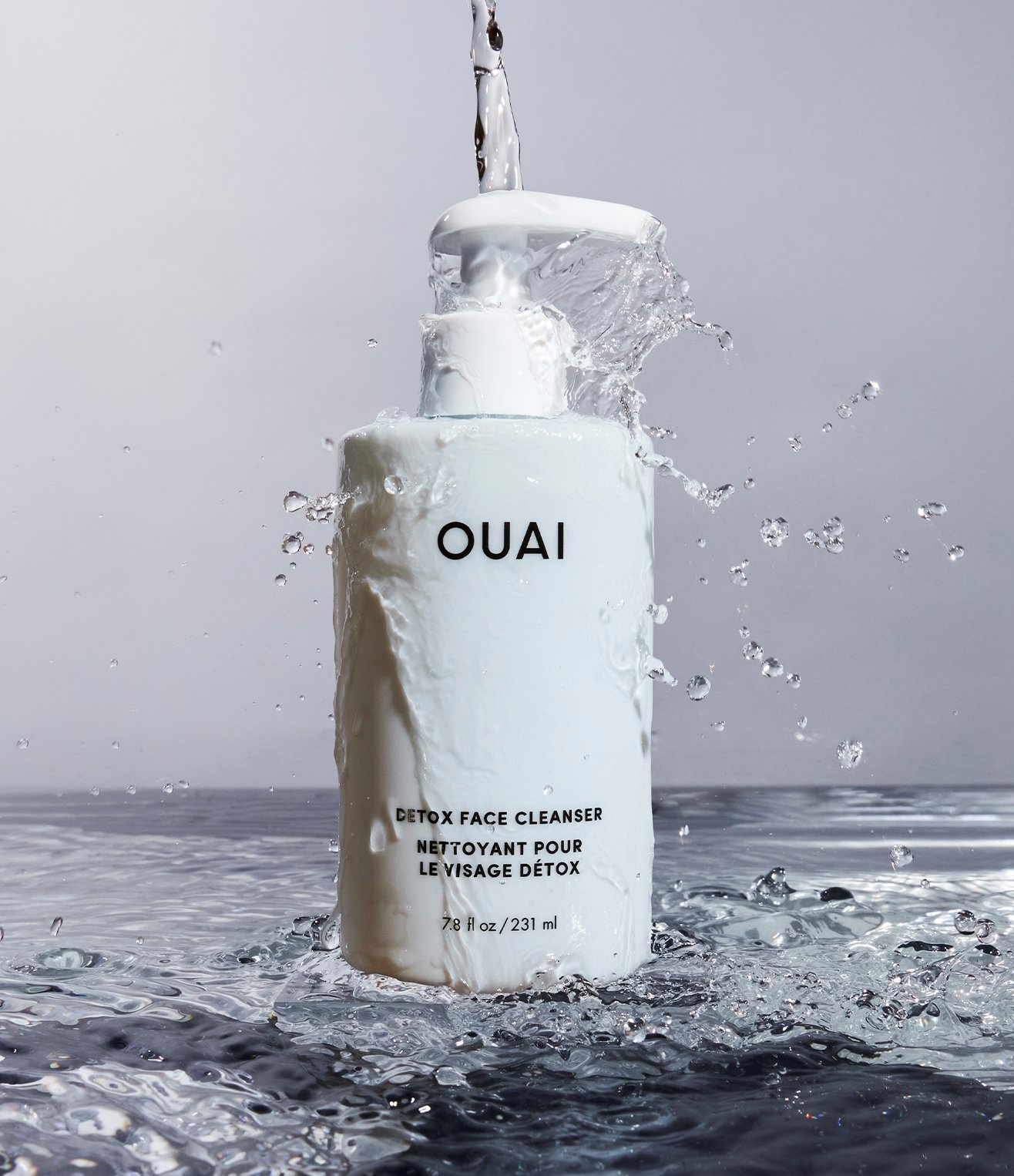
Detox Face Cleanser
$30


Hand Wash
$32


Body Cleanser Travel - St. Barts Scent
$14


Scalp and Body Scrub Travel - St Barts Scent
$22


Melrose Place Body Cleanser Travel
$14


Scalp and Body Scrub Travel
$22


Body Crème - St. Barts Scent
$40


Melrose Place Body Crème
$40


Hand Crème
$24


Hand Lotion
$32


Hand Lotion Refill Pouch
$48


Melrose Place Body Crème Travel
$22


Body Crème Travel - St. Barts Scent
$22


Hair & Body Fragrance Mist - Ibiza
$28


Hair & Body Fragrance Mist - Santorini
$28


Hair and Body Mist - St. Barts Scent
2 Sizes / $28


Dean Street Eau de Parfum
$64


Rue St Honoré Eau de Parfum
$64
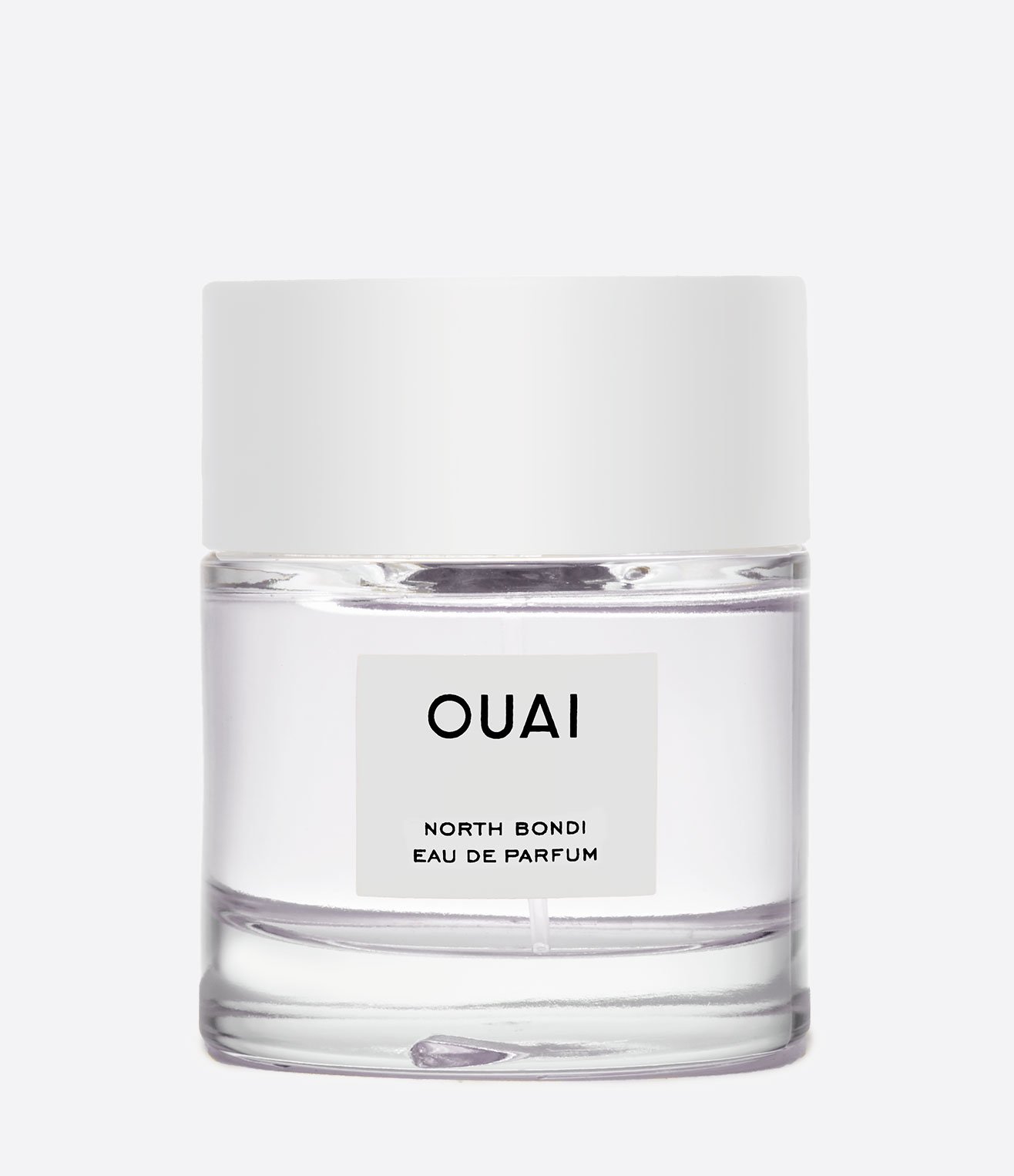

North Bondi Eau de Parfum
2 Sizes / $64


Melrose Place Eau de Parfum
2 Sizes / $64


Hair and Body Mist Travel - St. Barts Scent
$28

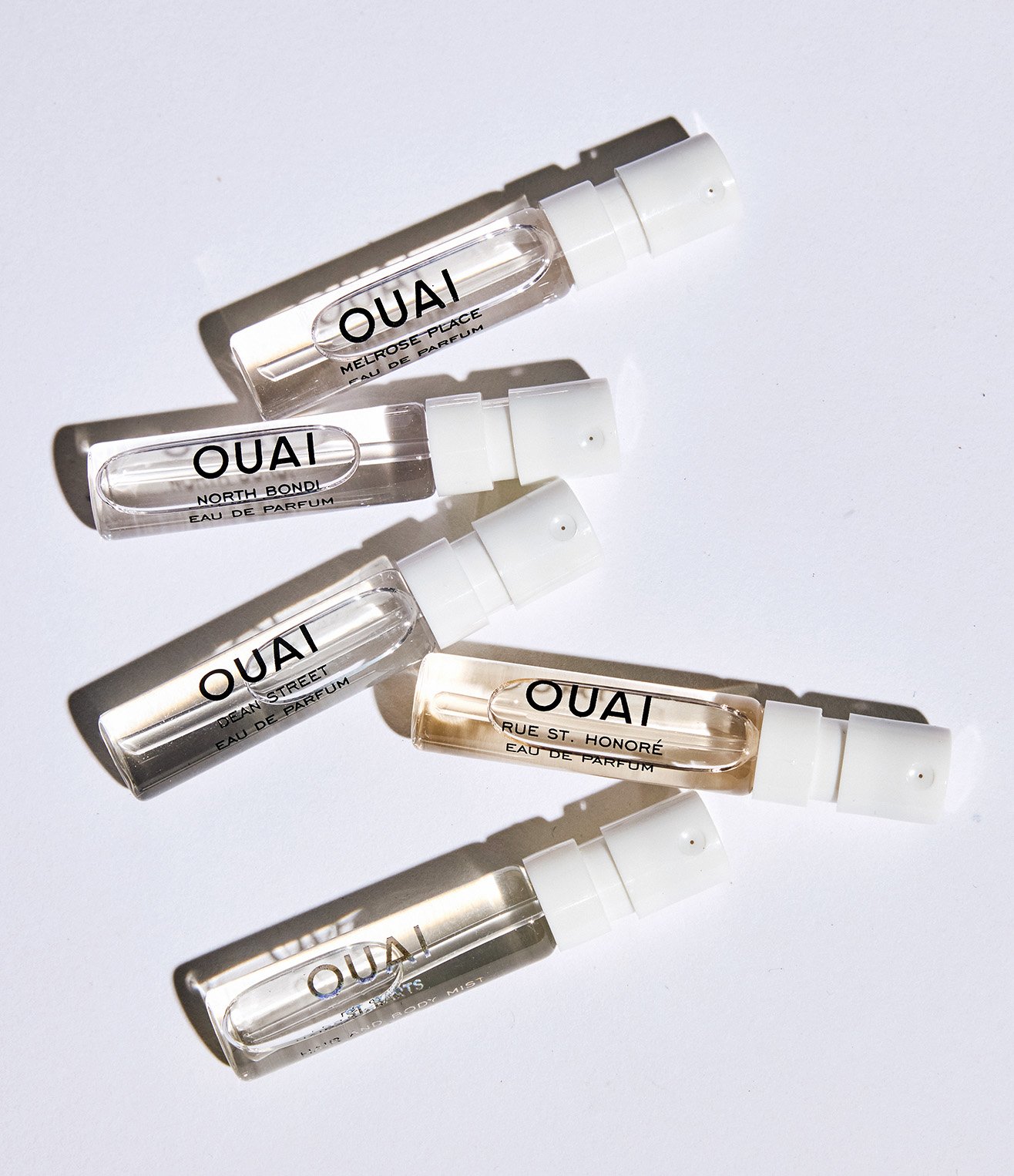
OUAI Makes Scents Discovery Set
$25


Fine Hair Shampoo Refill Pouch
$64


Fine Hair Conditioner Refill Pouch
$64


Medium Hair Conditioner Refill Pouch
$64


Medium Hair Shampoo Refill Pouch
$64


Detox Shampoo Refill Pouch
$68


Thick Hair Conditioner Refill Pouch
$64


Thick Hair Shampoo Refill Pouch
$64


Hand Lotion Refill Pouch
$48


Body Cleanser - St. Barts Scent
$28


Deodorant - St. Barts Scent
$22


Hair and Body Mist - St. Barts Scent
2 Sizes / $28


Hair and Body Mist Travel - St. Barts Scent
$28


Body Crème - St. Barts Scent
$40


Scalp & Body Scrub - St. Barts Scent
$42
.jpeg?v=1685641143106&options=w_{width})
.jpeg?v=1688177317579&options=w_{width})
Scalp & Body Scrub
$42


Deodorant - Melrose Place
$22


Melrose Place Body Cleanser
$28


Melrose Place Body Crème
$40


Deodorant - Cape Town
$22


Detox Face Cleanser
$30


Body Cleanser Dean Street
$28


Hand Lotion
$32


Hand Wash
$32


Hand Crème
$24


Hand Lotion Refill Pouch
$48


WANNA GET A-OUAI KIT
$36 Regular price $44


Body Crème Travel - St. Barts Scent
$22


Body Cleanser Travel - St. Barts Scent
$14


St Barts Travel Kit
$73 Regular price $86


Merry On Melrose Place Kit
$38 Regular price $52


Melrose Place Body Cleanser Travel
$14


Melrose Place Body Crème Travel
$22


Scalp and Body Scrub Travel
$22


Scalp and Body Scrub Travel - St Barts Scent
$22


Body Cleanser - St. Barts Scent
$28


Hair and Body Mist - St. Barts Scent
2 Sizes / $28


Deodorant - St. Barts Scent
$22


Leave In Conditioner - St. Barts Scent
$32


Scalp & Body Scrub - St. Barts Scent
$42


Body Crème - St. Barts Scent
$40


WANNA GET A-OUAI KIT
$36 Regular price $44


St Barts Travel Kit
$73 Regular price $86


Hair and Body Mist Travel - St. Barts Scent
$28


Body Crème Travel - St. Barts Scent
$22


Scalp and Body Scrub Travel - St Barts Scent
$22


Body Cleanser Travel - St. Barts Scent
$14



Detox Shampoo
2 Sizes / $34


Deodorant - Melrose Place
$22


Super Dry Shampoo - Melrose Place
2 Sizes / $30


Fine To Medium Hair Treatment Masque
$38


Melrose Place Eau de Parfum
2 Sizes / $64


Melrose Place Body Crème
$40


Melrose Place Body Cleanser
$28


Detox Shampoo Jumbo
$44


Detox Shampoo Refill Pouch
$68
.jpeg?v=1685641143106&options=w_{width})
.jpeg?v=1688177317579&options=w_{width})
Scalp & Body Scrub
$42


Thick Hair Treatment Masque
$38


Merry On Melrose Place Kit
$38 Regular price $52


Detox Shampoo Travel
$16


Super Dry Shampoo Travel - Melrose Place
$16


Anti-Frizz Crème
2 Sizes / $30


Leave In Conditioner
2 Sizes / $32


Air Dry Foam
$28


North Bondi Eau de Parfum
2 Sizes / $64


Curl Crème
$32

.jpeg?v=1688177409143&options=w_{width})
Fine Hair Shampoo
$32

.jpeg?v=1688177439232&options=w_{width})
Fine Hair Conditioner
$32


Medium Hair Shampoo
$32

.jpeg?v=1688177567437&options=w_{width})
Medium Hair Conditioner
$32


Thick Hair Conditioner
$32


Fine Hair Shampoo Refill Pouch
$64


Fine Hair Conditioner Refill Pouch
$64


Medium Hair Shampoo Refill Pouch
$64


Medium Hair Conditioner Refill Pouch
$64


Thick Hair Shampoo Refill Pouch
$64


Thick Hair Conditioner Refill Pouch
$64


Hand Wash
$32


Body Cleanser Dean Street
$28


Hand Lotion
$32


Dean Street Eau de Parfum
$64


Hand Lotion Refill Pouch
$48










